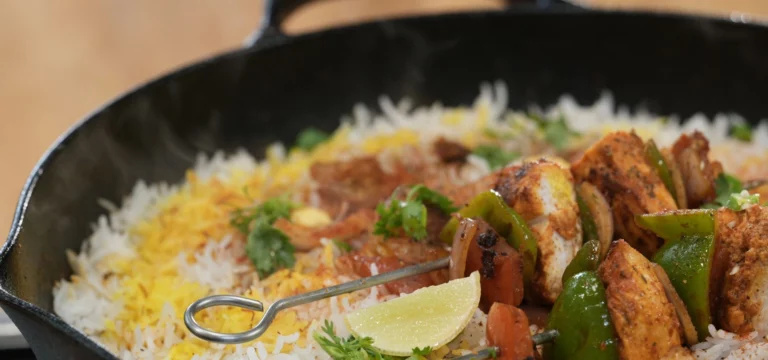
Chicken Tikka Tawa Pulao Recipe
Ingredients: For Chicken Tikka First Marination ½ kg Chicken breast, boneless, cut into medium size, Salt to taste, 1 tsp Ginger Garlic paste, ½ Lemon

Ingredients: For Chicken Tikka First Marination ½ kg Chicken breast, boneless, cut into medium size, Salt to taste, 1 tsp Ginger Garlic paste, ½ Lemon
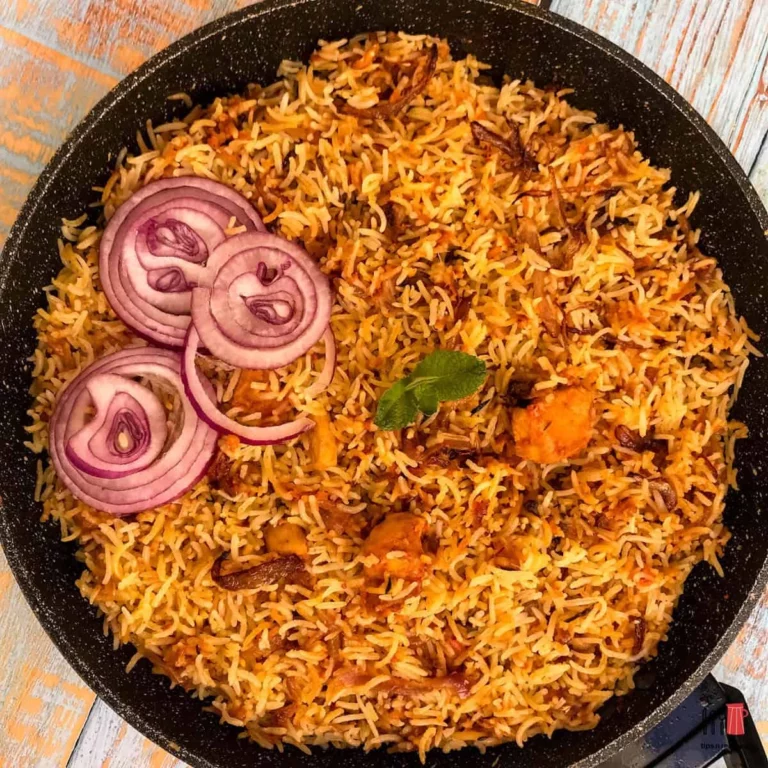
Lip-smacking recipe that you must try! Ingredients: 1½ cups Basmati rice, soaked for 30 minutes and drained 750 grams chicken, cut into 2 inch pieces
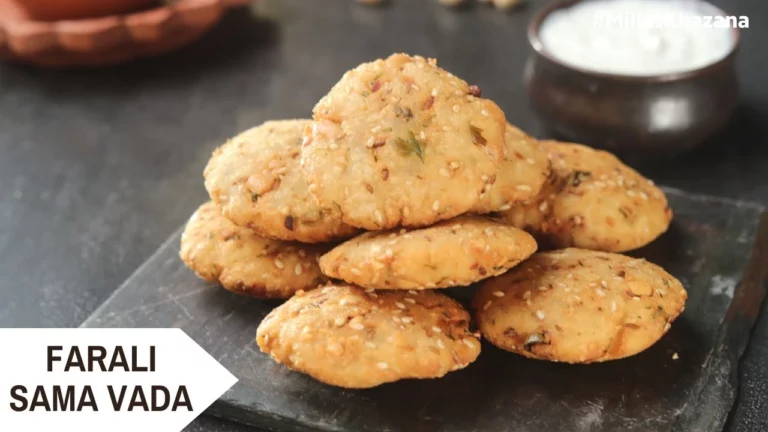
Easy-to-prepare fasting recipe that is not only tasty but also healthy and fulfilling! Ingredients: 1 cup barnyard millet (samo) flour 1 tsp ghee Rock salt
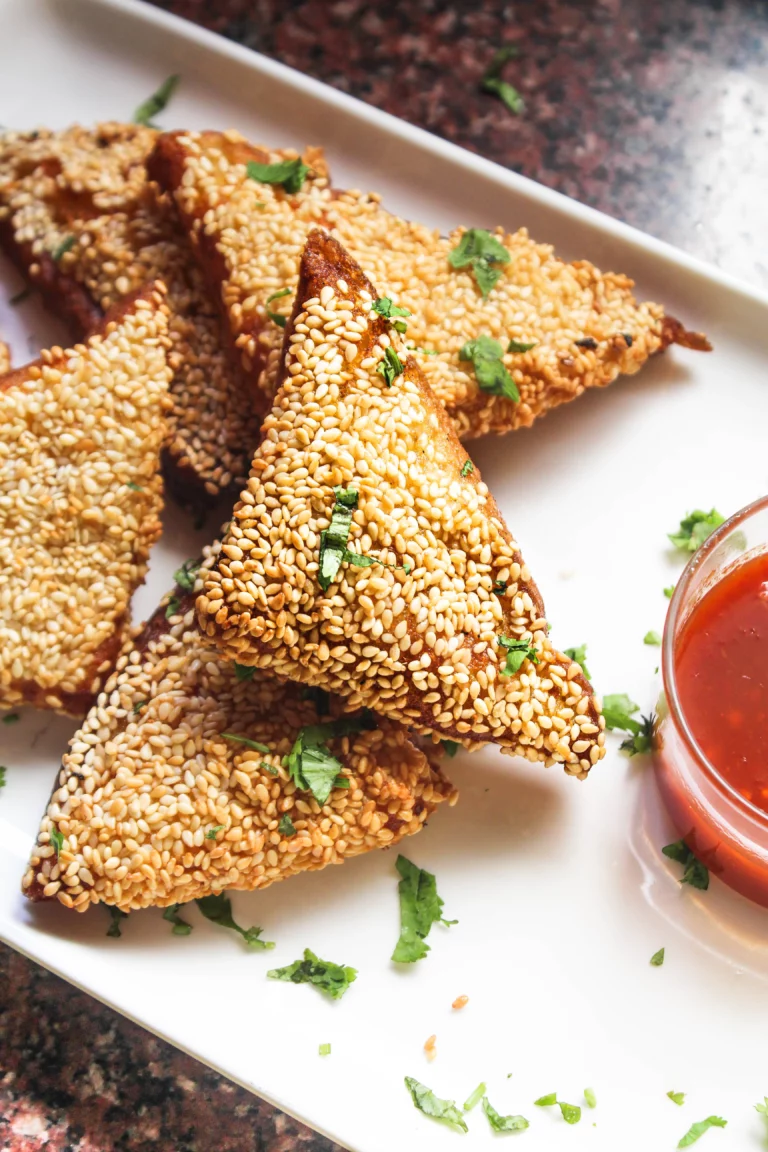
Preparation time : 15 minutes Cooking time : 15-20 minutes Servings : 2 Ingredients For Vegetable Sesame Mixture ¼ cup Sweet Corn Kernels – crushed
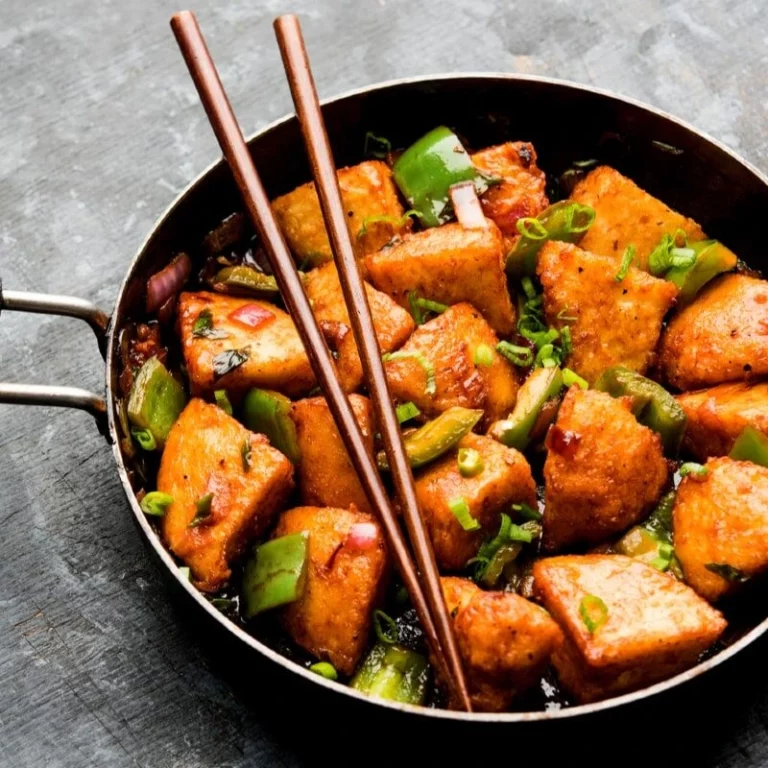
Ingredients: 3 heaped tbsp Butter 1 medium Onion – chopped 1 tsp Ginger-Garlic paste 1 heaped tsp Red Chillies & Garlic chutney 1 medium Tomato
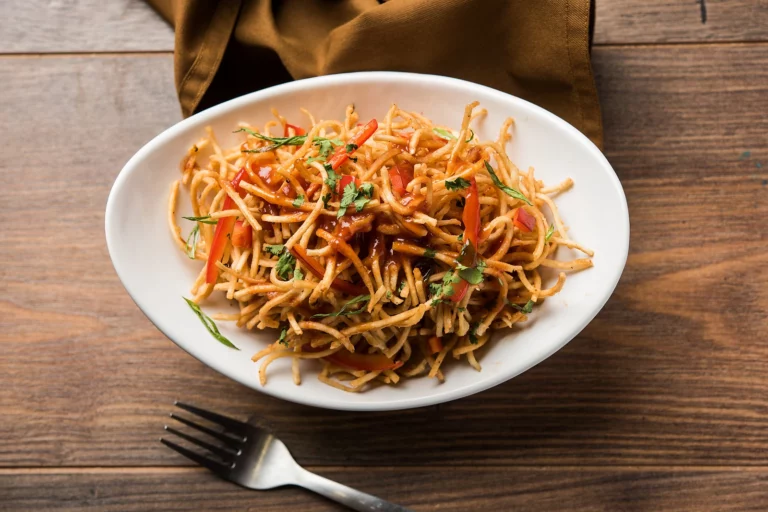
Preparation time : 15 minutes Cooking time : 20 minutes Servings : 2 Ingredients For Chinese Bhel ¼ medium Cabbage – shredded 1 small Carrot
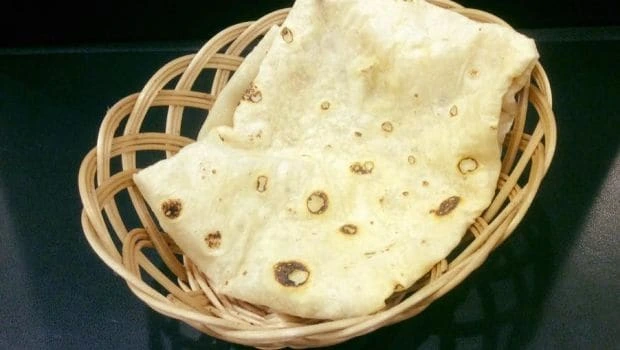
Prep time: 10 minutes Cooking time: 1-2 minutes Serves: 6-7 roti Ingredients: Dough REFINED FLOUR 1.5 CUPS, WHEAT FLOUR 1/2 CUP, SALT, SUGAR 1 TSP

Prep Time: 10 minutes Cooking Time: 25 minutes Ingredients: 250 gms Chicken breast , (thinly slice into two) 2 no Egg 1 tsp Ginger Garlic
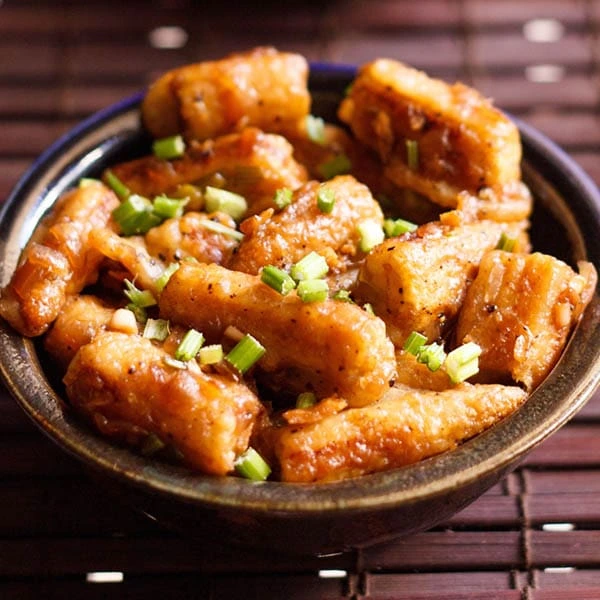
Baby Corn Chilli is spicy & delicious at the same time!! Are you a baby corn lover? In boiling water add SALT TO TASTE BABY
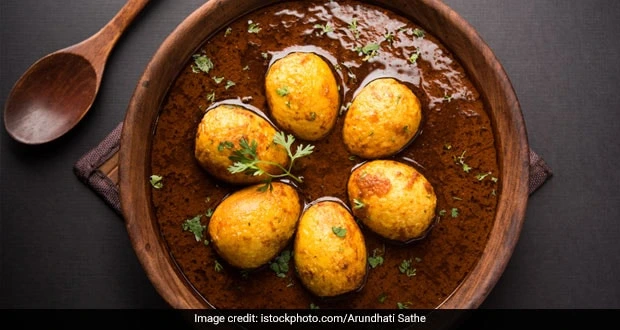
Egg Masala Preparation time : 15 minutes Cooking time : 25-30 minutes Servings : 2 Ingredients 2-3 tbsp Oil 1 tsp Mustard Seeds 1 sprig
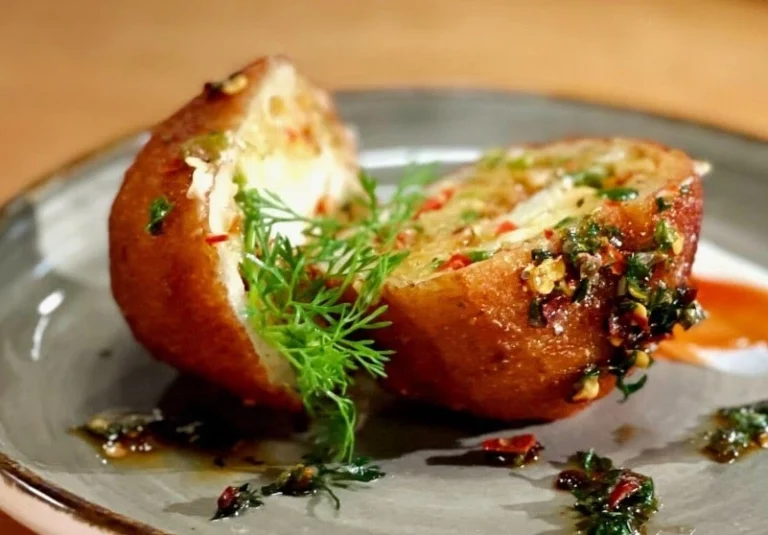
Preparation time 10 minutes Cooking time 20-25 minutes Serving 4 Ingredients For Stuffing 2 tbsp Oil , 1 inch Ginger, chopped , 2 Garlic cloves,
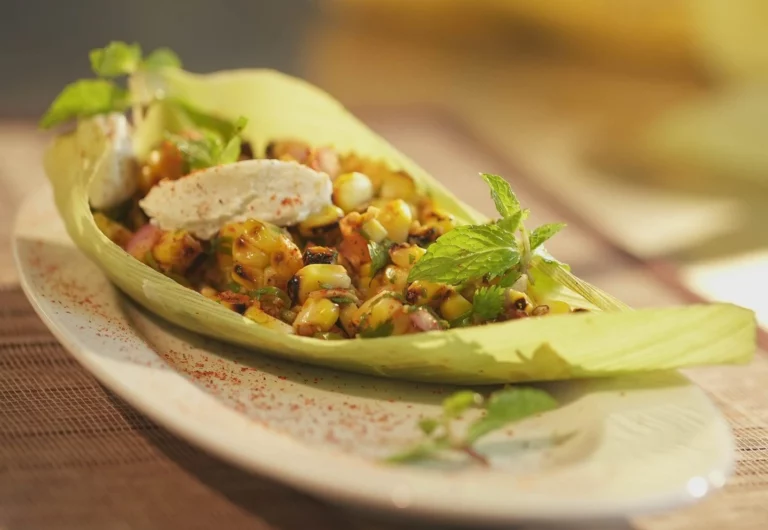
Preparation time 10-15 minutes Cooking time 25-30 minutes Serving 2-4 Ingredients 1 inch Ginger, chopped, 3 fresh Green chilli, chopped, 2 tbsp Coriander leaves, chopped,
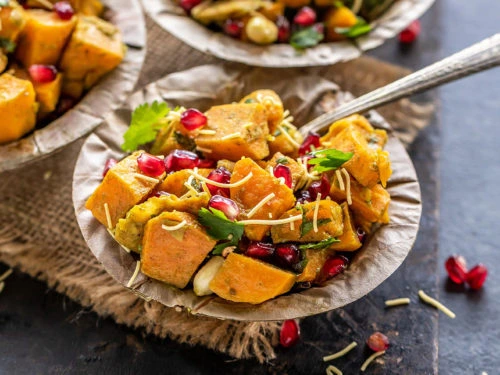
Preparation time 10 minutes Cooking time 15-20 minutes Serving 2 Ingredients For Red Chilli Chutney 2 tbsp Oil, ¼ tsp Fenugreek seeds, 1 tsp Cumin
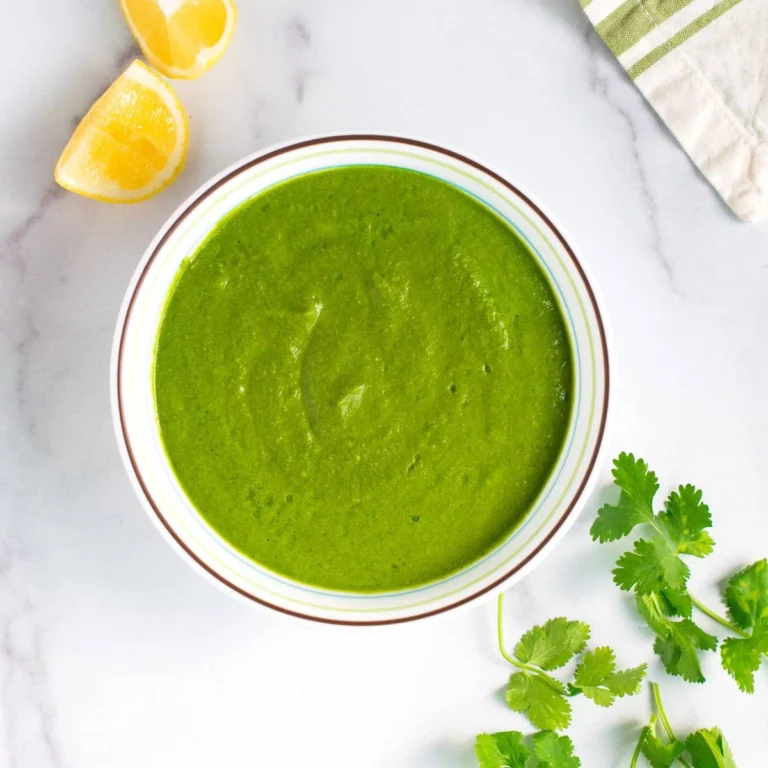
In a mixer grinder jar add FRESH CORIANDER 1/2 CUP MINT 1/2 CUP GREEN CHILLI 2 NOS. GINGER 1/2 INCH GARLIC 2-3 CLOVES ROASTED CHANA
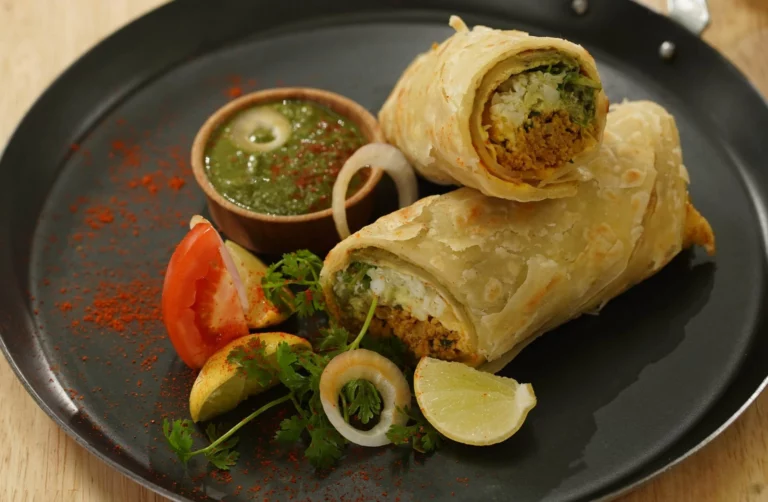
Preparation time : 15 minutes Cooking time : 25-30 minutes Servings : 2 Ingredients For Marinating Mutton Mince 500 gm Mutton Mince 1 cup Curd
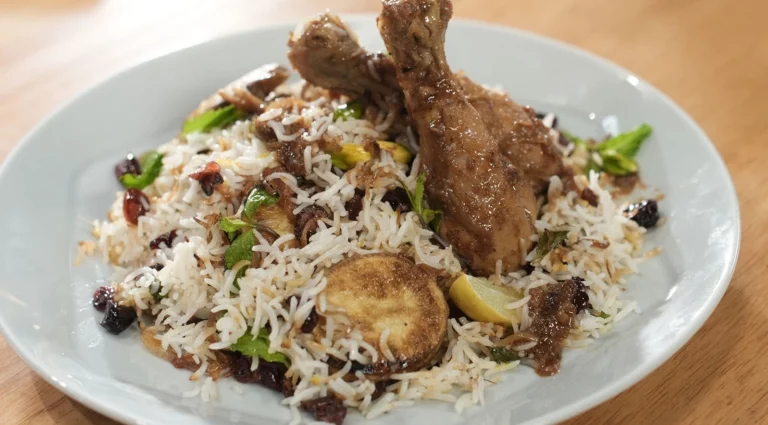
For Marination 1 kg Chicken, curry cut, Salt to taste, 1 tsp Ginger Garlic paste, For Cooking Rice Water as required, Salt to taste, ¼
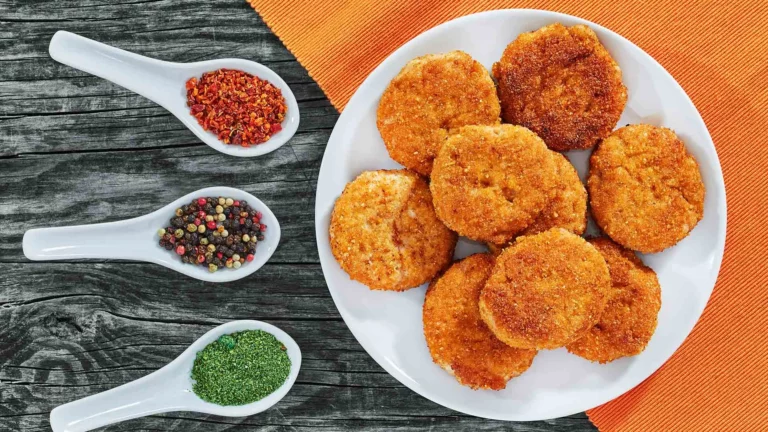
Preparation time : 15 minutes Cooking time : 20-25 minutes Servings : 2 Ingredients 500 gm Chicken Mince 1 tsp Ginger-Garlic Paste 2-3 fresh Green
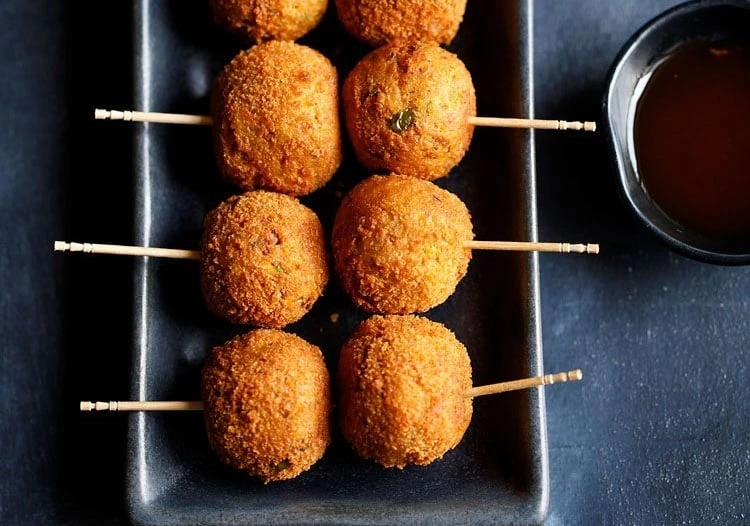
Crispy, crunchy, and a perfect party snacker! Treat yourself with this delicious Veg Lollipop! In a pan hot pan, add OIL 1 TBSP GINGER 1
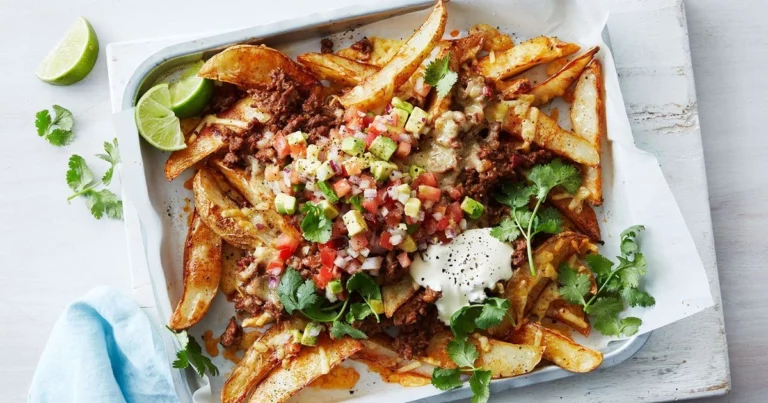
Preparation time : 15 minutes Cooking time : 25-30 minutes Servings : 2-4 Ingredients 2-3 medium Potatoes – cut in wedges Salted Water 1 tsp
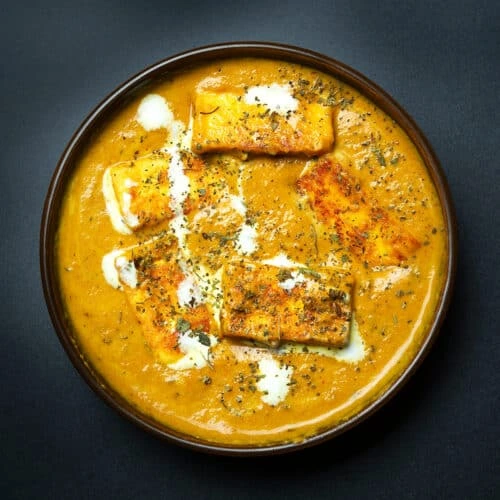
Preparation time 10 minutes Cooking time 25-30 minutes Serve 2 Ingredients For Gravy 2 tbsp Ghee, 1 tbsp Oil, ½ inch Cinnamon stick, 2 Bay
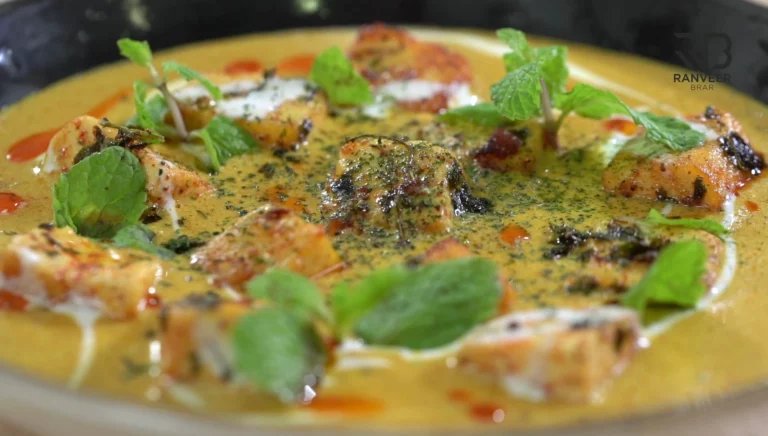
Preparation time 15 mins Cooking time 20 mins Serves 4 For marination 500 gms Paneer 1 tbsp oil Salt to taste 1 tsp Bedgi chilli
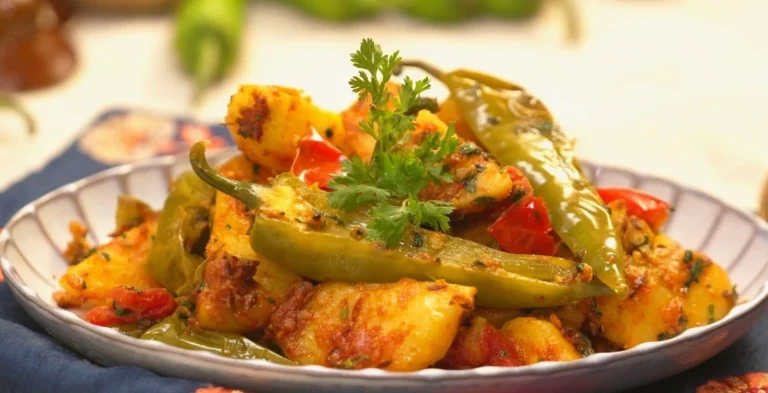
Preparation time 10 minutes Cooking time 15-20 minutes Serve 2 Ingredients For Ginger Garlic Paste 1 inch Ginger (peeled & slice) 2-3 Garlic cloves,(optional) 1
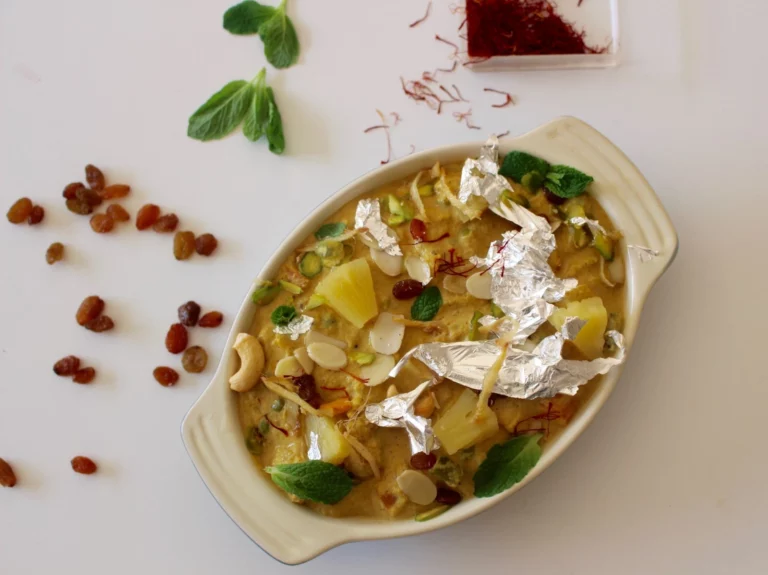
Preparation time 10-15 minutes Cooking time 25-30 minutes Serve 2-4 Ingredients For Navratan Korma 2 ½ tbsp Ghee, ½ tsp Cumin seeds, 2 medium Potatoes,
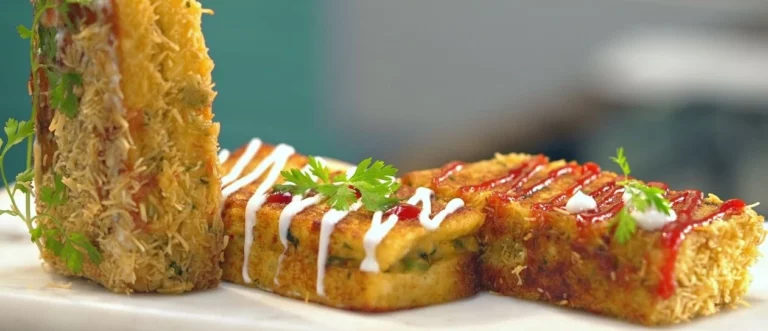
Preparation time 10 minutes Cooking time 20-25 minutes Serve 2 Ingredients For Egg Mixture 8 no. Whole eggs, Salt to taste, ¼ tsp Turmeric powder,
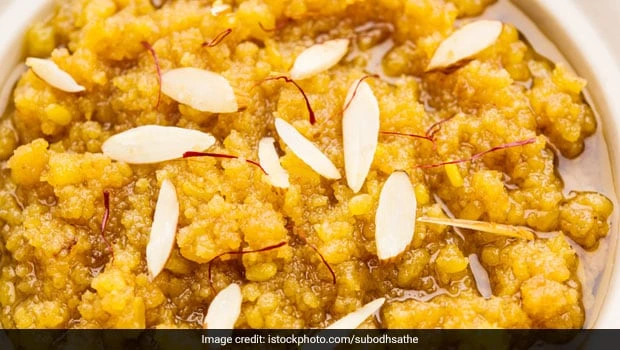
Healthy and easy to make til recipes that you must try! Ingredient: Soaked sesame seeds 1cup Til and peanut chikki 1cup Ghee 1cup Jaggery water
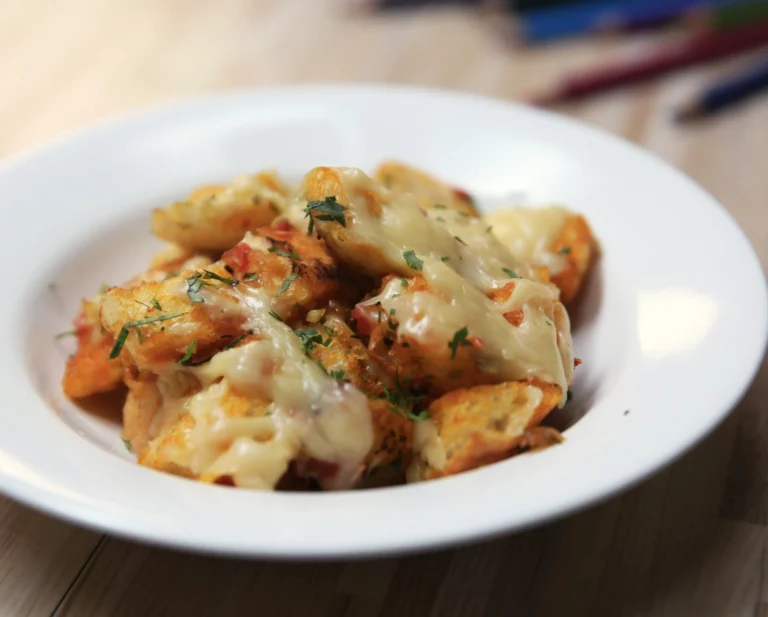
Prep Time: 10 minutes Cook Time: 10 minutes Ingredients 4 laadi pav/ bread slices, cut into small cubes 1 tbsp Oil ½ tsp Mustard Seeds/Rai
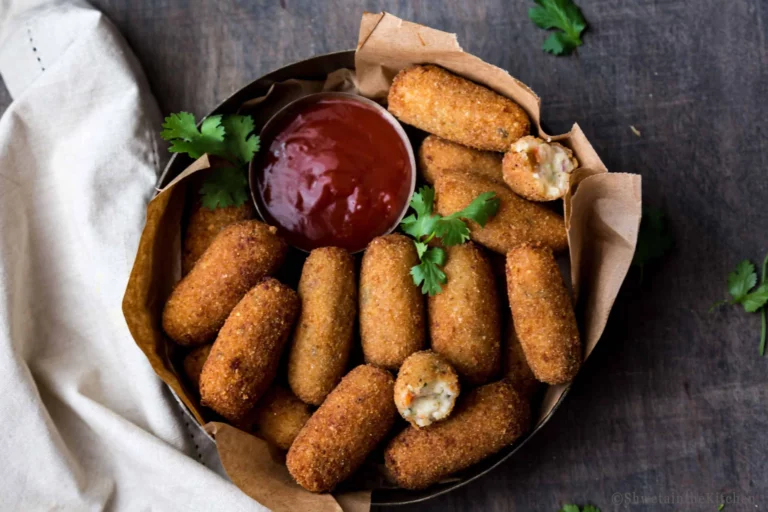
Swapnadeep Mukherjee, Executive Chef, The Metropolitan Hotel & Spa shares ‘Vegetable Croquets Recipe’ that you must enjoy! Ingredients Potatoes – 250 gm Cabbage – 50
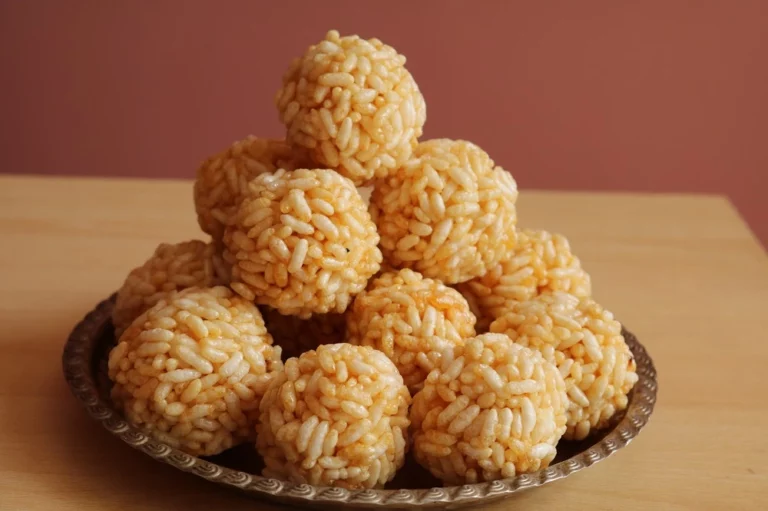
Preparation time 10 minutes Cooking time 15-20 minutes Serving 2 Ingredients 2 cups Puffed rice, 1 tbsp Ghee, 5-6 Almonds, chopped, 5-6 Cashewnut, chopped, ¾
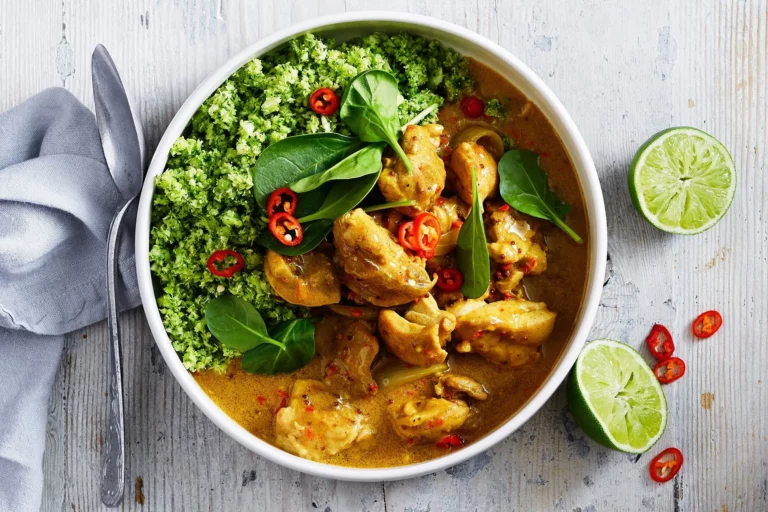
Ingredients: 750 grams chicken, cut into 2 inches on the bone 4 tbsps full-fat yogurt 2 tsp red chilli powder Salt to taste ½ tsp
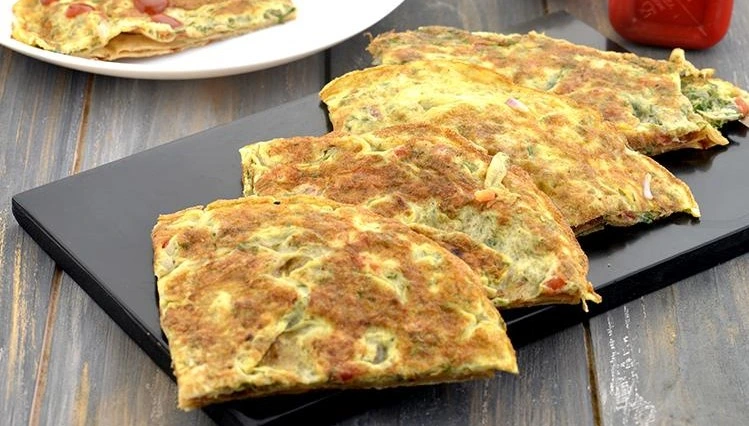
INGREDIENTS 2 entire boiled eggs 1 cup whole wheat flour 1 tablespoon oil/ghee ¼ tsp ginger garlic paste ¼ tsp floor coriander seeds ¼ tsp
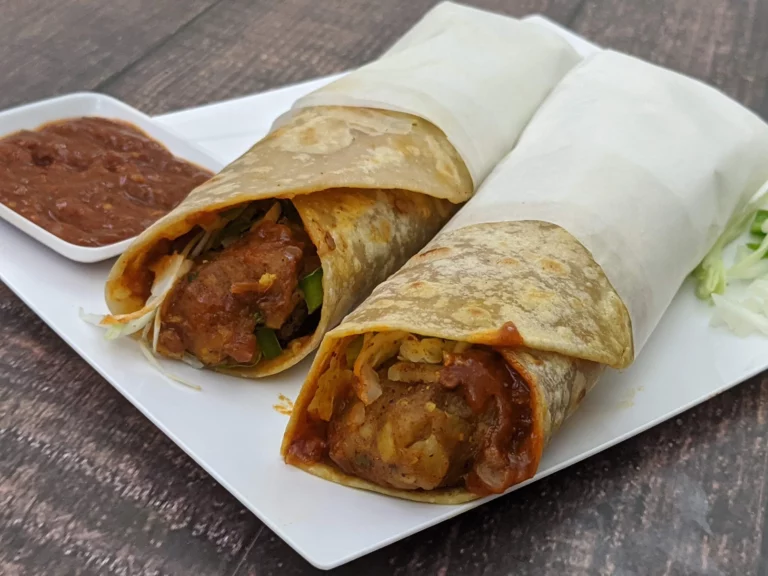
Preparation time 10-15 minutes Cooking time 25-30 minutes Serve 2 Ingredients For Chili Paste 10-12 no. Kashmiri dry red chillies, deseed, 2 tbsp Oil, 7-8
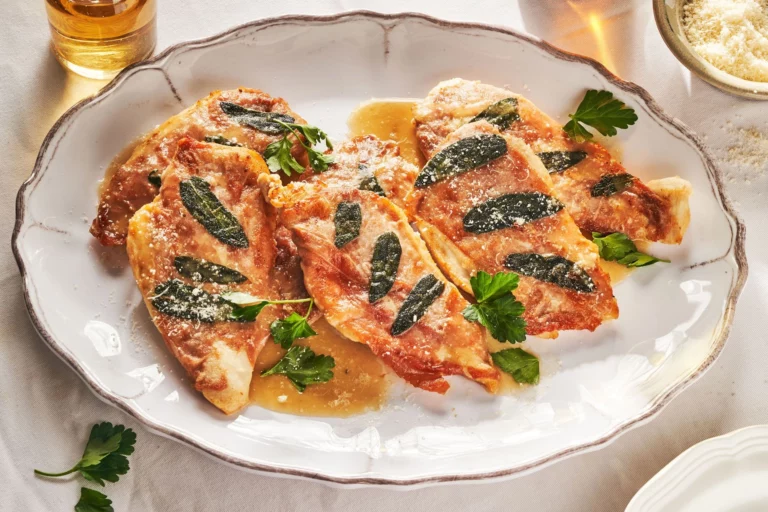
The New Year celebrations are a time for pleasure, incredible pomp and display and suitable meals spread across the table. Try out this delicious recipe!
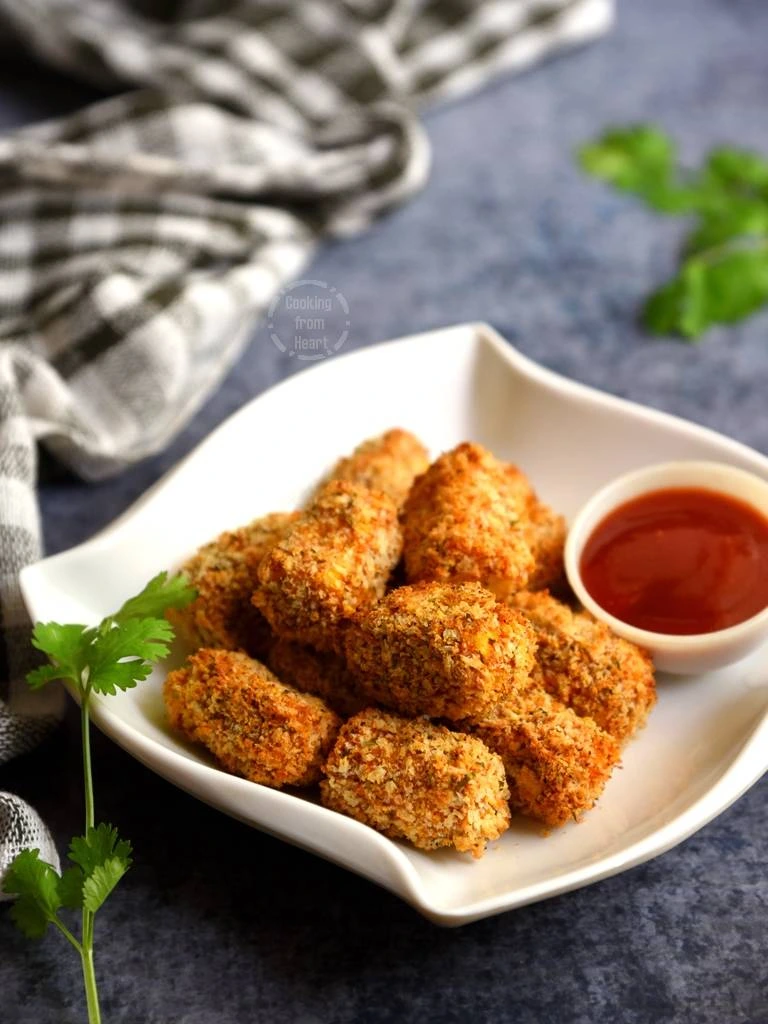
Prep time: 16-20 minutes Cook time: 6-10 minutes Serve: 4 Ingredients: Cottage cheese (paneer) cut into 1/2 inch cubes 50 grams Dried breadcrumbs 1 cup Salt to
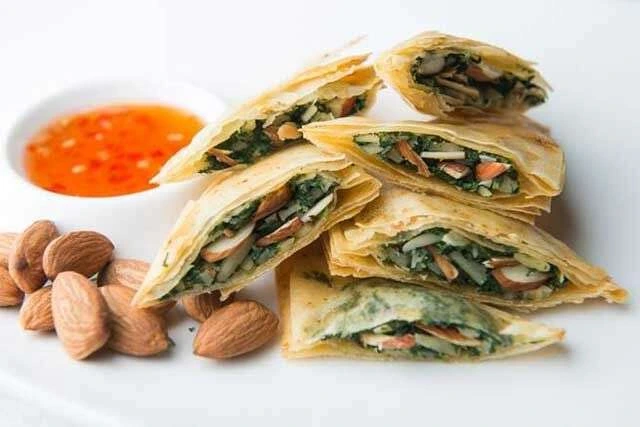
Check out some lip-smacking snacks to make the festival special! Prep time: 20 minutes Cook time: 15 minutes Ingredients: Cooked Chopped Spinach – 400 g Almond flakes
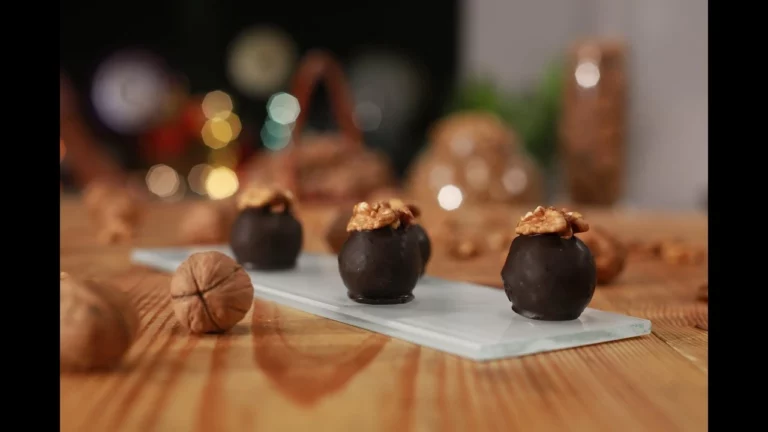
Try this ‘Chocolate Walnut Crunchies’ Recipe by Chef Sanjeev Kapoor! Ingredients: 2½ cups chopped dark chocolate 1½ cups chopped California walnuts 1 cup fresh cream
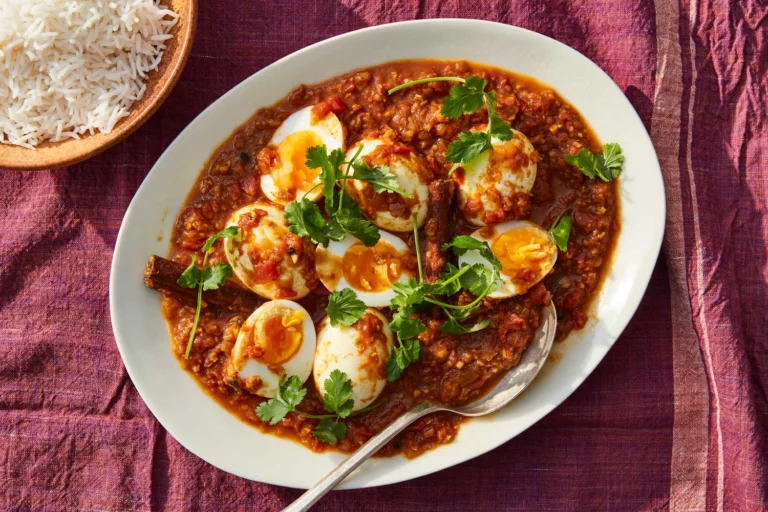
Try this delicious ‘Spicy Egg Curry’ recipe by Chef Ranveer Brar! Preparation time 10 minutes Cooking time 20-25 minutes Serve 2 Ingredients For Boiling Eggs
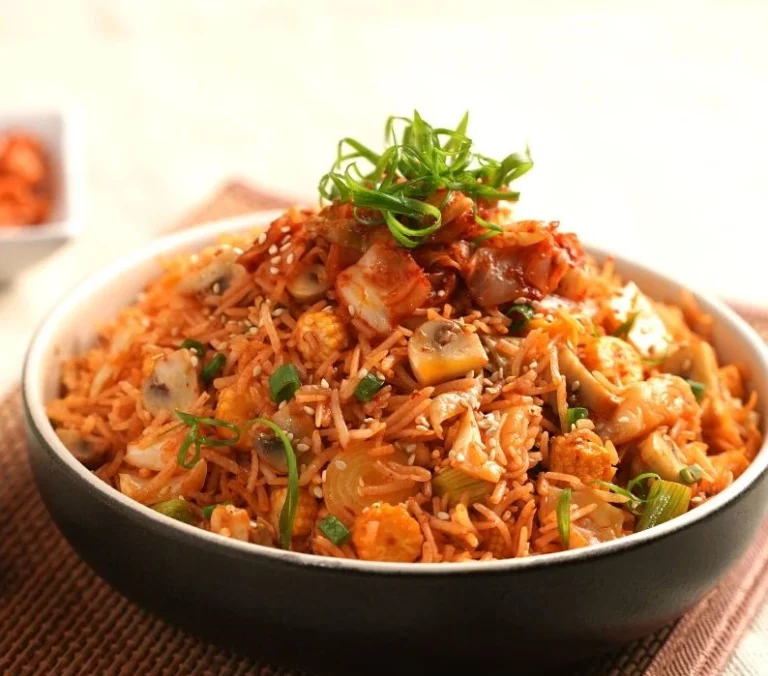
Try this ‘Veg Korean Fried Rice’ recipe by chef Ranveer Brar! Ingredients For Kimchi 1 medium Cabbage, dice, Salt to taste, 2 heaped tbsp Prepared
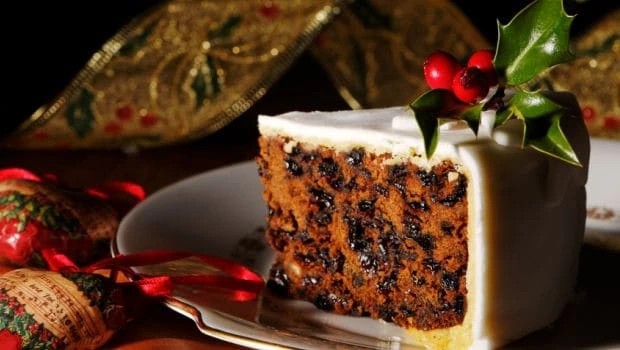
Try this ‘Christmas Fruit Cake Recipe’ by Chef Ranveer Brar! Ingredients 180 gm Butter 180 gm Sugar 2 tbsp Tutti fruiti 1 tsp Vanilla essence

Washington [US]: As Christmas gets nearer, we cannot help but consider all the tasty cakes, delicious sweet cuisine, and food items to savor this festive
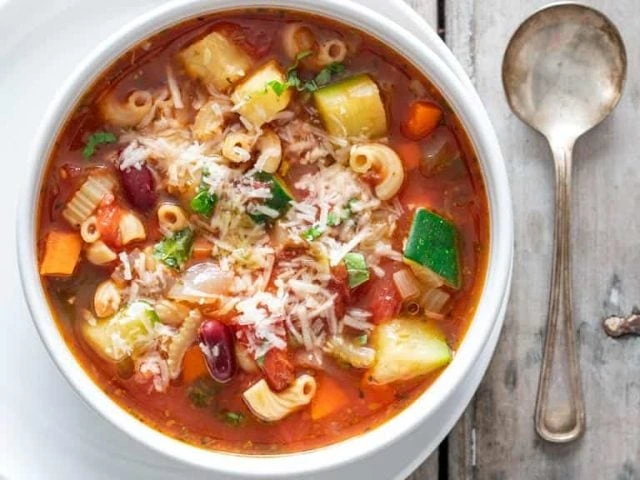
Try this ‘Minestrone Soup Recipe’ by Chef Ajay Chopa! Ingredients olive oil 2to3 tbsp carrots small dices 1/4 cup garlic chopped 2 tbsp bay leaf
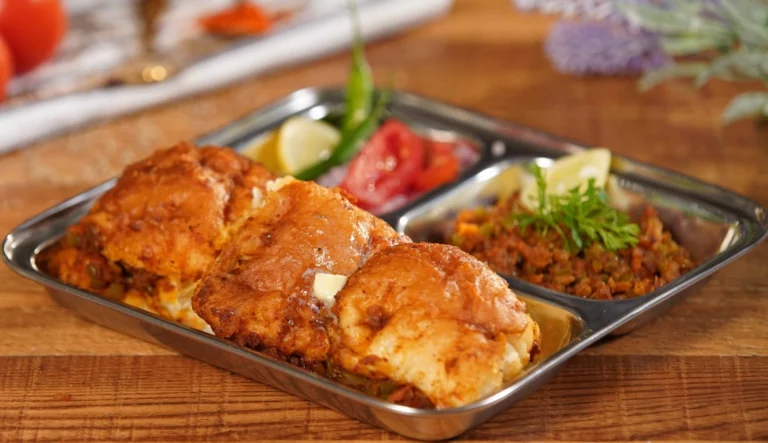
Try this easy ‘Masala Pav Recipe’ by Chef Ranveer Brar! Ingredients 1 medium Onion, chopped 2 medium Tomatoes, finely chopped 1 medium capsicum, finely chopped
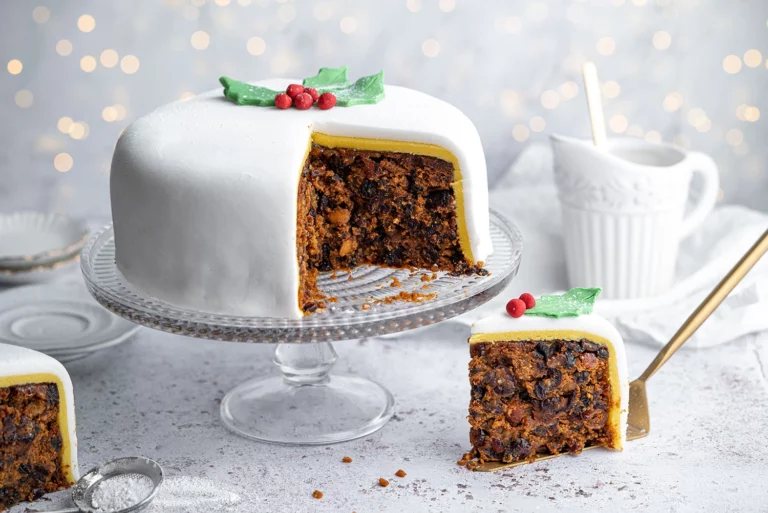
This Christmas try this delicious cake recipe by chef Ajay Chopra! Ingredients For Dark Caramel: – ½ cup Sugar Water as required For Cake Batter:
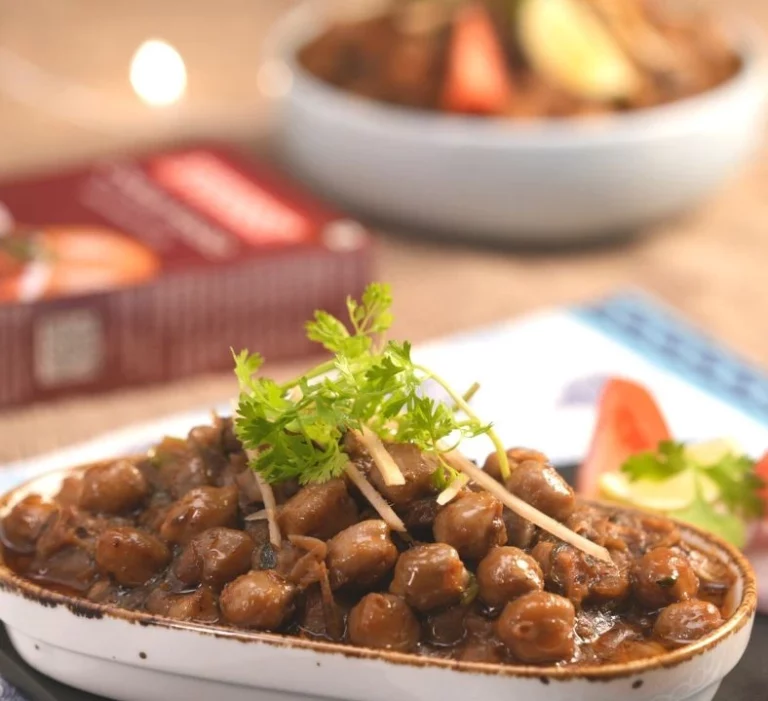
Try this ‘Methi Chole Masala Recipe’ by chef Ranveer Brar! Preparation time 10 minutes Cooking time 25-30 minutes Serve 2-4 Ingredients For Cooking Chole 500
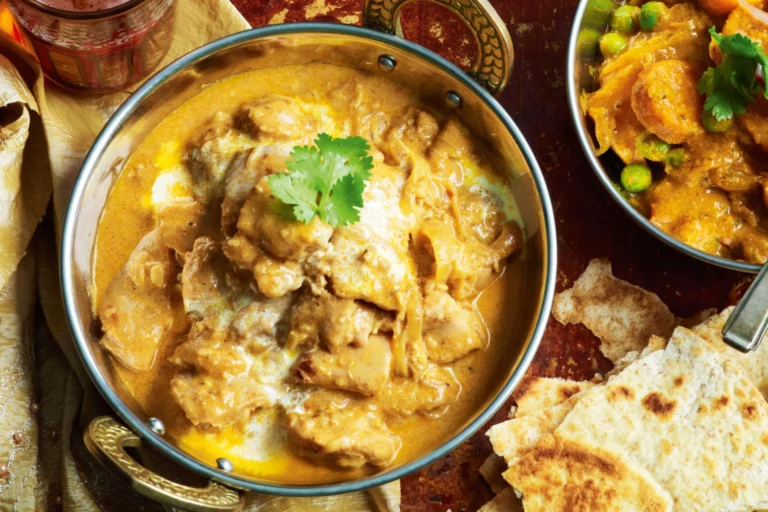
Try this recipe of ‘Chicken Korma’ by Chef Ranveer Brar! Ingredients For Ginger Garlic Paste 2-3 Green chillies, broken into half, 1 inch Ginger, peeled,
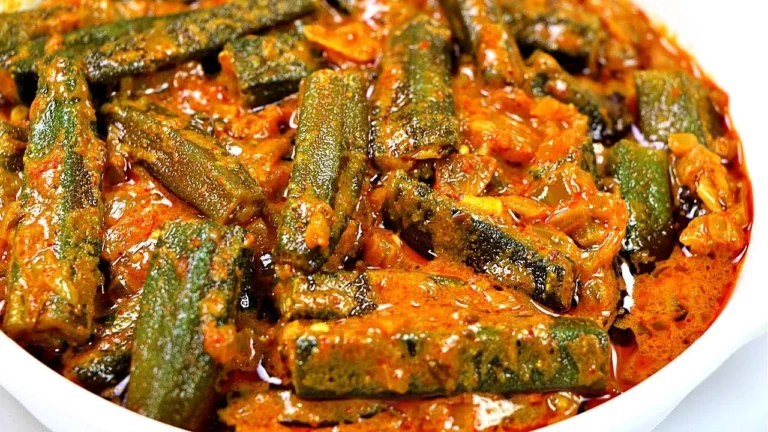
Try this ‘Bhindi Dahi Masala Recipe’ by chef Ranveer Brar! Preparation time 10 minutes Cooking time 25-30 minutes Serve 2-4 Ingredients For Sauteing ½ kg
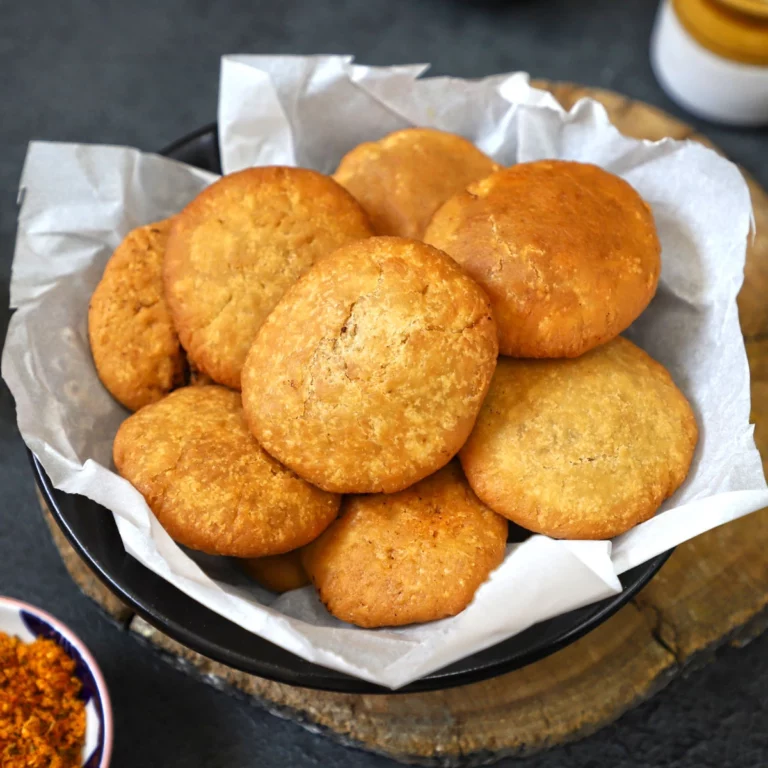
Try this ‘Crispy Corn Kachori Recipe’ by chef Ajay Chopra! INGREDIENTS For dough: Refined flour Salt to taste Ghee Trachyspermum ammi {Ajwain} For stuffing:
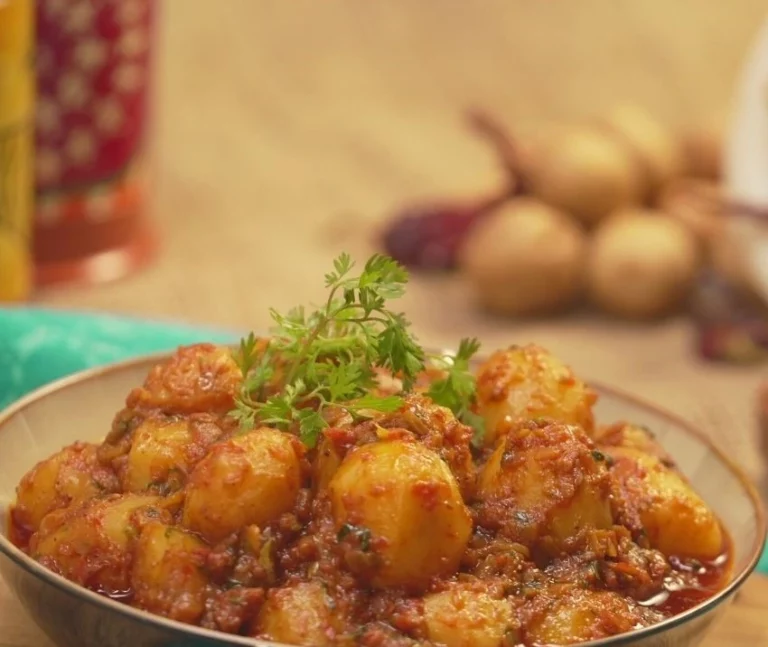
Try this ‘Aloo Bhuna Masala’ by Chef Ranveer Brar! Preparation time 10 minutes Cooking time 20-25 minutes Serve 2 Ingredients For Aloo Bhuna 1 ½
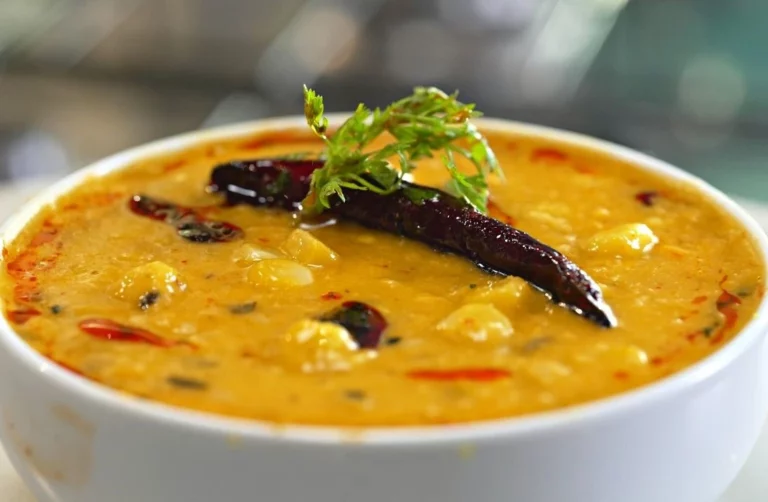
Try this ‘Makai Moong Dal Recipe’ by Chef Ranveer Brar! Preparation time 10 minutes Cooking time 30-35 minutes Serve 2-4 Ingredients For Cooking Dal 2
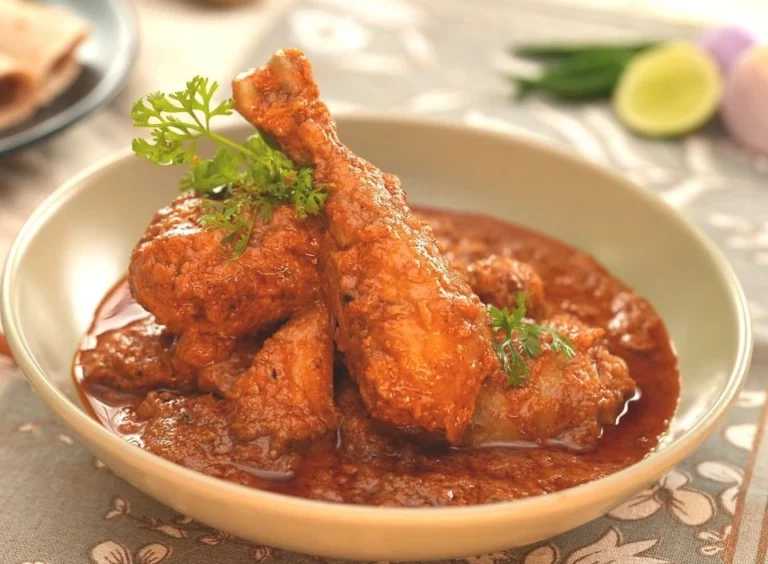
Try this ‘Chicken Changezi’ recipe by Chef Ranveer Brar! Ingredients For Chicken Marination 900 gms Chicken (thigh & drumstick) 2 tsp Ginger Garlic paste, Salt
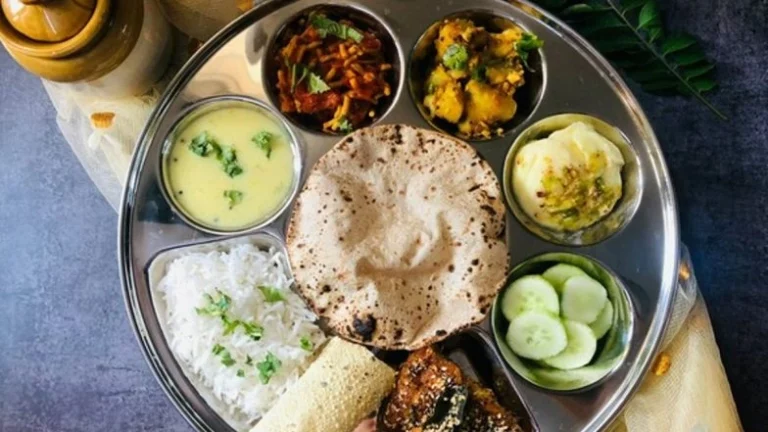
Vijaywada (Andhra Pradesh) [India]: An Andhra Pradesh-based eating place on Thursday came up with an remarkable food offer and served unlimited thali in only five
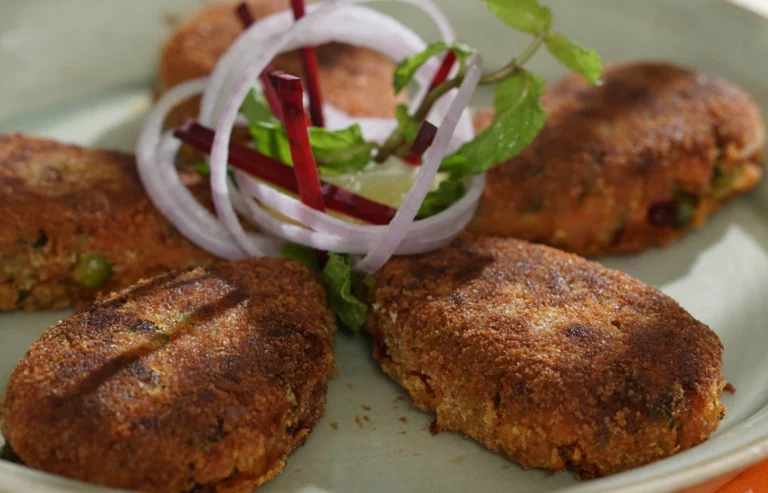
Try this ‘Vegetable Cutlet Recipe’ by Chef Ranveer Brar! Preparation time 5-10 minutes Cooking time 25-30 minutes Serving 4 Ingredients 1 tbsp Oil , 1
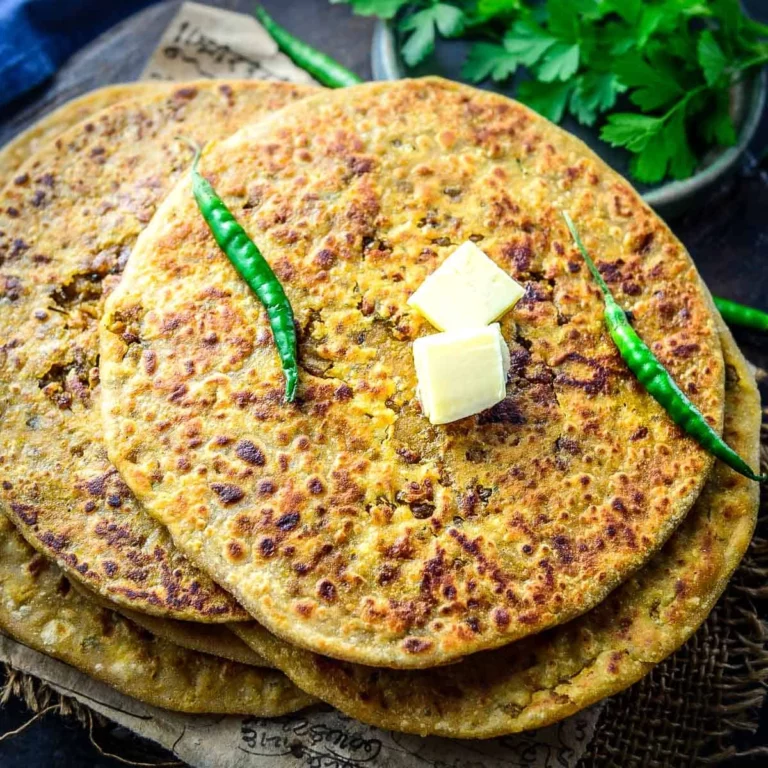
Try this tasty ‘Keema Paratha’ recipe by Chef Ajay Chopra! Ingredients 1 tbsp Oil 1 tsp Cumin Seeds 1/2cup chopped Onions 1 tsp chopped Ginger
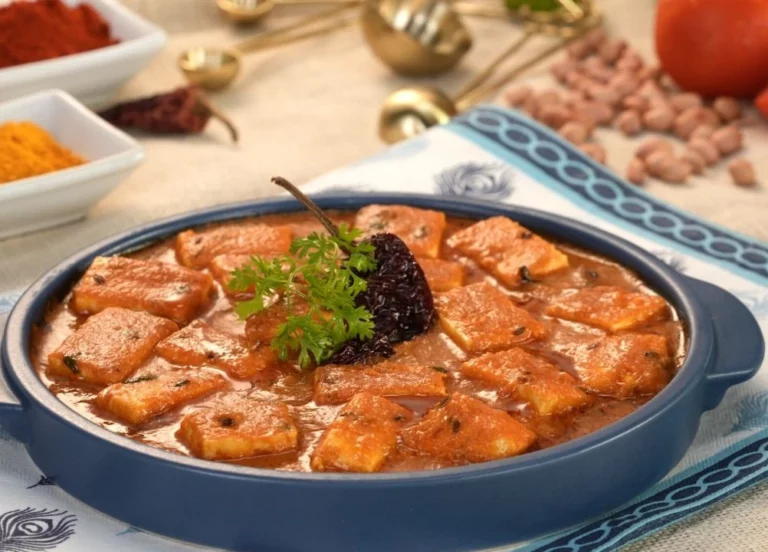
Try this ‘Paneer Hyderabadi Recipe’ by Chef Ranveer Brar! Preparation time 10 minutes Cooking time 20-25 minutes Serve 2 Ingredients For Gravy 1 tbsp Ghee,
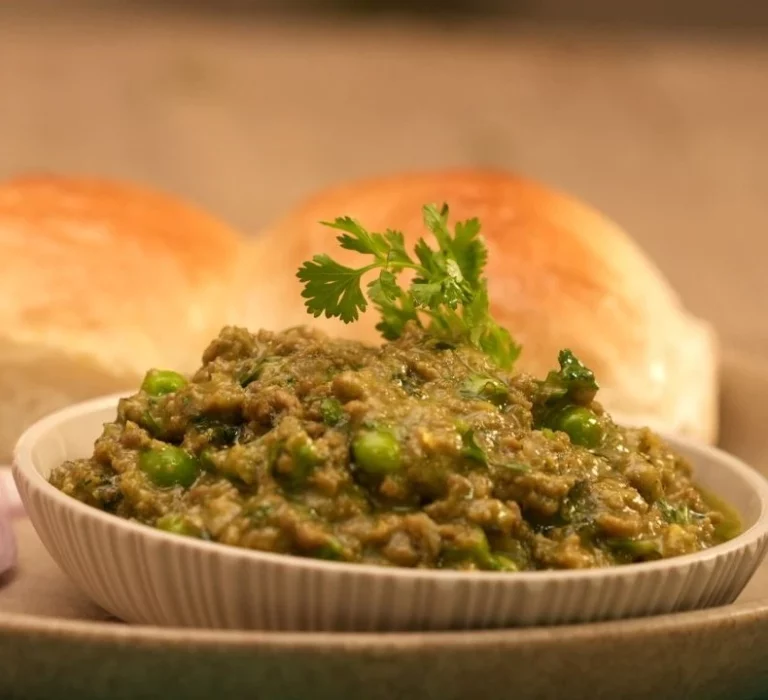
Try this tasty ‘𝗛𝗮𝗿𝗮 𝗠𝗮𝘀𝗮𝗹𝗮 𝗠𝘂𝘁𝘁𝗼𝗻 𝗞𝗵𝗲𝗲𝗺𝗮’ by chef Ranveer Brar Ingredients For Ginger Garlic Paste 6-7 Garlic cloves, 1 inch Ginger, peeled, slice, 3-4
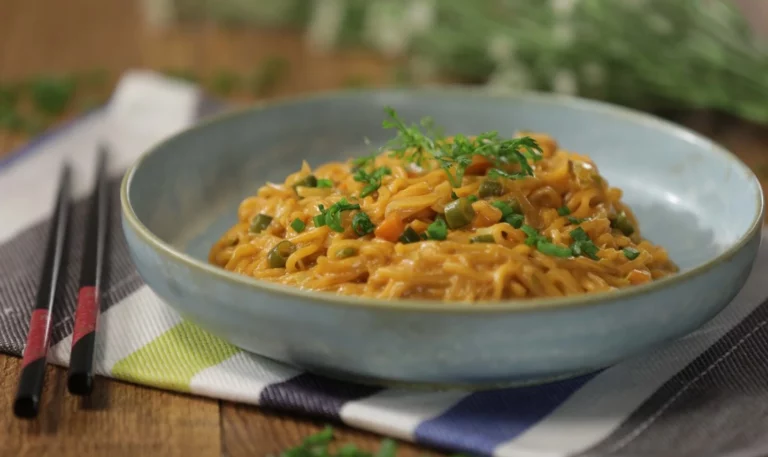
Try this delicious ‘Cheese Schzewan Instant Noodles’ recipe by Chef Ranveer Brar Ingredients 2 tbsp Butter, Cubes 1 medium Onion, sliced ¼ cups carrots, small
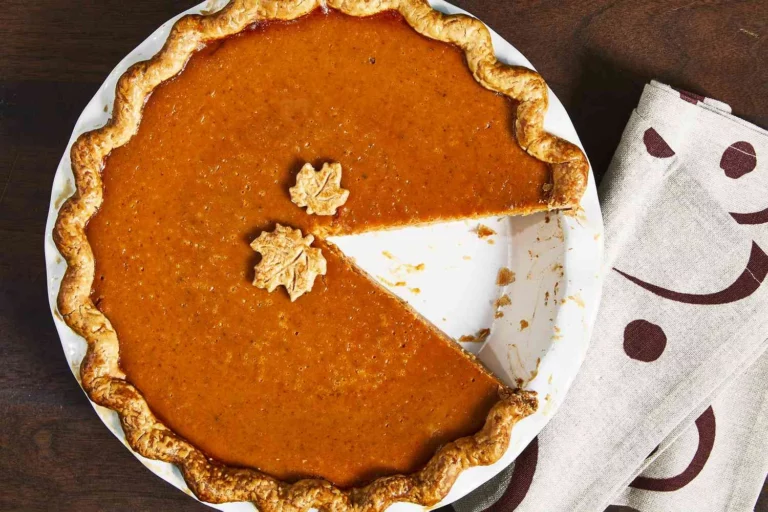
New Delhi [India]: Thanksgiving is right here! Every yr, on this day, widely known as the fourth Thursday in November, human beings come collectively to
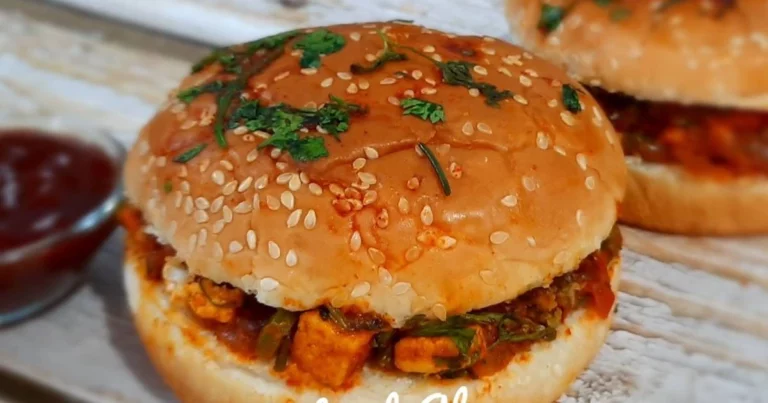
Enjoy this ‘Tawa Burger Recipe’ By Chef Ajay Chopra! Ingredients For a Tikki masala • 1 tbsp coriander seeds • 1 tsp saunf • 1
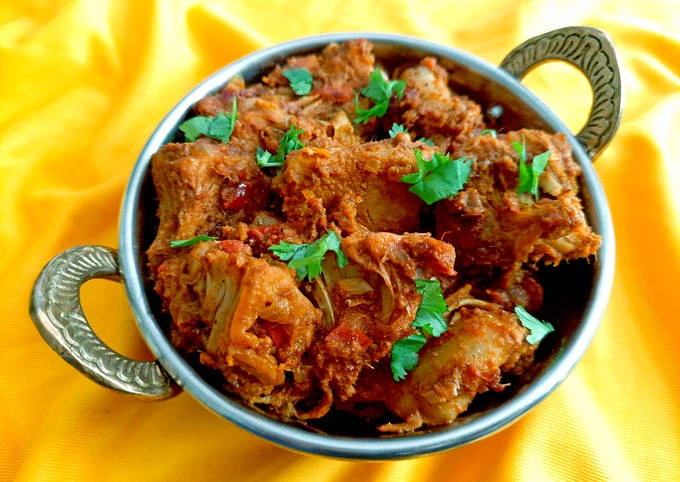
Try this ‘Kathal Masala Recipe’ by Chef Ranveer Brar Preparation time 20 minutes Cooking time 30-35 minutes Serve 2-4 Ingredients For Cutting 2 tbsp Mustard
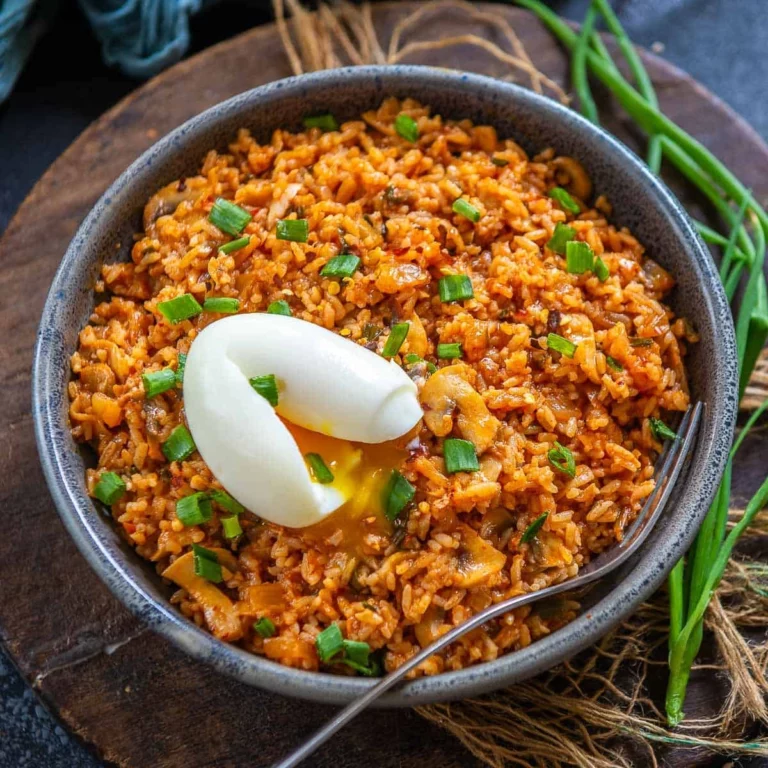
Try this ‘Korean Kimchi Rice Recipe’ by Chef Ranveer Brar! Preparation time 10 minutes Cooking time 25-30 minutes Serve 2-4 Ingredients For Kimchi 1 medium
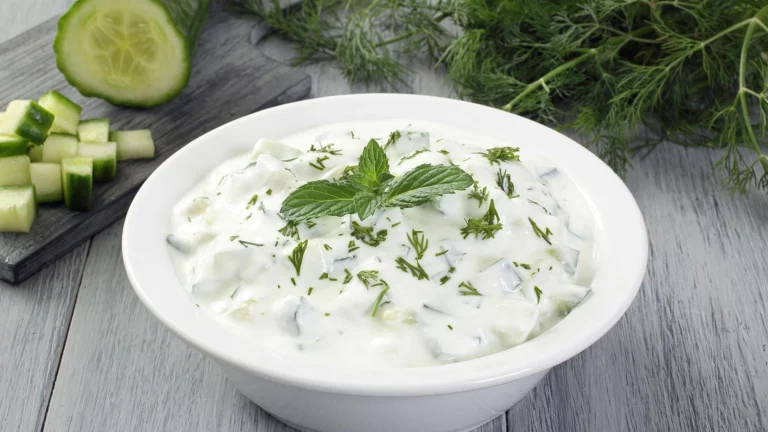
Try this ‘Cucumber Dip’ recipe by chef Kunal Kapur! Cucumber dip Cucumber, grated – 1no Hung Curd – 1 cup Black pepper powder – ½

Try out this ‘Veg Crispy Recipe’ By Chef Ranveer Brar! Preparation time 10 minutes Cooking time 25-30 minutes Serve 2 Ingredients For Boiling Water as
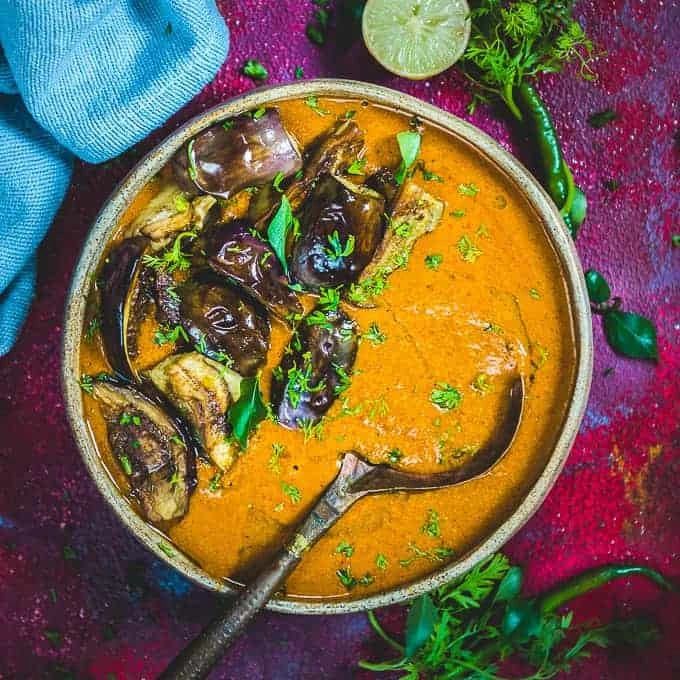
Try this easy recipe of ‘Hyderabadi Baghaar-e-baingan’ by Chef Ranveer Brar Preparation time : 15 minutes Cooking time : 30-35 minutes Servings : 2-4 Ingredients
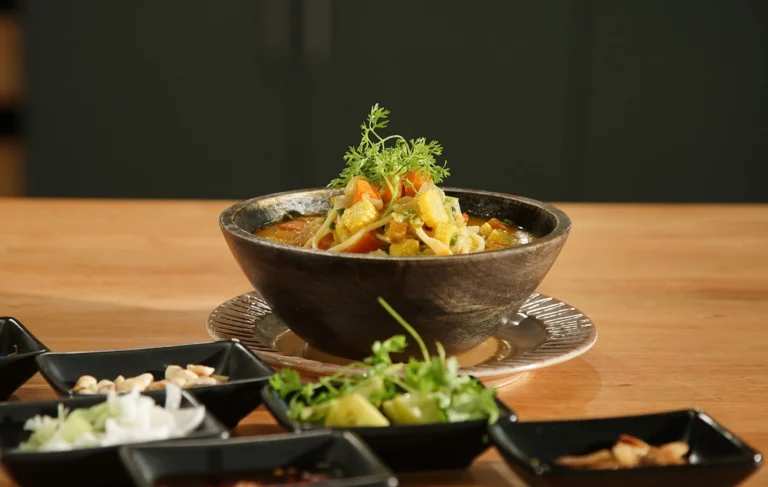
Khow suey, is a noodle soup made from egg noodles and curried beef or chicken with coconut milk, served with loads of contrasting condiments. The
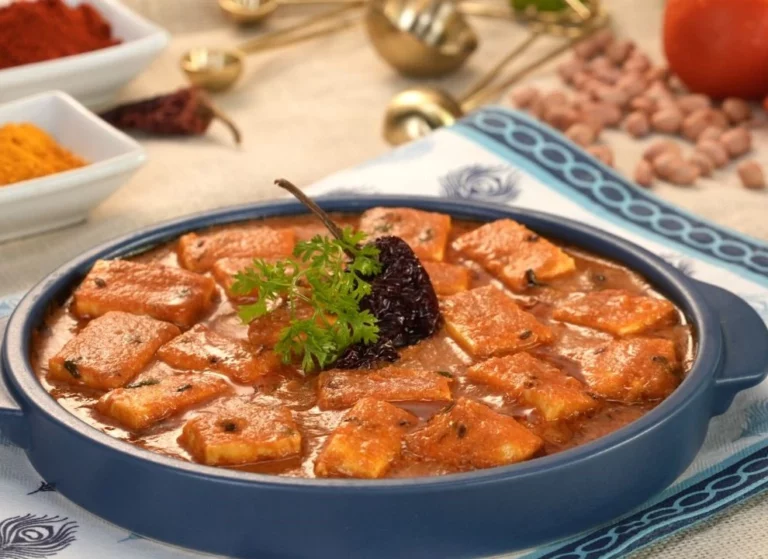
Try this delicious recipe of ‘Hyderabadi Paneer’ By Chef Ranveer Brar! Preparation time 10 minutes Cooking time 20-25 minutes Serve 2 Ingredients For Gravy 1
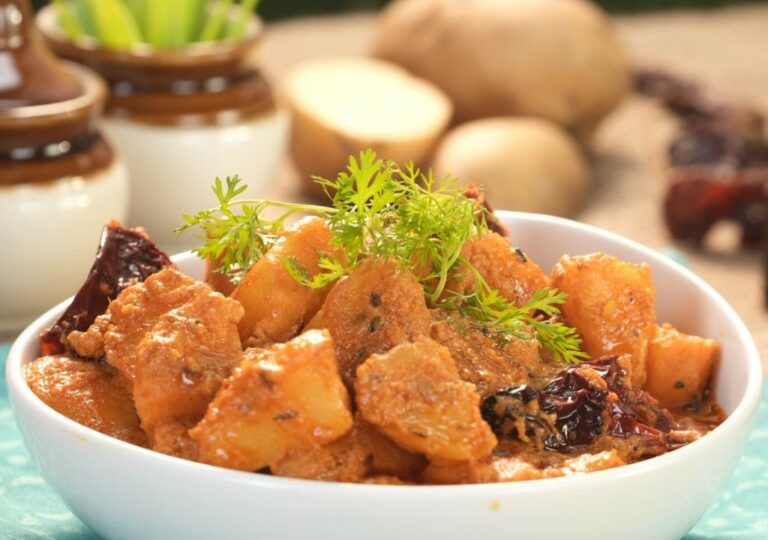
Preparation time 10 minutes Cooking time 20-25 minutes Serve 2-4 Ingredients For Ginger Green Chili Paste 1 inch Ginger, peeled, roughly slice, 2 Green chillies,
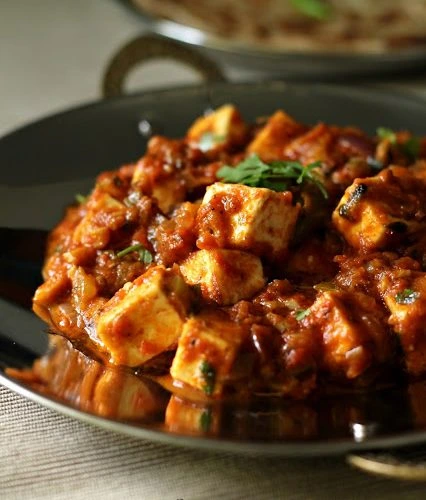
Ingredients For Ginger Garlic Paste 2 Green chillies 5-6 Garlic cloves, ½ inch Ginger, slice, Salt to taste, For Gravy 1 ½ tbsp Ghee, ½
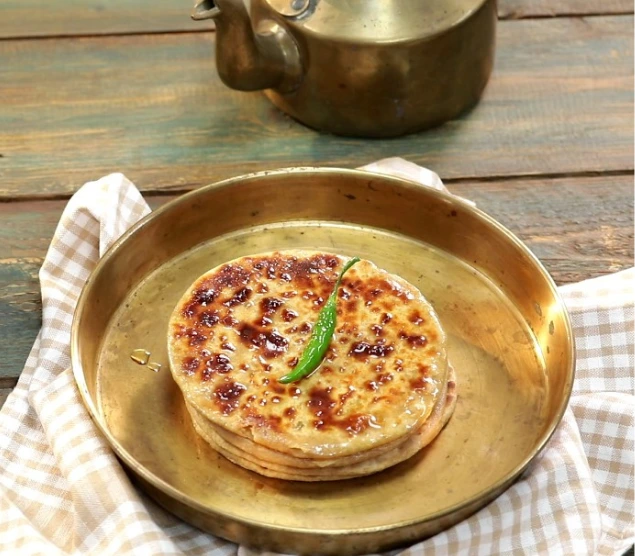
Ingredients 1 cup besan 1 tsp Red Chilli Powder 1 tsp Turmeric Powder 1 tsp Coriander Powder Atta Dough 1/2cup Chopped Onions 1 tsp Fennel
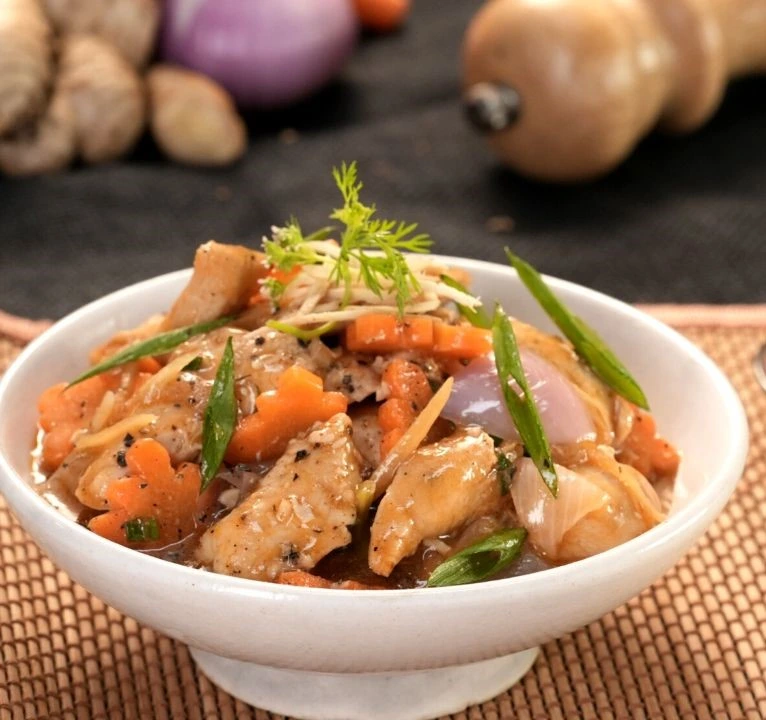
Preparation time 10 minutes Cooking time 20-25 minutes Serve 2-4 Ingredients For Marination 850 gms Chicken breast boneless, cut into strips, Salt to taste, ½
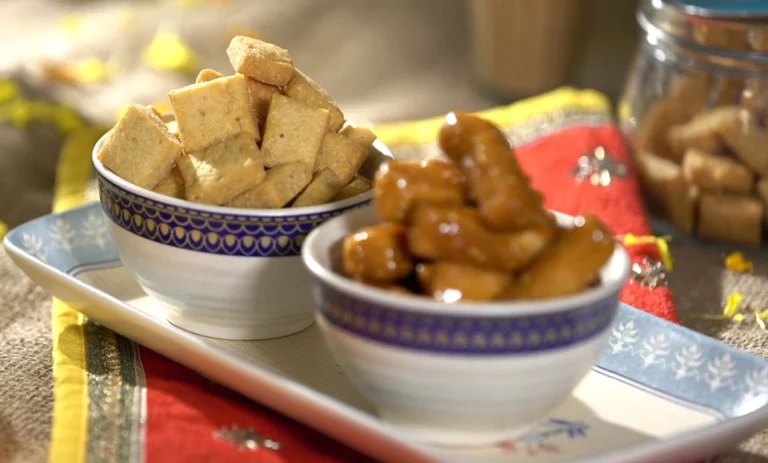
Preparation time 10-15 minutes Cooking time 15-20 minutes Serving 4-6 Ingredients For Namak Pare Dough ½ cup Refined flour, ½ Whole wheat flour, 1 tsp
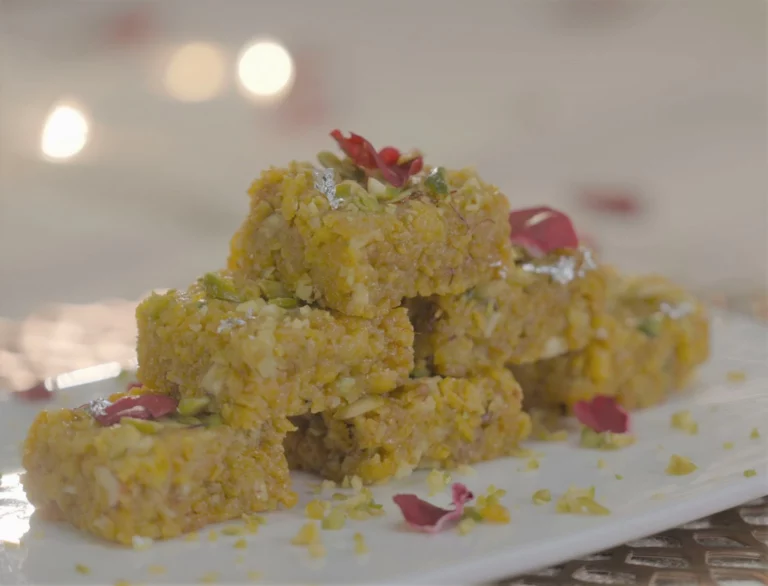
Preparation time 10-20 minutes + set time Cooking time 15-20 minutes Serves 2 𝗜𝗻𝗴𝗿𝗲𝗱𝗶𝗲𝗻𝘁𝘀 𝗙𝗼𝗿 𝗕𝗮𝘁𝘁𝗲𝗿 1 ¼ cups Gram flour, A pinch of salt,

Kadhai Mushroom Preparation time 10 minutes Cooking time 25-30 minutes Serve 2-4 Ingredients For Ginger Garlic Paste 2 Green chillies (less spicy) 4-5 Garlic cloves,
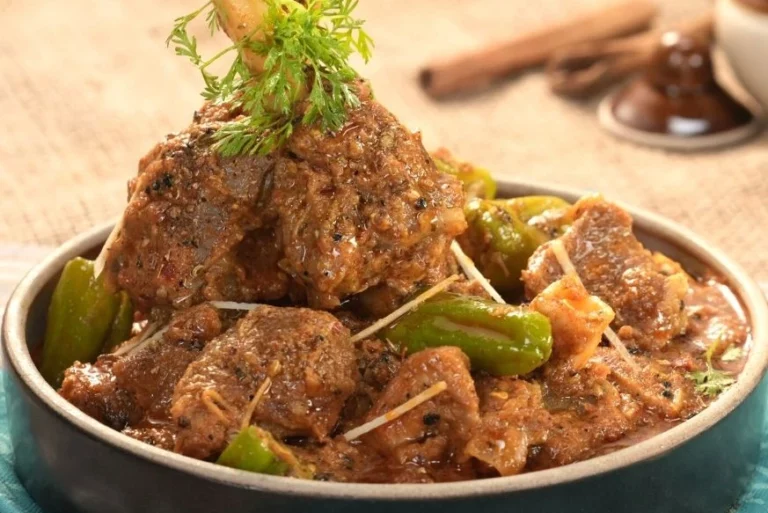
Preparation time 10 minutes Cooking time 30-40 minutes Serve 2-4 Ingredients For Pressure cook Mutton 2-3 tbsp Ghee, घी 1 inch Cinnamon stick, 1 Bay
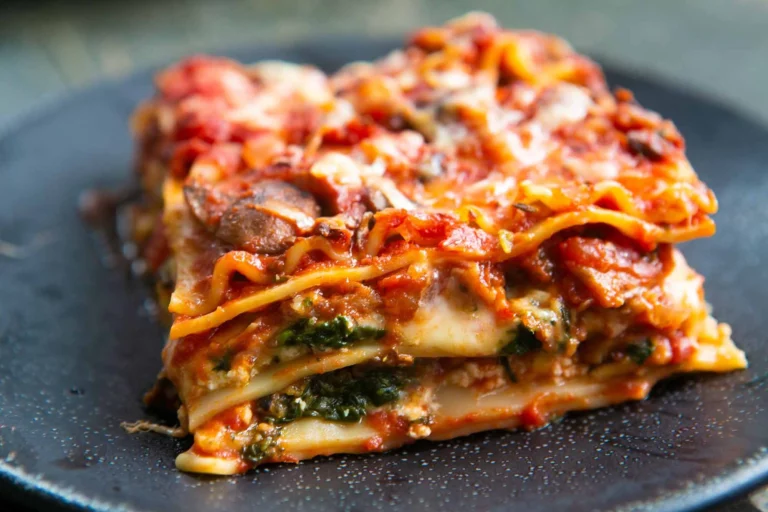
Preparation time 10 minutes Cooking time 10-15 minutes Serve 2-4 Ingredients For Filling 2 tsp Olive oil, 1 tbsp Butter, cubed, 2-3 Garlic cloves, finely
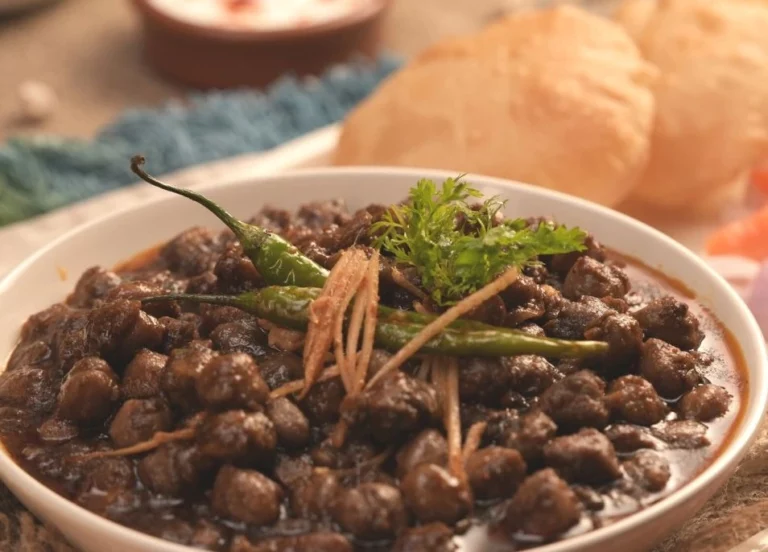
Ingredients For Pressure Cook Chole 500 gms Chickpeas, soaked (overnight), 1 inch Ginger, peeled & sliced, 2 Garlic cloves, Bouquet garni, Salt to taste, Water
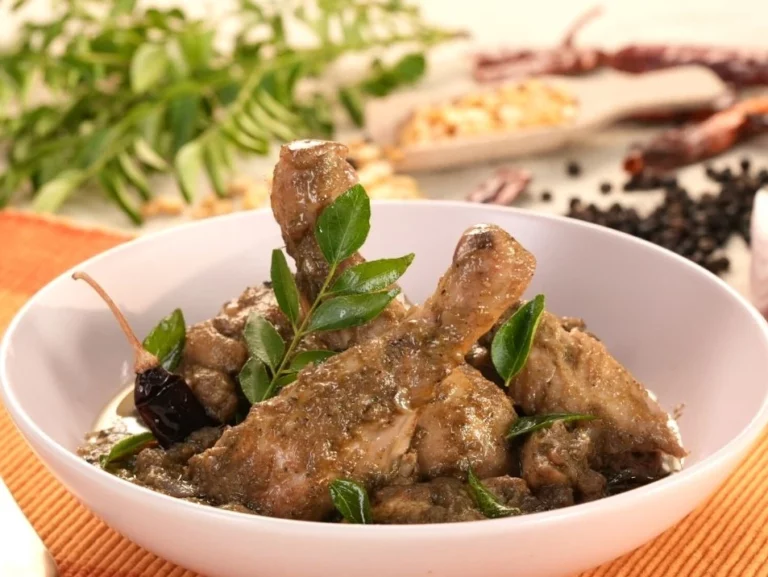
Preparation time 10 minutes Cooking time 25-30 minutes Serve 2-4 Ingredients For Green Paste 3-4 sprig Curry leaves, 5 Green chillies, less spicy, 6-7 Garlic
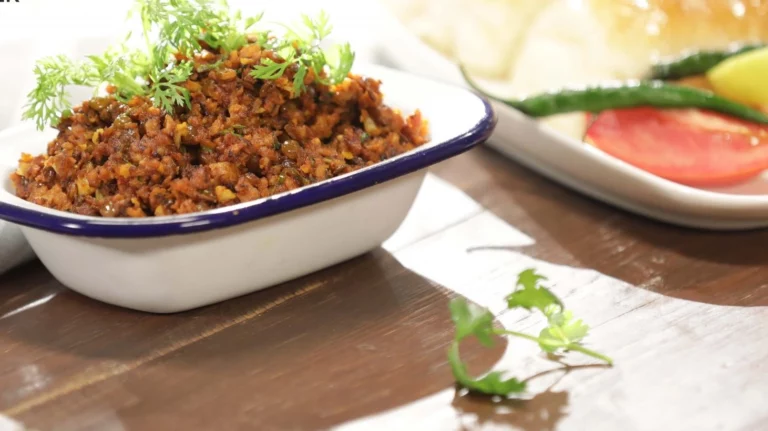
Preparation time:- 15 minutes + 20 minutes soaking time Cooking time:- 25 minutes Serving:- 2-3 Cuisine:- Indian Course: – Main course Ingredients 2 tbsp Oil
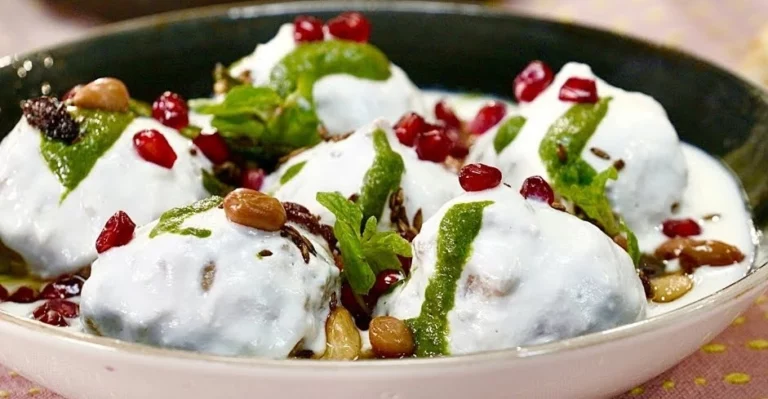
Preparation time 10 minutes Cooking time 20-25 minutes Serving 2 Ingredients For Batter ½ cup Barnyard Millet, 2 tbsp Curd, beaten, ¼ cup Sago pearl,
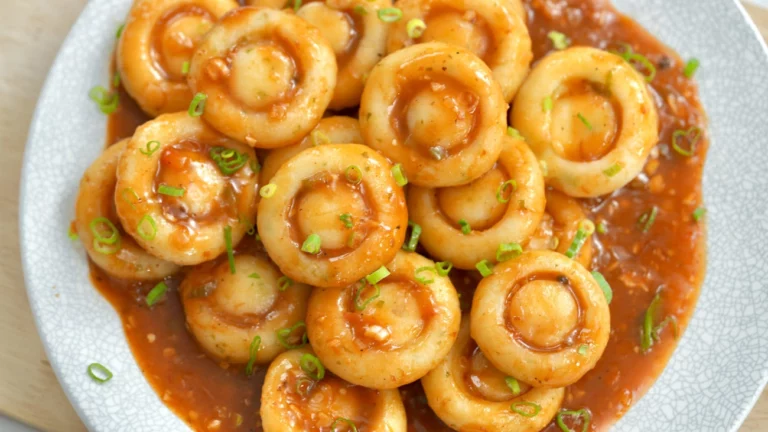
Ingredients For Potatoes Potato – 4 no or 460gm Salt – To taste Cornflour – 1 cup or 55 gm Spring Onions, Chopped – handful
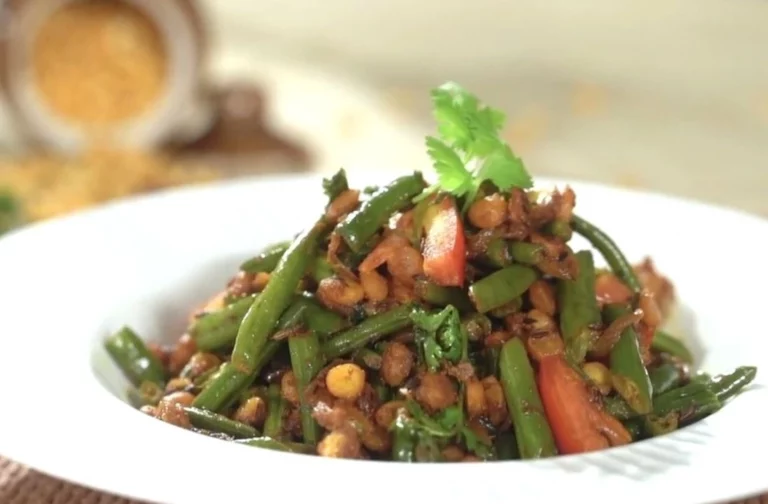
Ingredients : 2 tbsp Oil 1 tsp Cumin Seeds 1 inch Ginger – chopped ) 3 fresh Green Chillies – chopped 3-4 cloves Garlic –
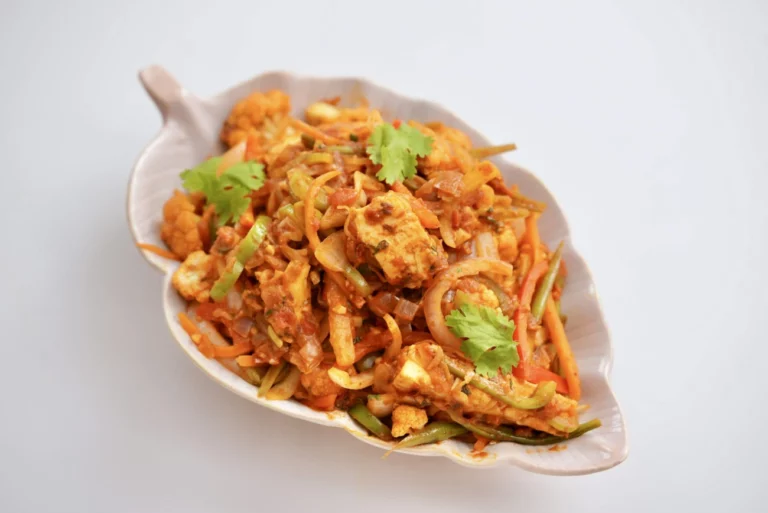
INGREDIENTS Ghee – 2 tbsp Cumin – 2 tsp Onion, Chopped – ½ Cup Ginger, Chopped – 1 tbsp Garlic, Chopped – 1 tbsp Green
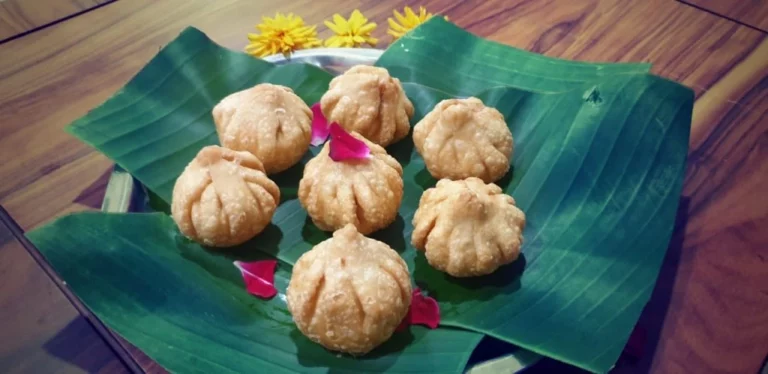
Preparation time 10 minutes Cooking time 10-15 minutes Serving 2-4 Ingredients For Stuffing 1 tsp Ghee, ½ tsp Sesame seeds, 3-4 Cashew nuts, chopped, 1
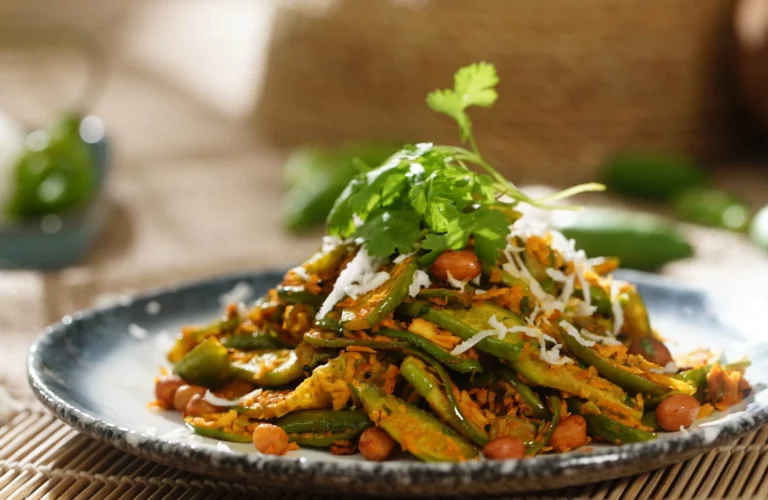
Preparation time : 10 minutes Cooking time : 20-25 minutes Servings : 2 Ingredients 2 tbsp Oil ½ tsp Mustard Seeds ½ tsp Cumin Seeds
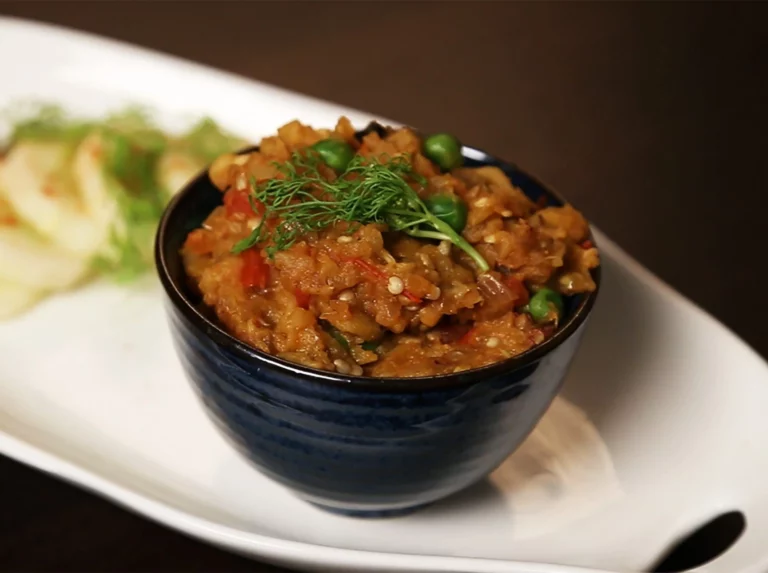
Baigan Bharta Recipe: How to make the best Baingan Bharta Recipe. Preparation time 10 minutes and Cooking time 20-25 minutes and Serving 2-4. So, The
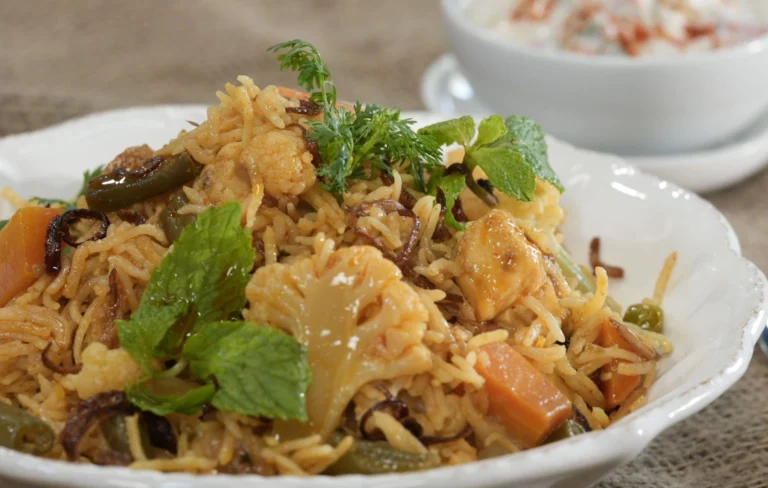
Ingredients: 𝗙𝗼𝗿 𝗕𝗶𝗿𝘆𝗮𝗻𝗶 Marination: 2 medium Carrot, chopped 10-12 French beans, chopped 1 ½ cups Cauliflower, florets 200 gms Paneer, cut into cube ⅓ cup

For Tandoori Mayo Dip Mustard oil – ⅓ cup Kashmiri Chilli powder – 1tbsp Hung curd – ¼ cup Mayonnaise – 4 tbsp Lemon juice
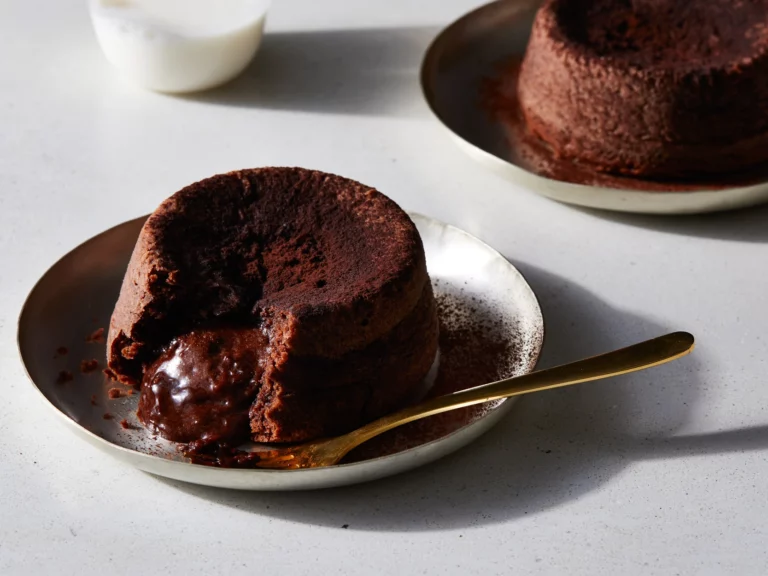
Preparation time 5 minutes Cooking time 5-10 minutes Serving 4-5 Ingredients For Wet Ingredients ½ cup Chilled Water 3 tbsp Oil 1 tsp Lemon juice

Preparation time: 10 mins+ cooling time Cooking time: 15 mins Serves: 4 Ingredients For Mango Rabdi 3 no Mango, medium size, peeled & cubed/ 1
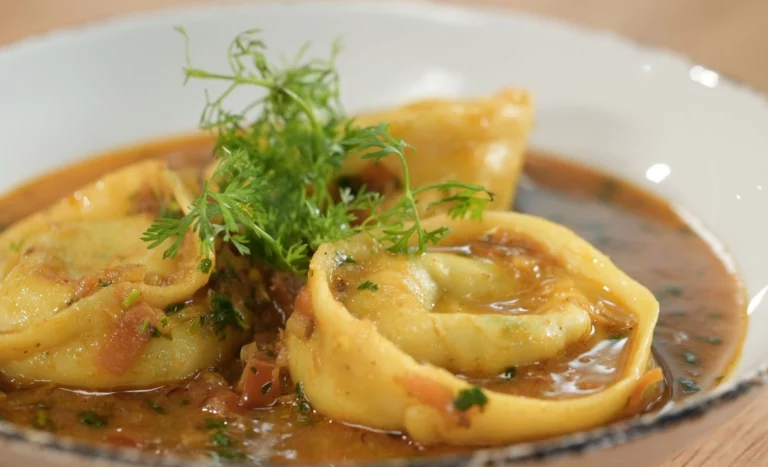
Preparation time 10 minutes Cooking time 15-20 minutes Serving 2 Ingredients For Dough 1 cup Refined flour, Salt to taste, 1 tsp Oil, Water as
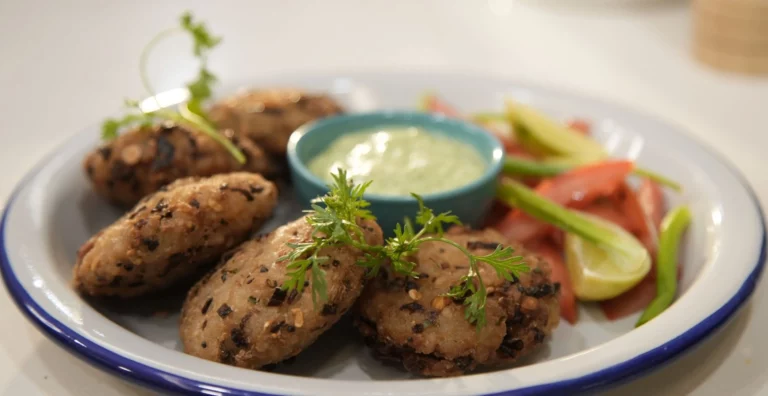
Preparation time 10 minutes Cooking time 20-25 minutes Serving 4 Ingredients 1.5 cups Pressed Rice (Poha), thick variety, Water, 2 tbsp Oil, 1 tbsp Chana
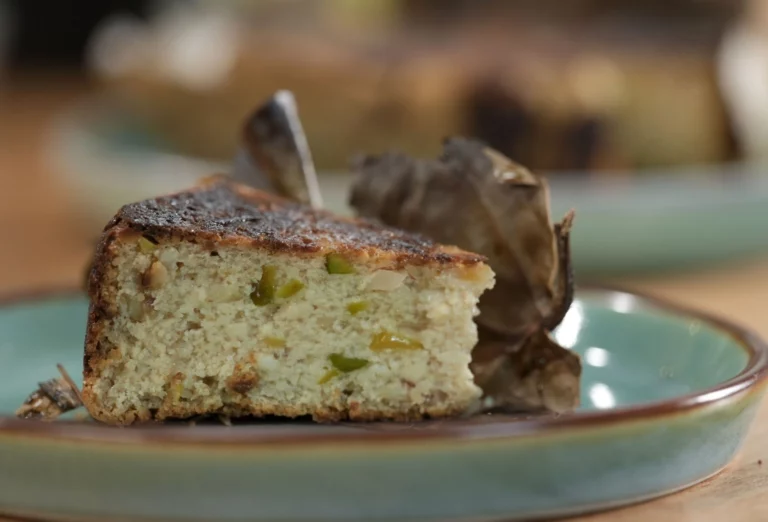
Ingredients (For Chhena) 2 ltr Milk , 1 – 2 Lemon juice, / 2 tbsp vinegar in 1/2 cup water (For Mixture) ½ cup Sugar
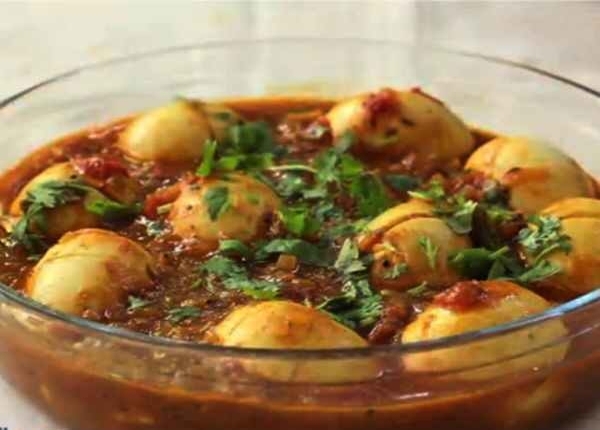
To take a stab at a new thing, then this recipe is a lifeline for you. Serve this lip-smacking dish at gatherings and family parties
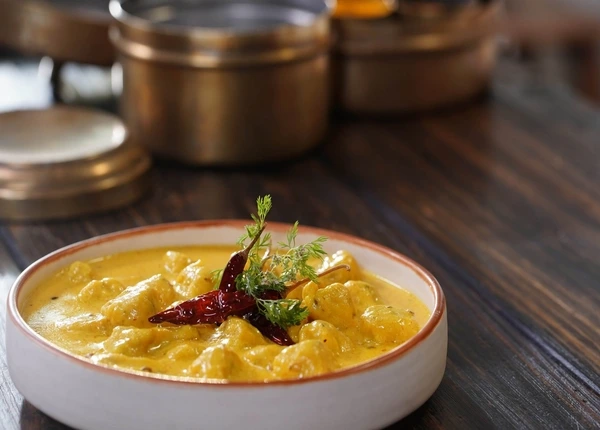
Preparation time 10 minutes Cooking time 20-25 minutes Serving 2 Ingredients: For Kadhi 1 cup Curd, beaten 2 cups Water Salt to taste 1 heaped
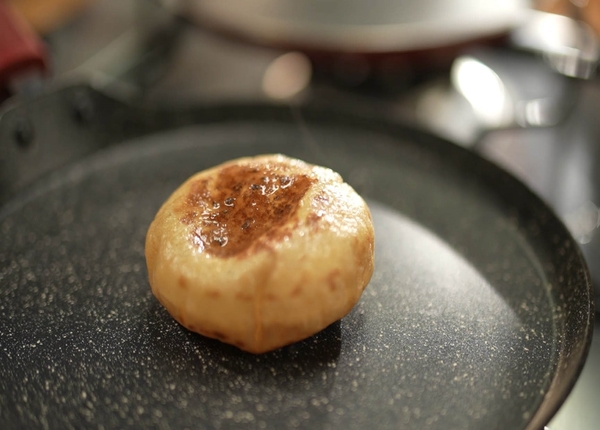
How to make paratha with liquid dough paratha recipe at home, So, complete guide here Ingredients of Liquid Dough Paratha Recipe For With Ghee Liquid
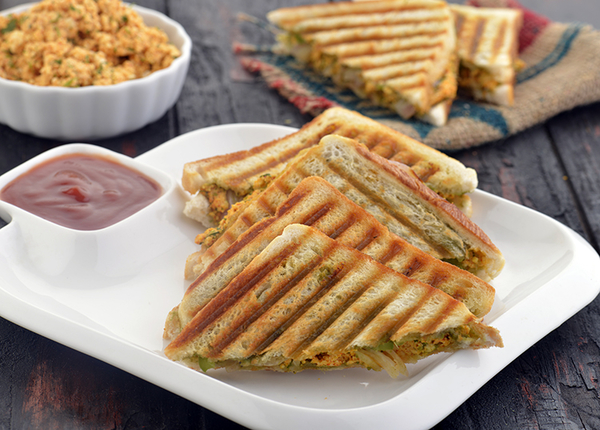
Paneer Sandwich is an easy-to-make breakfast recipe that you can make for your loved ones anytime, and it is truly delicious. Let’s check out the

Best Nariyal Paratha Recipe or Coconut Paratha Recipe are given and Nariyal Paratha is made from coconut, Water, wheat flour, and milk, all products are
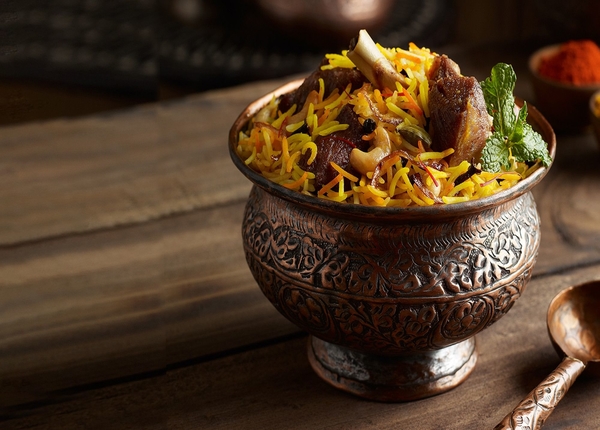
New Delhi [India]: Eid ul-Fitr marks the end of the holy month of Ramadan and is the first day of the month of Shawwal. So,
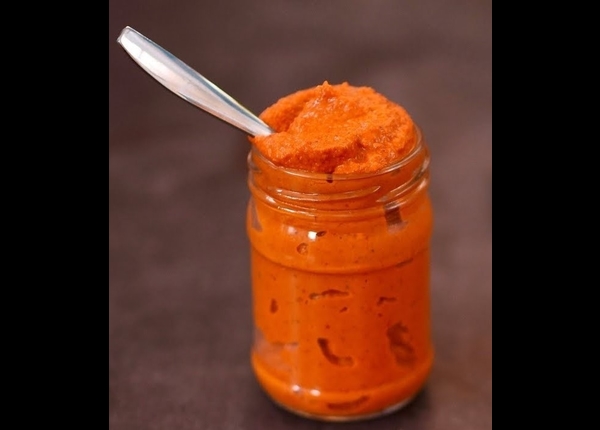
Chef Kunal Kapur shared a super Red Chutney Recipe and showed us how to make it at home. However, there is a caution about making
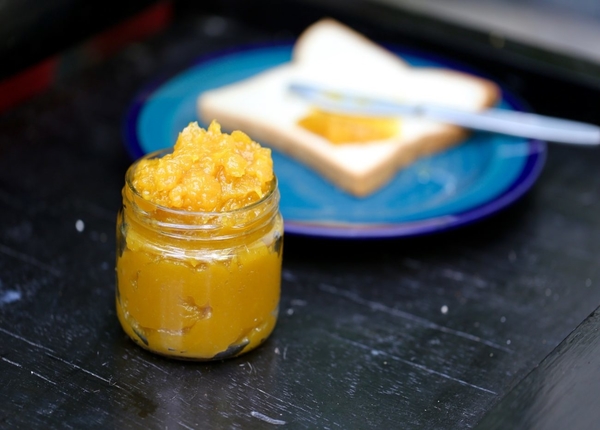
Chef Kunal Kapur shared a super easy & simple recipe for mango jam on his Instagram profile to make your breakfast more interesting. “Mango Jam
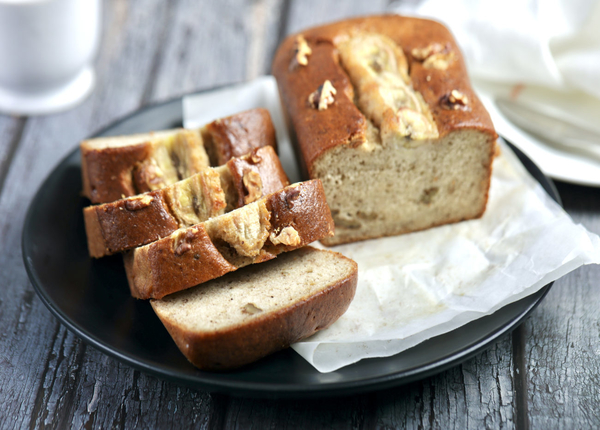
Ingredients Wet Ingredients Banana (medium) – 5nos (peeled 400gms approx) Sugar – 180g (¾cup + 2tbsp) Curd – 180gm (¾ cup) Oil/Melted Butter- 60gm (¼
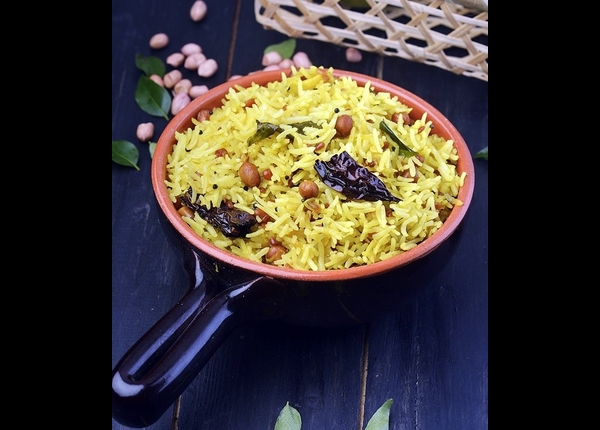
It’s that time of year again when cravings for mango delights are at an all time high as the mango season approaches because apart from
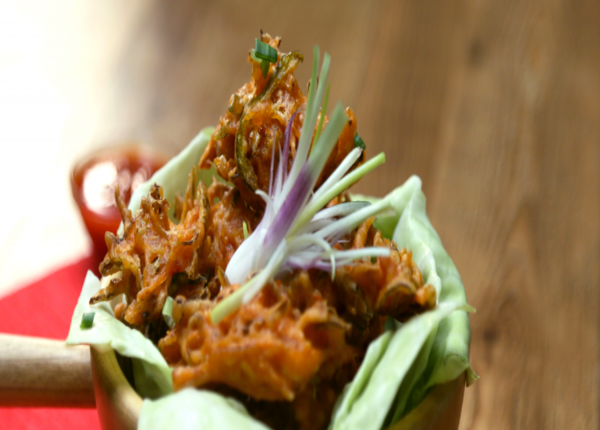
Chef Ranveer Brar shares simple recipe of schezwan pakoda recipe:- Prep Time: 15 minutes Cook Time: 15 minutes Ingredients For Mixture 1 Cup Cabbage, finely
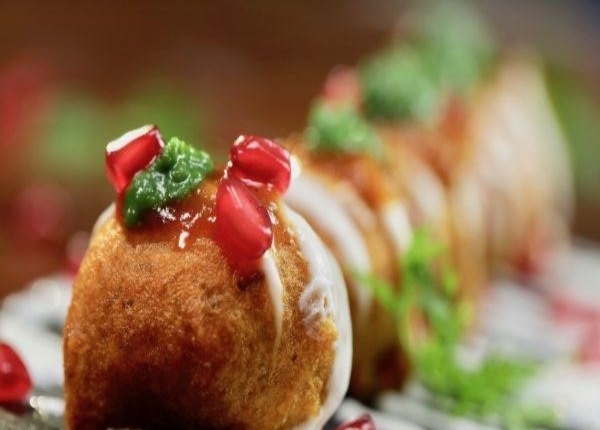
Chef Kunal Kapur shares super easy and fun recipe of Moong Dal Pakora Chaat recipe that can be made at home. Prep: 15 minutes Cook: 20

Maryland [US]: According to a new study by the University of Naples Federico II, blowing bubbles in dough bakes perfect yeast-free pizza. The findings of
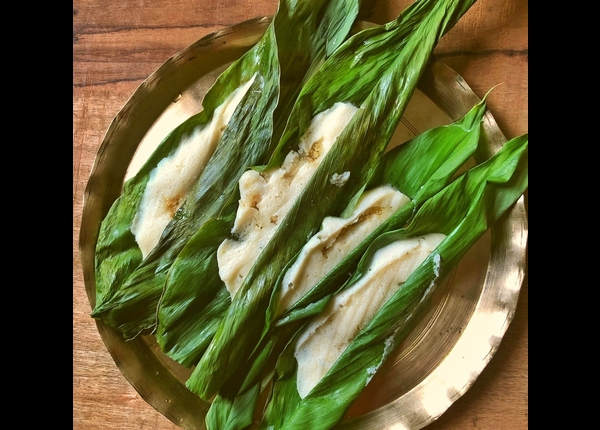
New Delhi [India], April 15 (ANI): Those who keep a sharp focus on the food scene have observed that fermented foods are at the confluence
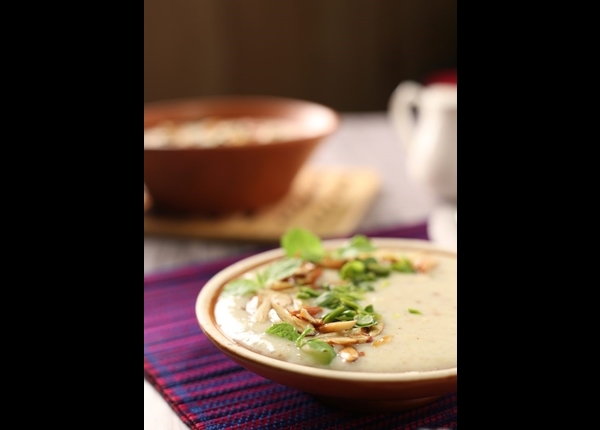
Prep Time: 15 minutes Cook Time: 45 minutes Ingredients 1 liter Milk 50 gms rice 30 gms sugar 150 ml condensed milk 1 tbsp ground
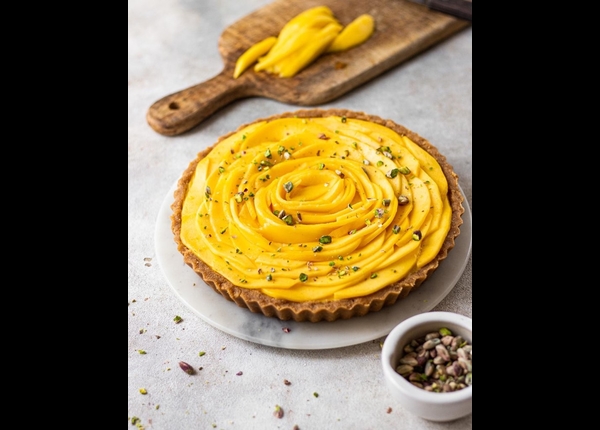
Baker Shivesh Bhatia shared a no-bake recipe of mango custard tart on his Instagram profile a day back and we cannot wait to make it already. Here’s
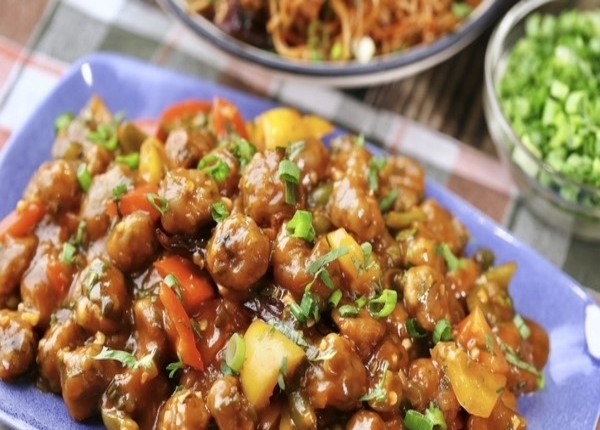
Preparation time 15 minutes Cooking time 20-25 minutes Serving 2Ingredients For Boiling Soya Nuggets 3-4 cups Water ½ tsp Sugar ½ inch Ginger, chopped 1
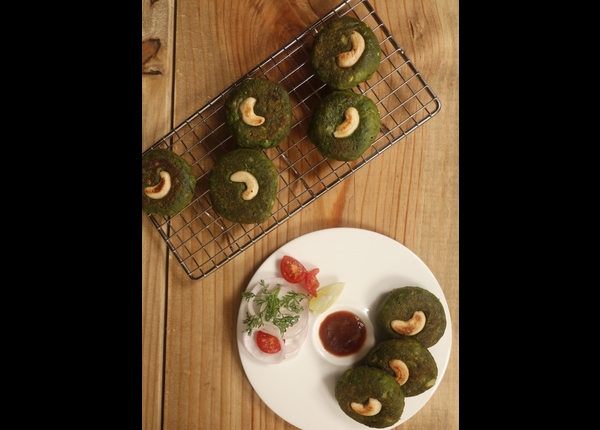
Prep Time: 15 minutes Cook Time: 1-19 minutes Ingredients For Green Paste 1 tsp olive oil ½ cup french beans ½ cup green peas ½
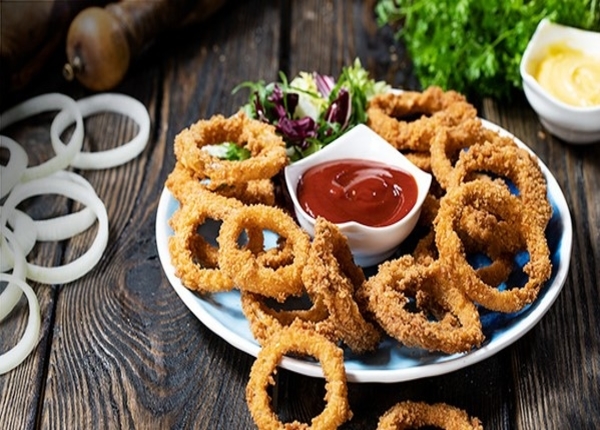
Festive occasions anywhere around the world seem incomplete without good food. We tend to look for easy snack ideas for our menus. Don’t we? And,
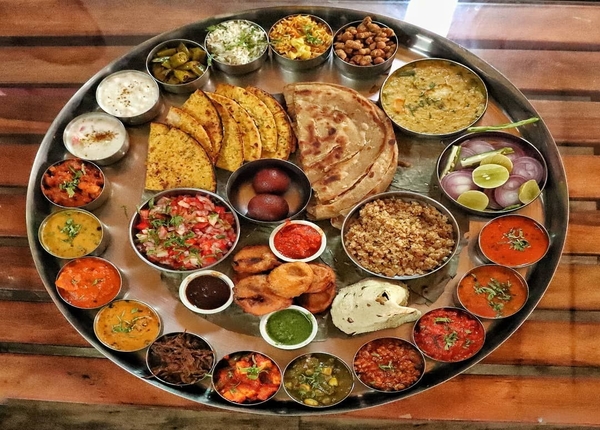
New Delhi [India], March 15 (ANI): There was a time when almost everyone in India ate out of a thali. The word derives from thaal,

Cold coffee can beat any season! Enjoy this classic cold coffee recipe by Chef Kunal Kapur. Ingredients 1 cup Milk (chilled) ½ tbsp Coffee Powder (instant) 1
You can start your day with this tasty, healthy, delicious instant oat dosa and team it with delicious tomato chutney. This recipe is suitable for
Everyone likes hot, crispy and spicy paratha with their favourite accompaniments like curd, pickle and salad. Here is a quick recipe of spinach cheese paratha
Missing the evening beachside or street side Bhel ? Here is the delicious recipe by Chef Ranveer Brar. Preparation time: 15 minutesCooking time: 25-30 minutesServing:
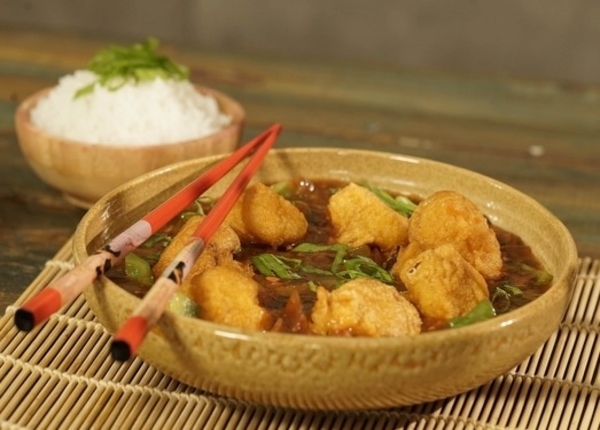
Make the best and super delicious Gobi Manchurian recipe at home with this simple recipe. Check out the recipe below: GOBI MANCHURIANPreparation time : 15
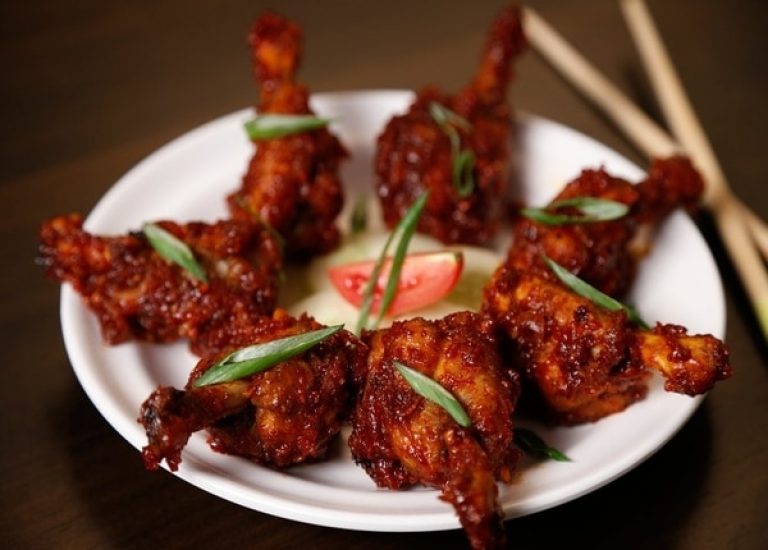
Chicken lollipop is an hors d’oeuvre popular in Indo-Chinese cuisine. A chicken lollipop is, essentially a frenched chicken winglet, wherein the meat is cut loose
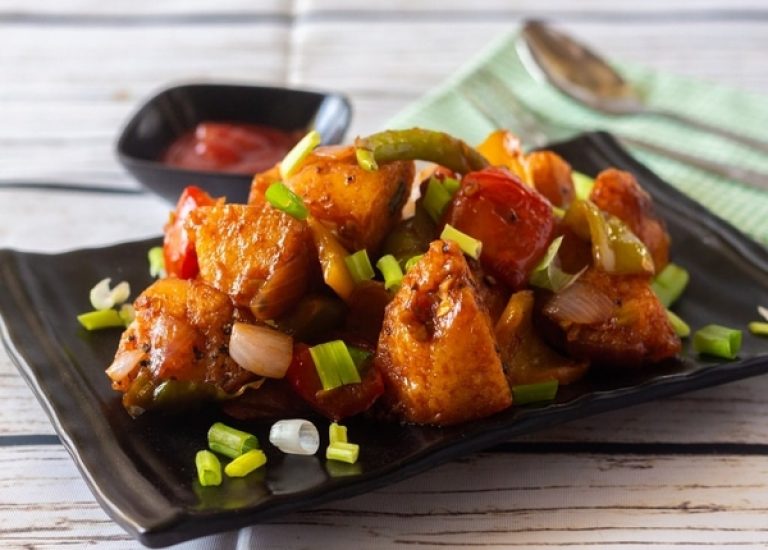
Chilli Idli is a delicious vegetarian snack prepared with leftover idli and vegetables stir-fried in Indian Chinese sauce. It is a quick and easy recipe,
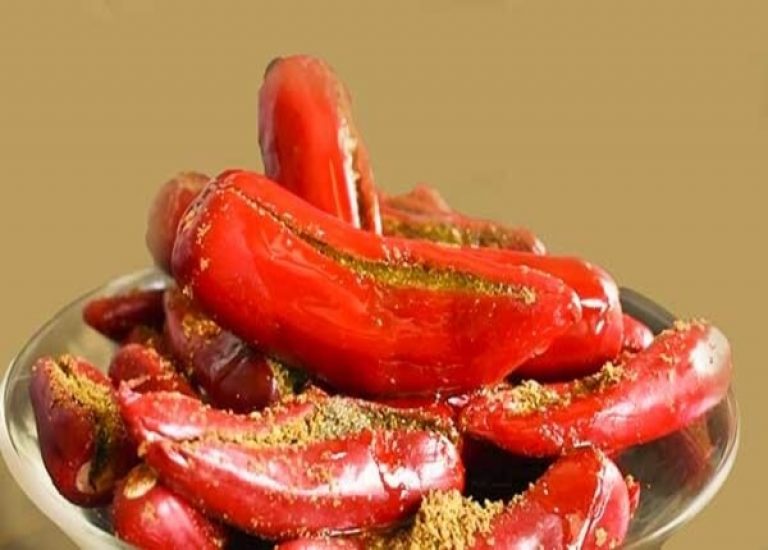
Pickles in India hold an important place and refer to a variety of recipes that can be enjoyed with bread and rice or simply as
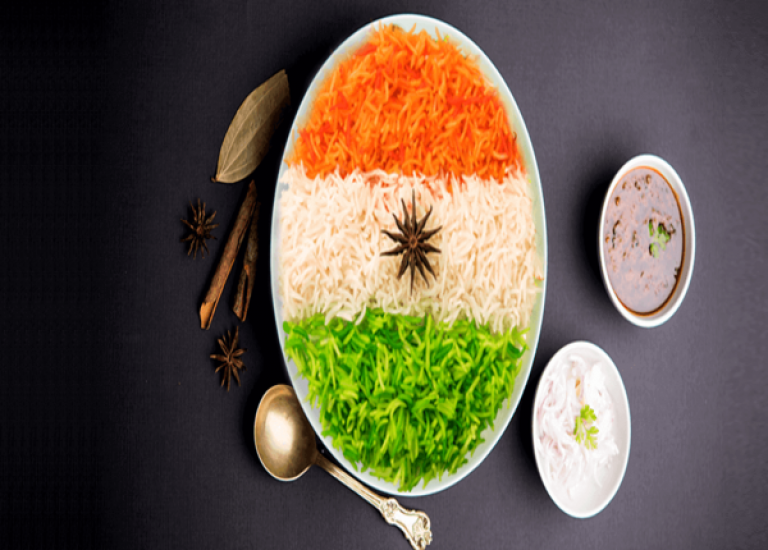
New Delhi [India], January 25 (ANI): No celebration in India is complete without special delicacies. And when it comes to commemorating a special day dedicated
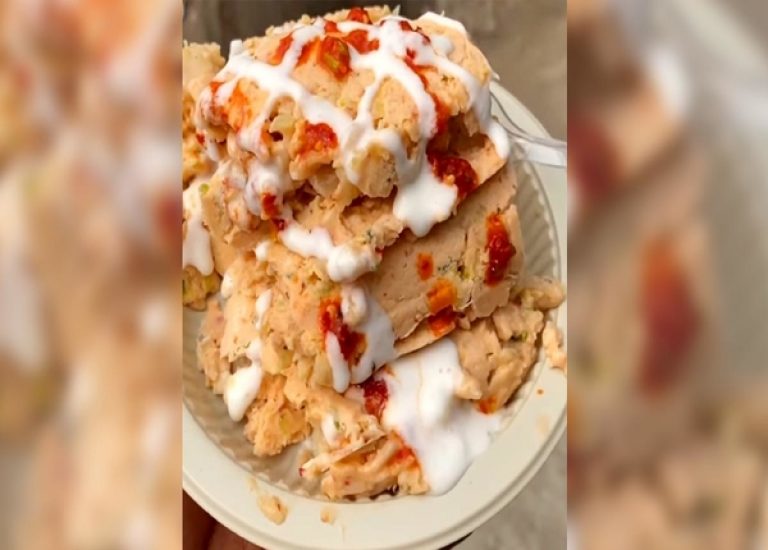
New Delhi [India], January 19 (ANI): After the viral masala dosa-ice cream trend that left netizens disgusted, the internet has a new bizarre food recipe
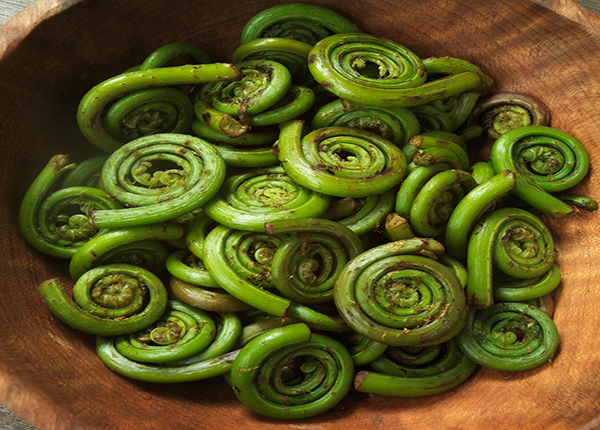
New Delhi [India], January 10 (ANI): Foraging food started as a vogue some ten years back–a push back to proliferating globalization and homogenization of food.
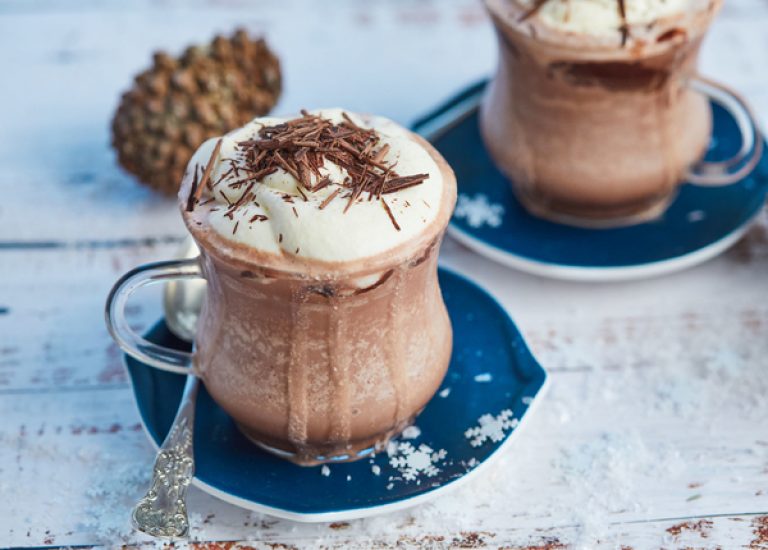
Who doesn’t like chocolate? On a winter evening, there is nothing better than sitting back with a cup of hot chocolate and be comforted by
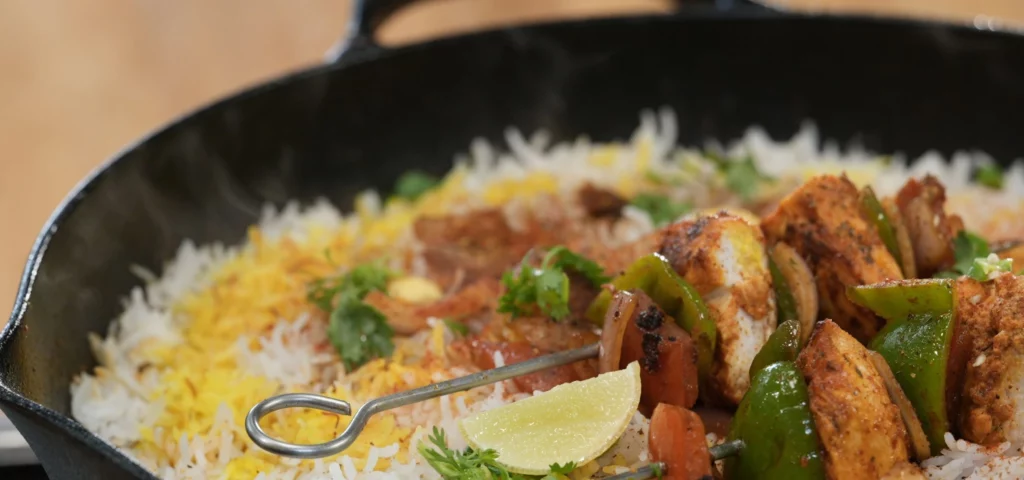
Ingredients: For Chicken Tikka First Marination ½ kg Chicken breast, boneless, cut into medium size, Salt to taste, 1 tsp Ginger Garlic paste, ½ Lemon
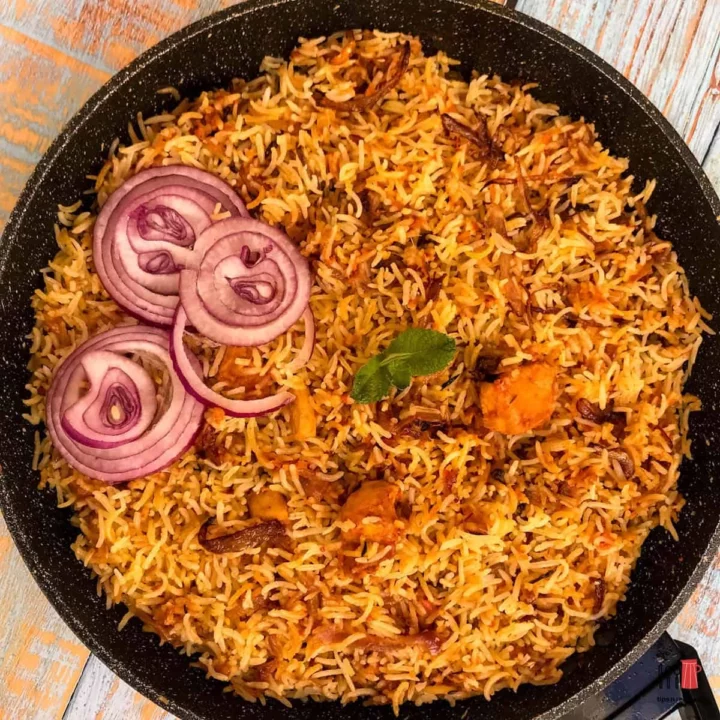
Lip-smacking recipe that you must try! Ingredients: 1½ cups Basmati rice, soaked for 30 minutes and drained 750 grams chicken, cut into 2 inch pieces
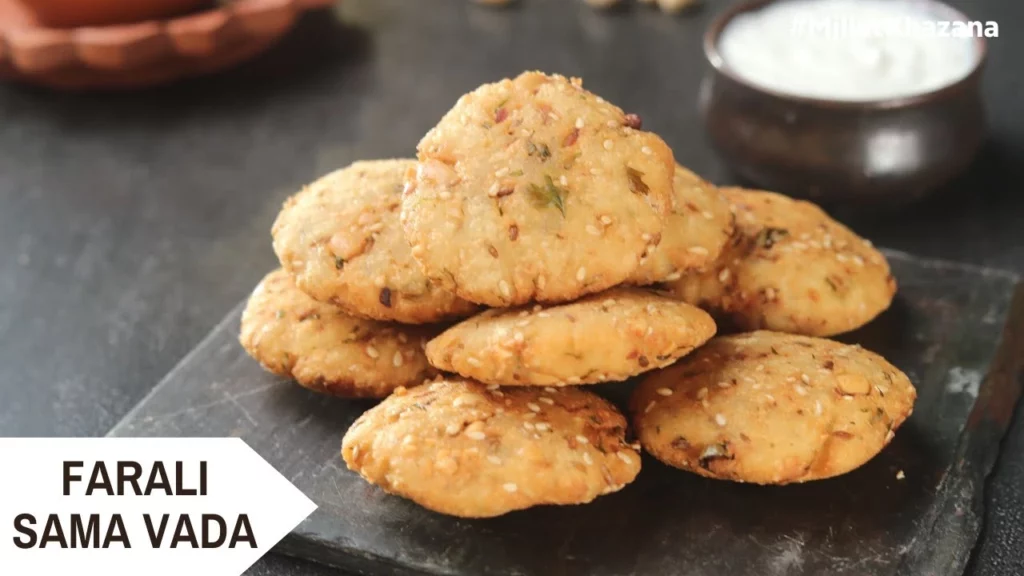
Easy-to-prepare fasting recipe that is not only tasty but also healthy and fulfilling! Ingredients: 1 cup barnyard millet (samo) flour 1 tsp ghee Rock salt
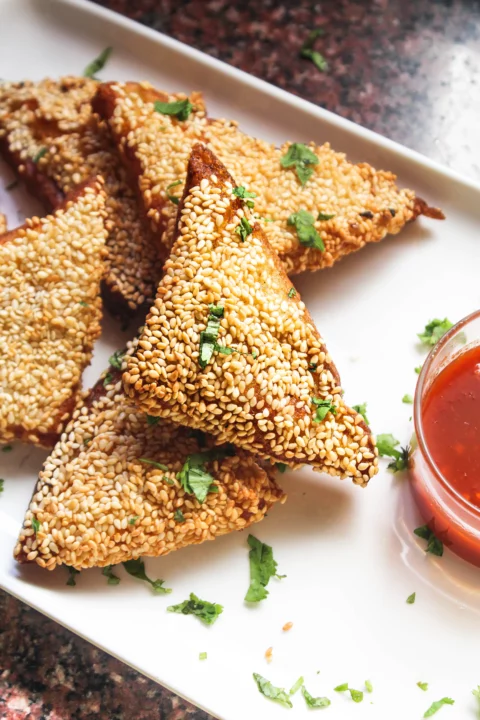
Preparation time : 15 minutes Cooking time : 15-20 minutes Servings : 2 Ingredients For Vegetable Sesame Mixture ¼ cup Sweet Corn Kernels – crushed
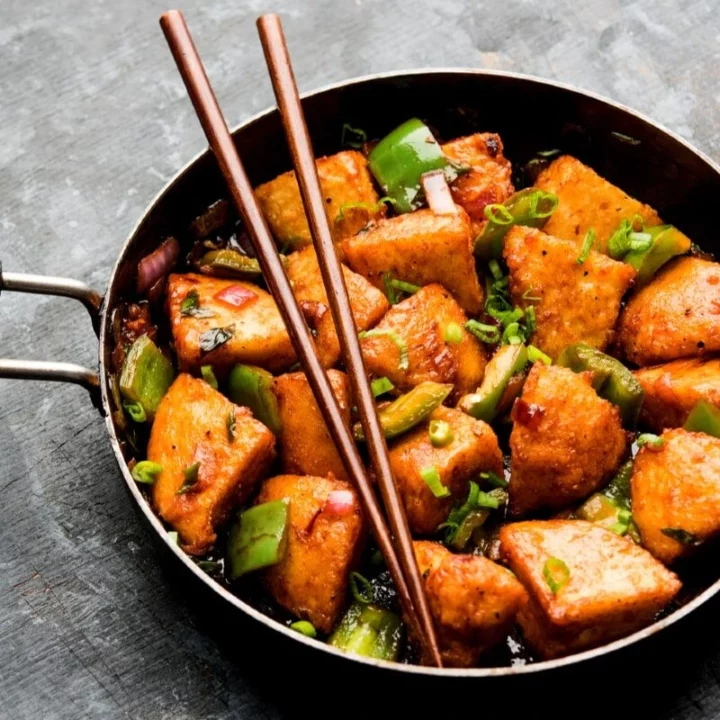
Ingredients: 3 heaped tbsp Butter 1 medium Onion – chopped 1 tsp Ginger-Garlic paste 1 heaped tsp Red Chillies & Garlic chutney 1 medium Tomato
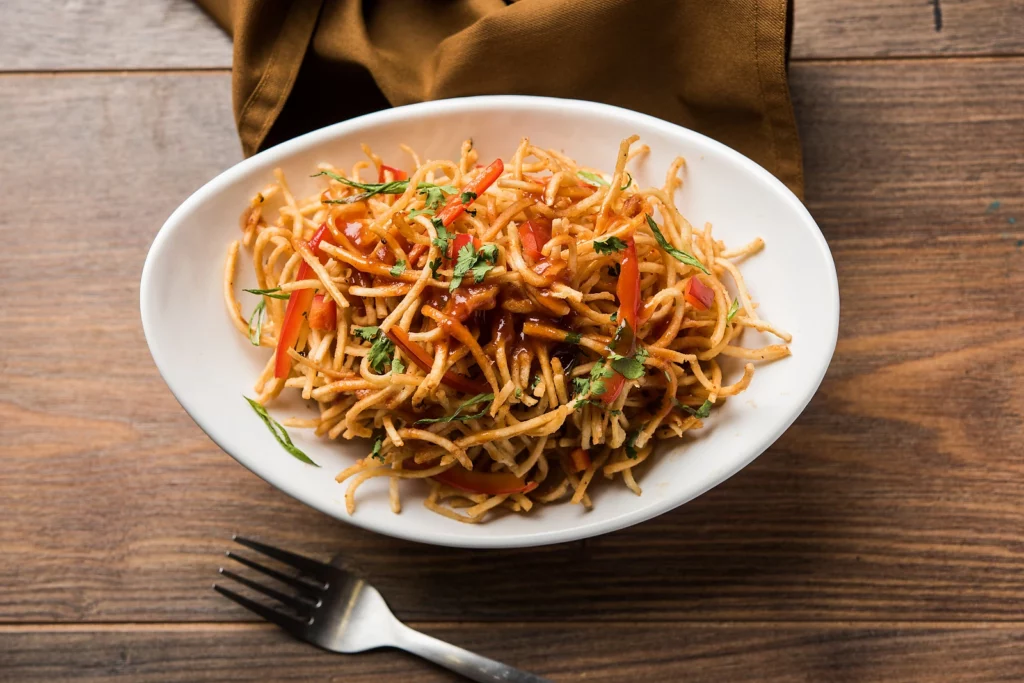
Preparation time : 15 minutes Cooking time : 20 minutes Servings : 2 Ingredients For Chinese Bhel ¼ medium Cabbage – shredded 1 small Carrot

Prep time: 10 minutes Cooking time: 1-2 minutes Serves: 6-7 roti Ingredients: Dough REFINED FLOUR 1.5 CUPS, WHEAT FLOUR 1/2 CUP, SALT, SUGAR 1 TSP
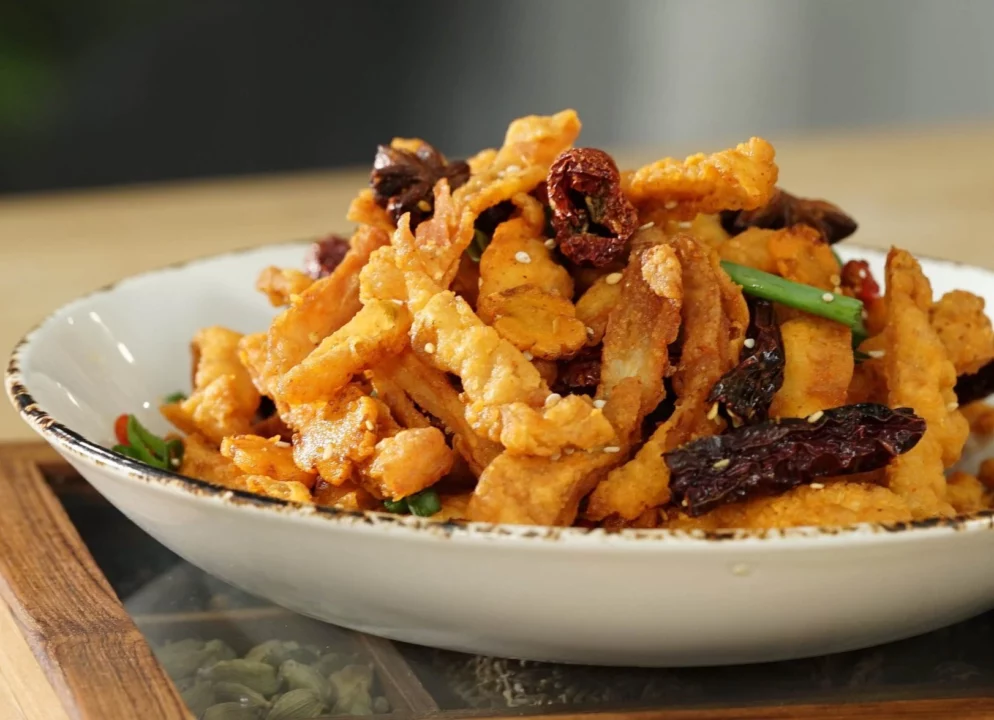
Prep Time: 10 minutes Cooking Time: 25 minutes Ingredients: 250 gms Chicken breast , (thinly slice into two) 2 no Egg 1 tsp Ginger Garlic

Baby Corn Chilli is spicy & delicious at the same time!! Are you a baby corn lover? In boiling water add SALT TO TASTE BABY

Egg Masala Preparation time : 15 minutes Cooking time : 25-30 minutes Servings : 2 Ingredients 2-3 tbsp Oil 1 tsp Mustard Seeds 1 sprig
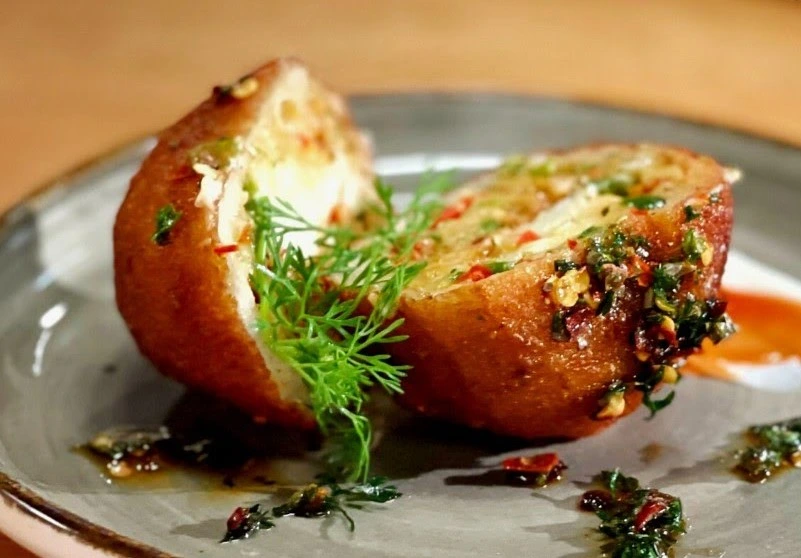
Preparation time 10 minutes Cooking time 20-25 minutes Serving 4 Ingredients For Stuffing 2 tbsp Oil , 1 inch Ginger, chopped , 2 Garlic cloves,
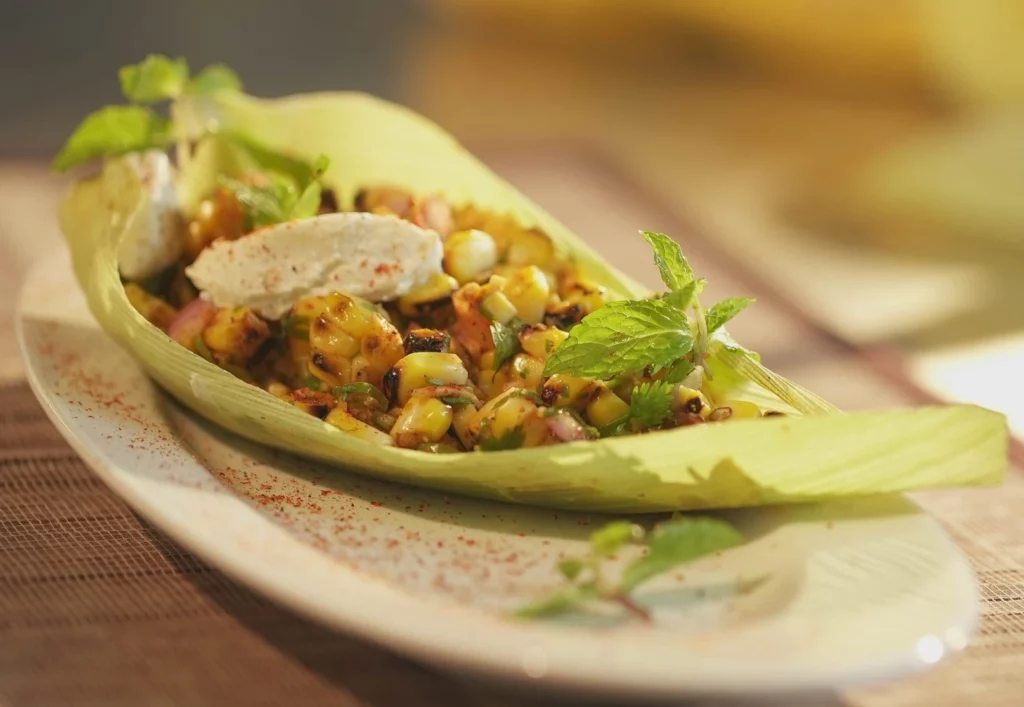
Preparation time 10-15 minutes Cooking time 25-30 minutes Serving 2-4 Ingredients 1 inch Ginger, chopped, 3 fresh Green chilli, chopped, 2 tbsp Coriander leaves, chopped,

Preparation time 10 minutes Cooking time 15-20 minutes Serving 2 Ingredients For Red Chilli Chutney 2 tbsp Oil, ¼ tsp Fenugreek seeds, 1 tsp Cumin
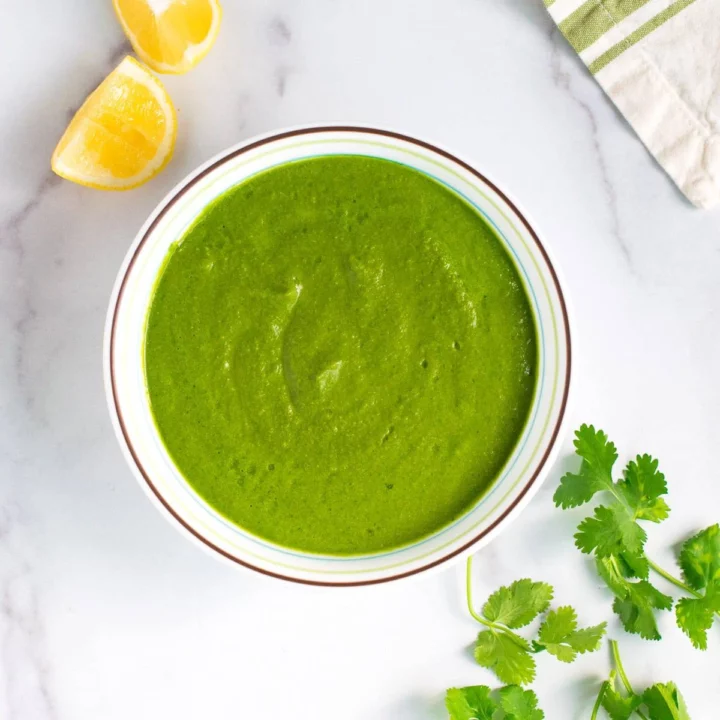
In a mixer grinder jar add FRESH CORIANDER 1/2 CUP MINT 1/2 CUP GREEN CHILLI 2 NOS. GINGER 1/2 INCH GARLIC 2-3 CLOVES ROASTED CHANA

Preparation time : 15 minutes Cooking time : 25-30 minutes Servings : 2 Ingredients For Marinating Mutton Mince 500 gm Mutton Mince 1 cup Curd
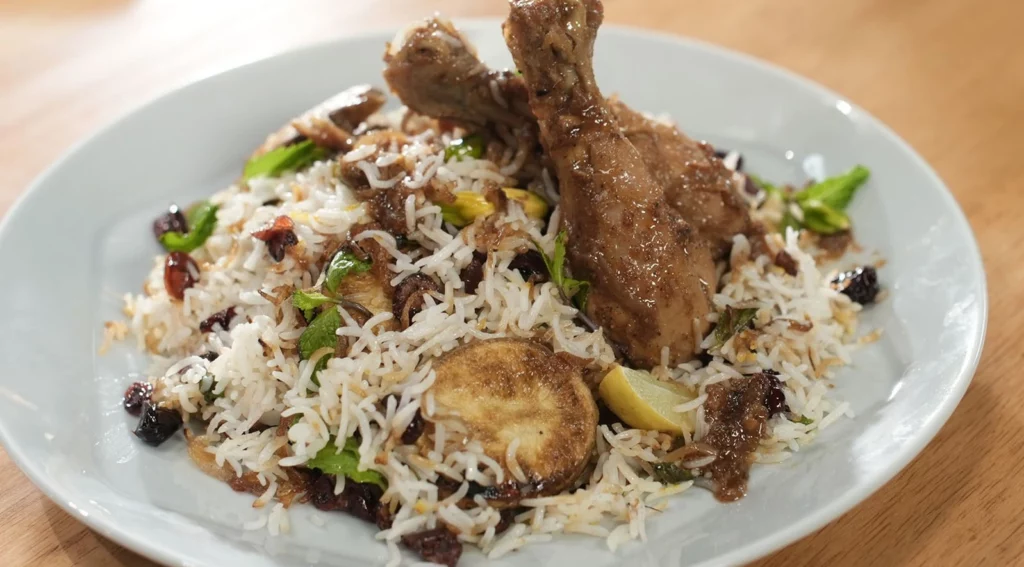
For Marination 1 kg Chicken, curry cut, Salt to taste, 1 tsp Ginger Garlic paste, For Cooking Rice Water as required, Salt to taste, ¼

Preparation time : 15 minutes Cooking time : 20-25 minutes Servings : 2 Ingredients 500 gm Chicken Mince 1 tsp Ginger-Garlic Paste 2-3 fresh Green

Crispy, crunchy, and a perfect party snacker! Treat yourself with this delicious Veg Lollipop! In a pan hot pan, add OIL 1 TBSP GINGER 1
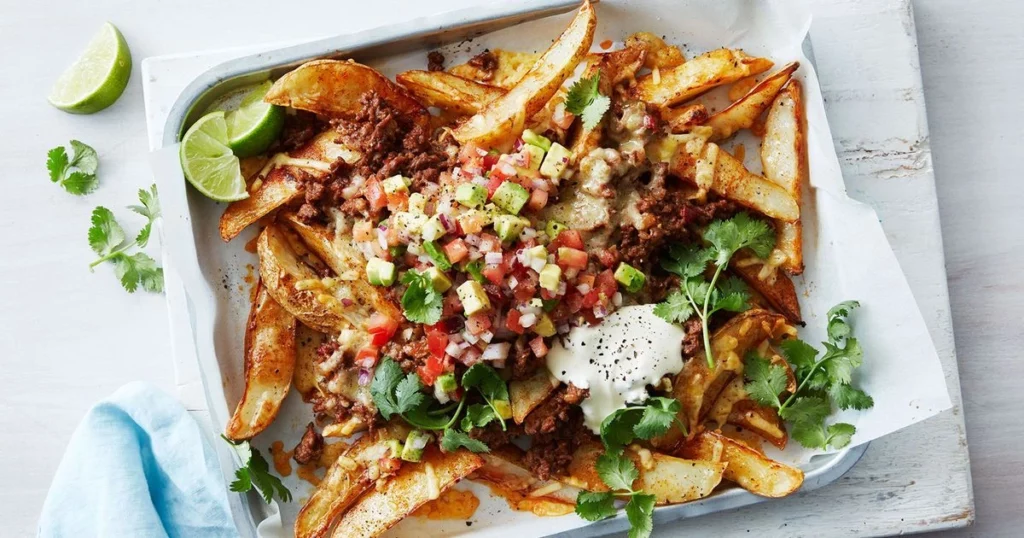
Preparation time : 15 minutes Cooking time : 25-30 minutes Servings : 2-4 Ingredients 2-3 medium Potatoes – cut in wedges Salted Water 1 tsp

Preparation time 10 minutes Cooking time 25-30 minutes Serve 2 Ingredients For Gravy 2 tbsp Ghee, 1 tbsp Oil, ½ inch Cinnamon stick, 2 Bay
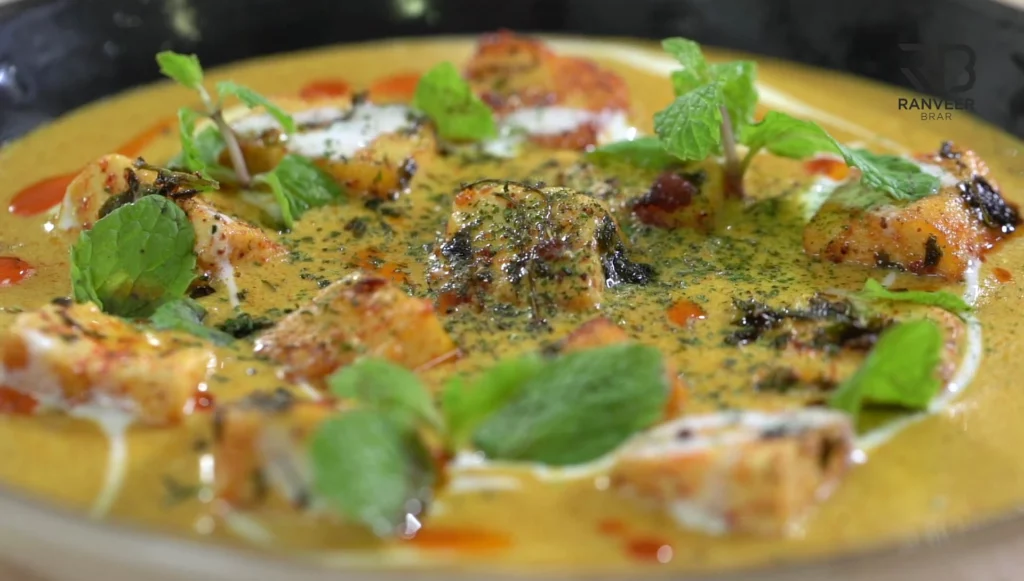
Preparation time 15 mins Cooking time 20 mins Serves 4 For marination 500 gms Paneer 1 tbsp oil Salt to taste 1 tsp Bedgi chilli
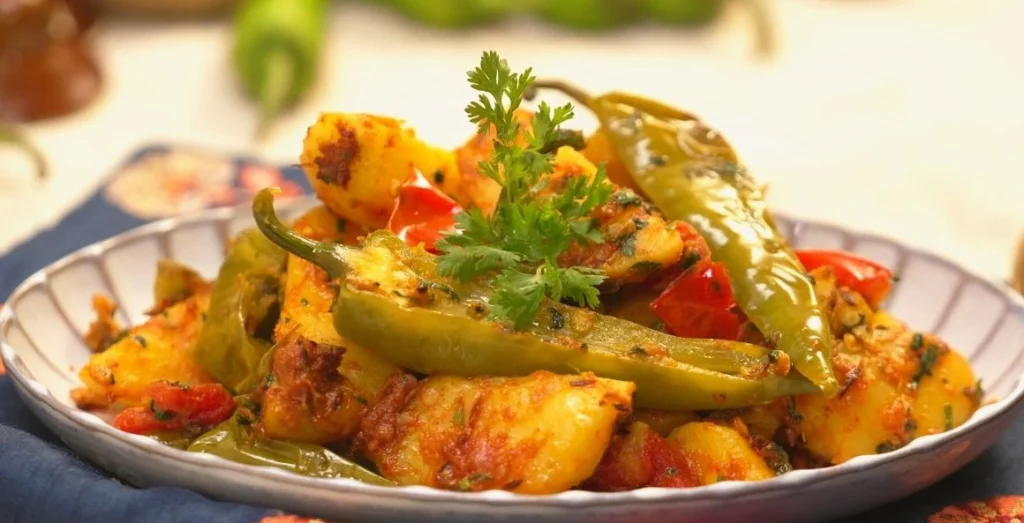
Preparation time 10 minutes Cooking time 15-20 minutes Serve 2 Ingredients For Ginger Garlic Paste 1 inch Ginger (peeled & slice) 2-3 Garlic cloves,(optional) 1
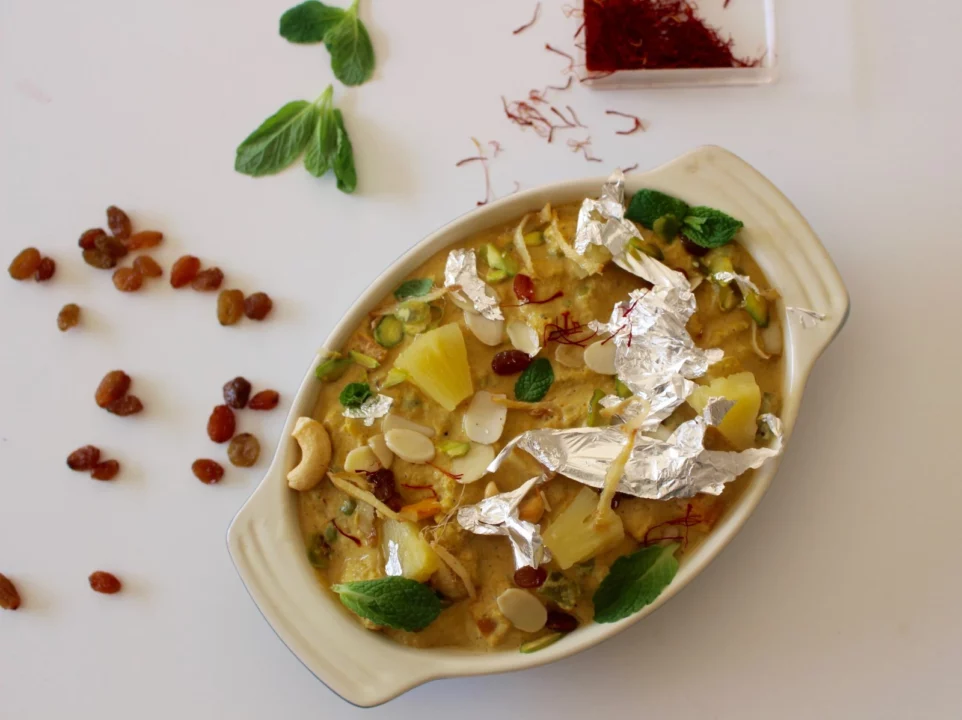
Preparation time 10-15 minutes Cooking time 25-30 minutes Serve 2-4 Ingredients For Navratan Korma 2 ½ tbsp Ghee, ½ tsp Cumin seeds, 2 medium Potatoes,
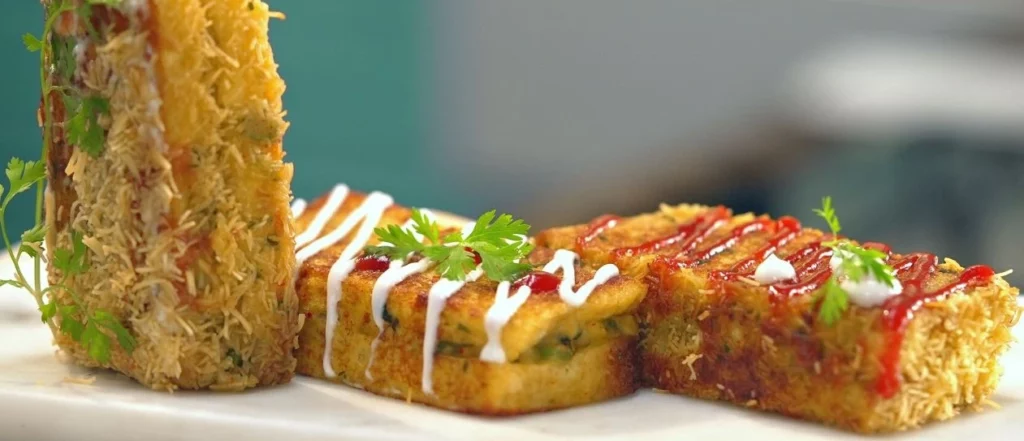
Preparation time 10 minutes Cooking time 20-25 minutes Serve 2 Ingredients For Egg Mixture 8 no. Whole eggs, Salt to taste, ¼ tsp Turmeric powder,

Healthy and easy to make til recipes that you must try! Ingredient: Soaked sesame seeds 1cup Til and peanut chikki 1cup Ghee 1cup Jaggery water
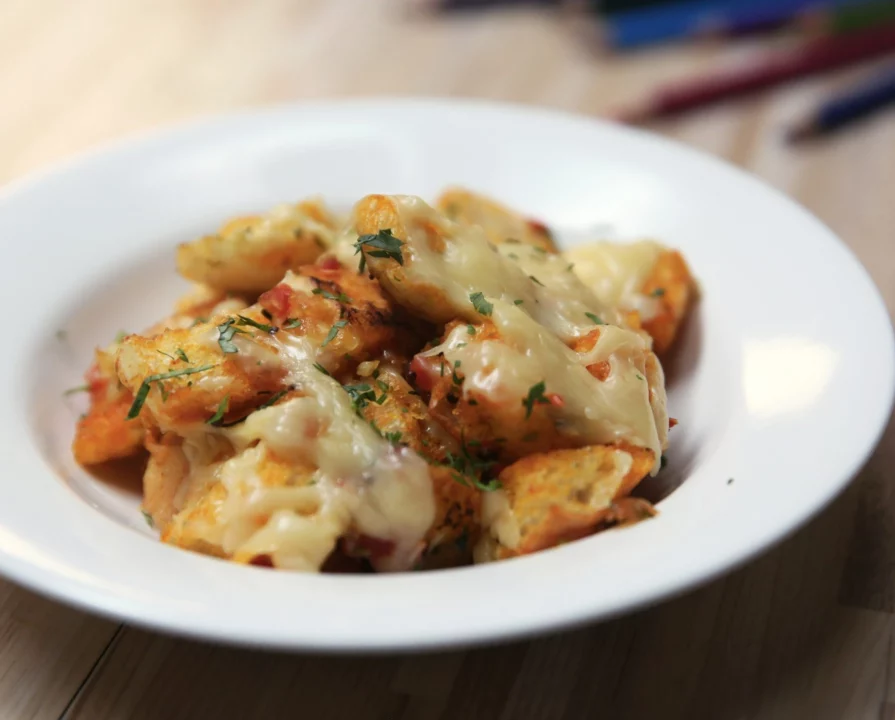
Prep Time: 10 minutes Cook Time: 10 minutes Ingredients 4 laadi pav/ bread slices, cut into small cubes 1 tbsp Oil ½ tsp Mustard Seeds/Rai
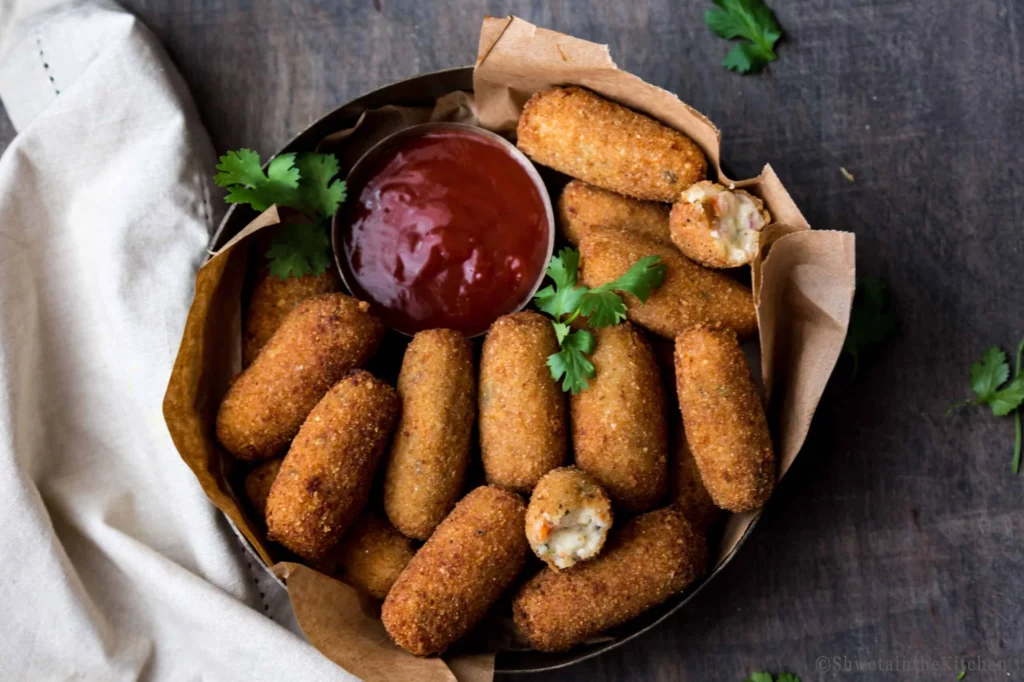
Swapnadeep Mukherjee, Executive Chef, The Metropolitan Hotel & Spa shares ‘Vegetable Croquets Recipe’ that you must enjoy! Ingredients Potatoes – 250 gm Cabbage – 50
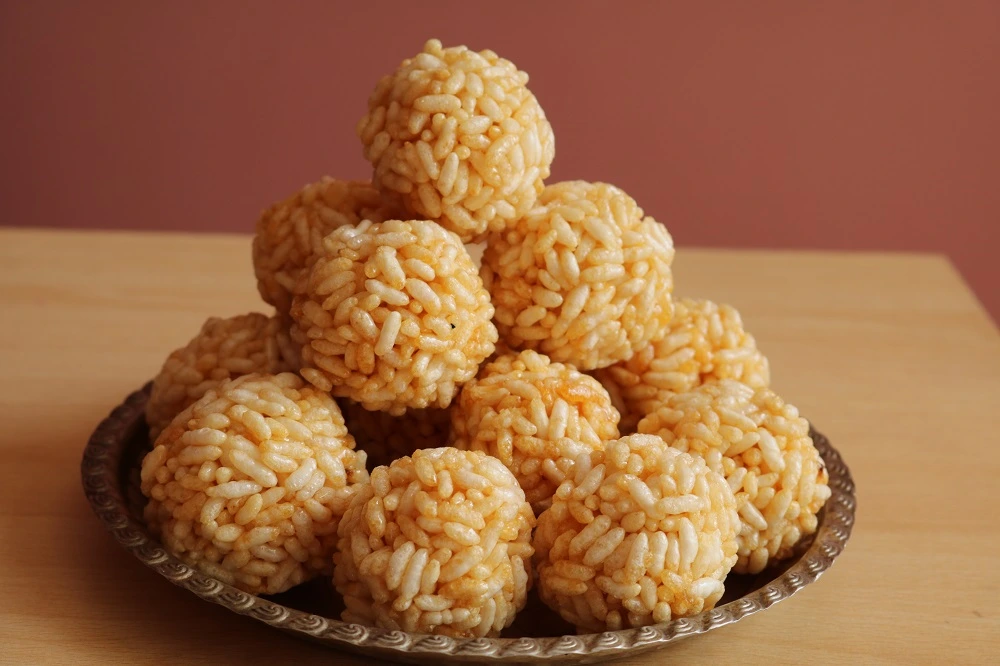
Preparation time 10 minutes Cooking time 15-20 minutes Serving 2 Ingredients 2 cups Puffed rice, 1 tbsp Ghee, 5-6 Almonds, chopped, 5-6 Cashewnut, chopped, ¾
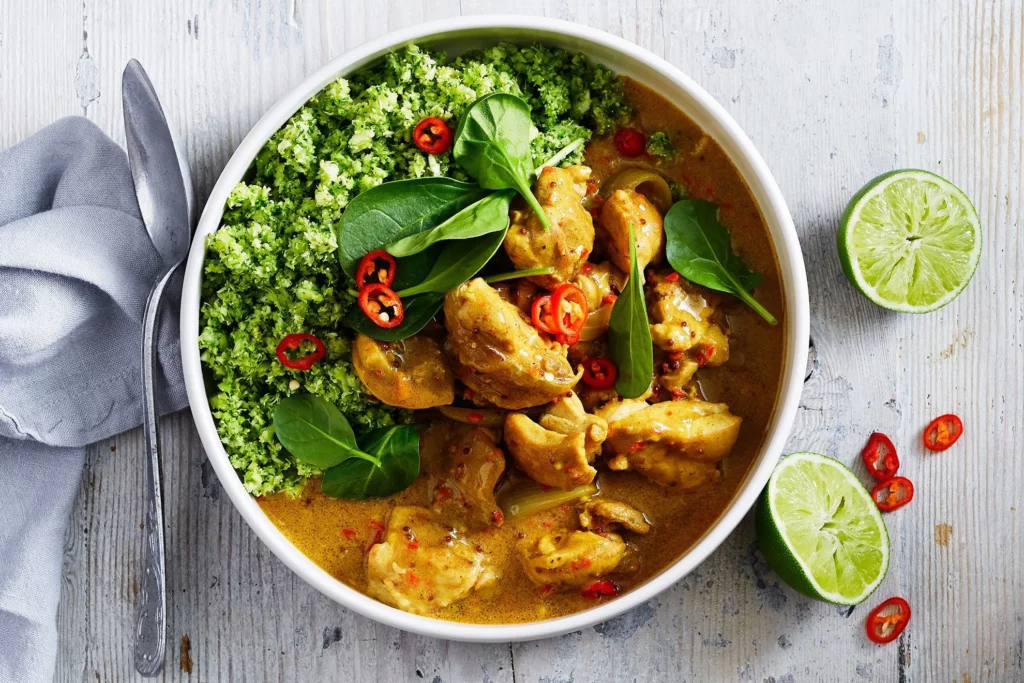
Ingredients: 750 grams chicken, cut into 2 inches on the bone 4 tbsps full-fat yogurt 2 tsp red chilli powder Salt to taste ½ tsp

INGREDIENTS 2 entire boiled eggs 1 cup whole wheat flour 1 tablespoon oil/ghee ¼ tsp ginger garlic paste ¼ tsp floor coriander seeds ¼ tsp
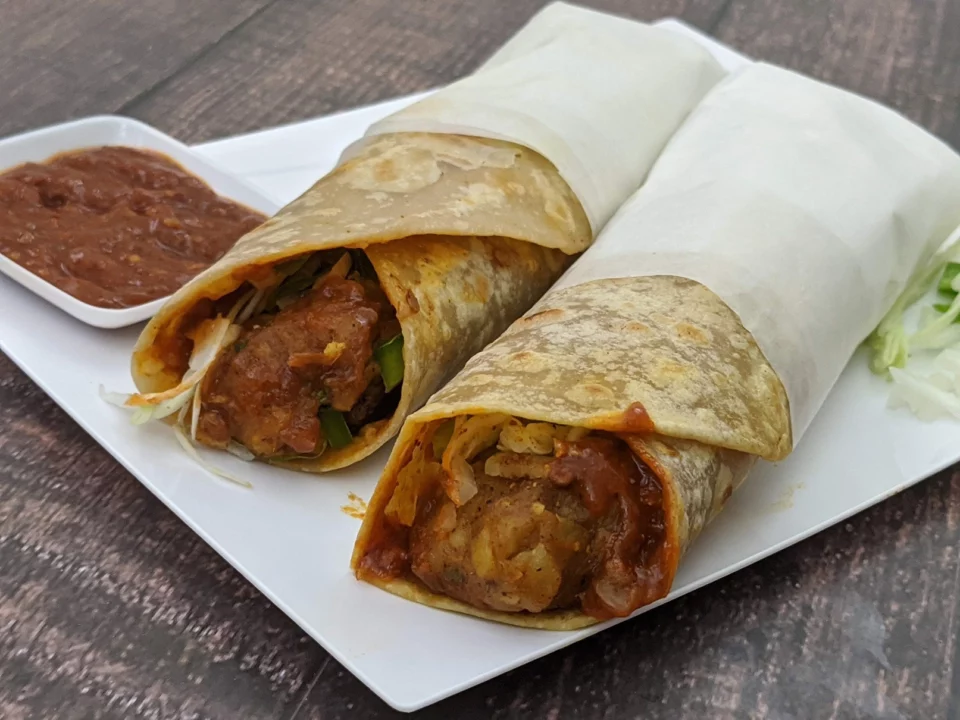
Preparation time 10-15 minutes Cooking time 25-30 minutes Serve 2 Ingredients For Chili Paste 10-12 no. Kashmiri dry red chillies, deseed, 2 tbsp Oil, 7-8
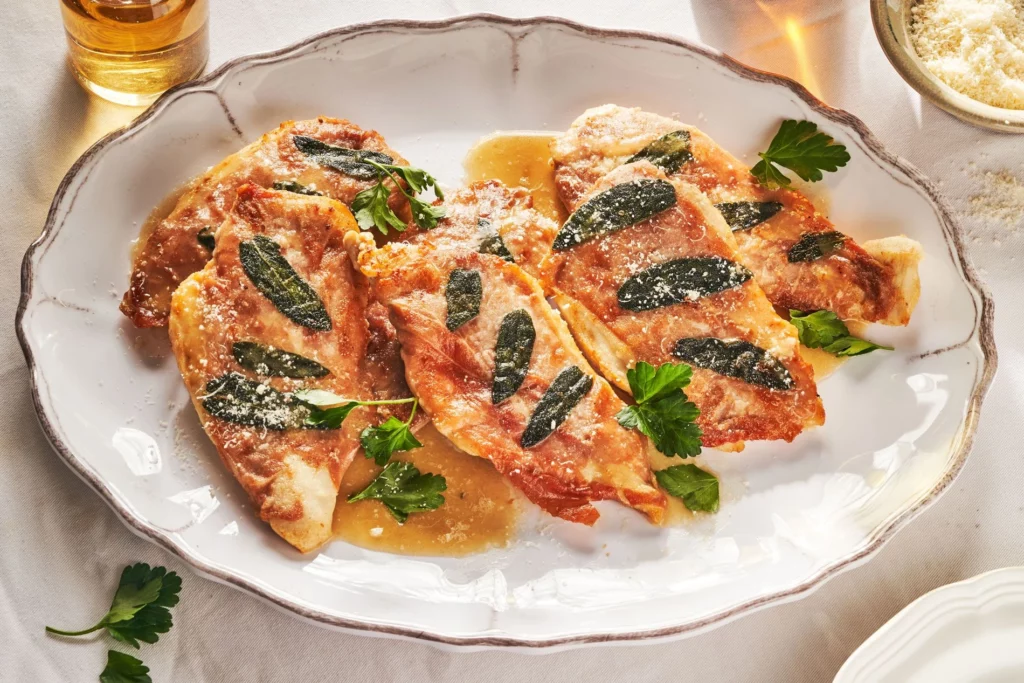
The New Year celebrations are a time for pleasure, incredible pomp and display and suitable meals spread across the table. Try out this delicious recipe!
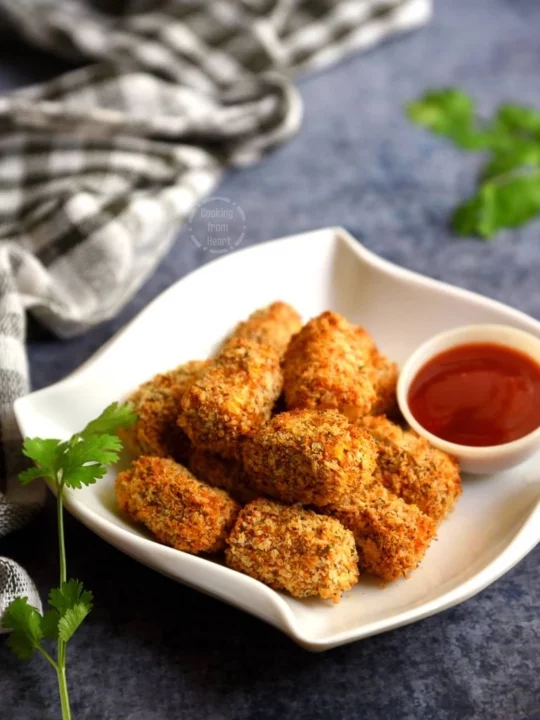
Prep time: 16-20 minutes Cook time: 6-10 minutes Serve: 4 Ingredients: Cottage cheese (paneer) cut into 1/2 inch cubes 50 grams Dried breadcrumbs 1 cup Salt to

Check out some lip-smacking snacks to make the festival special! Prep time: 20 minutes Cook time: 15 minutes Ingredients: Cooked Chopped Spinach – 400 g Almond flakes
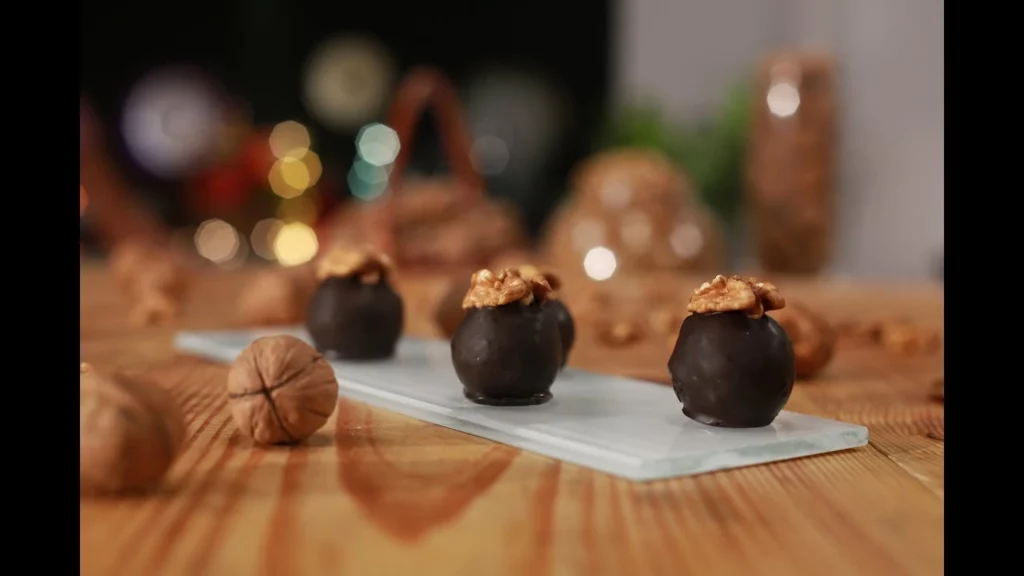
Try this ‘Chocolate Walnut Crunchies’ Recipe by Chef Sanjeev Kapoor! Ingredients: 2½ cups chopped dark chocolate 1½ cups chopped California walnuts 1 cup fresh cream
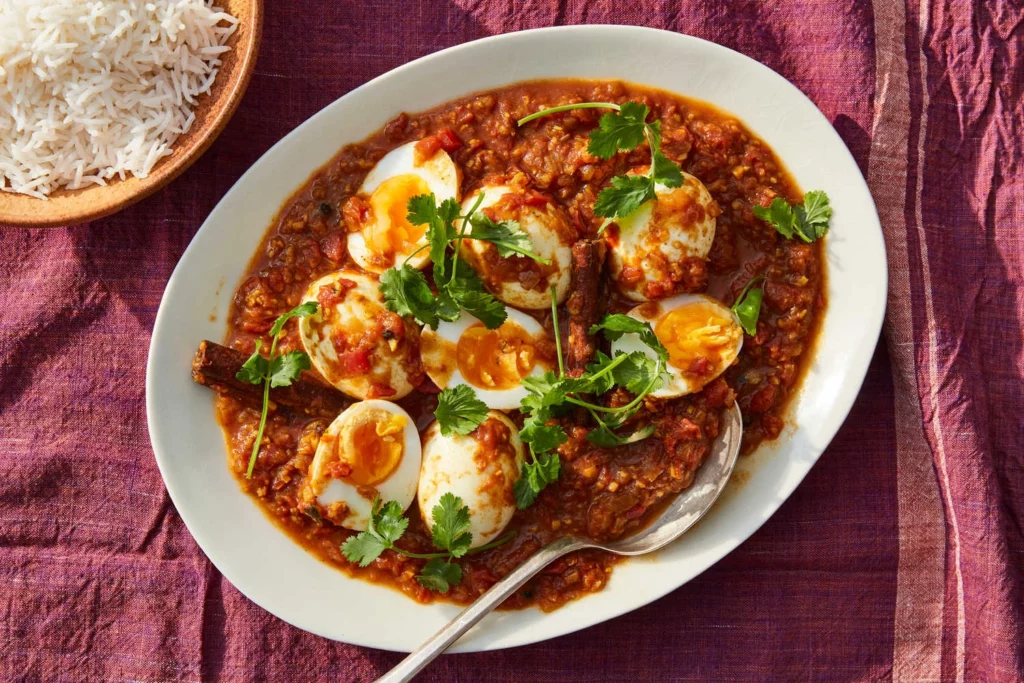
Try this delicious ‘Spicy Egg Curry’ recipe by Chef Ranveer Brar! Preparation time 10 minutes Cooking time 20-25 minutes Serve 2 Ingredients For Boiling Eggs
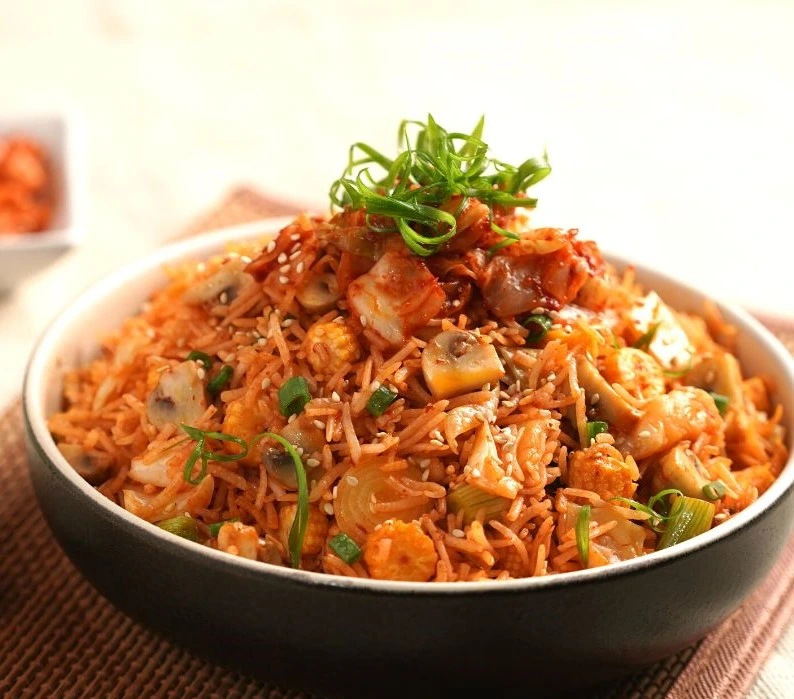
Try this ‘Veg Korean Fried Rice’ recipe by chef Ranveer Brar! Ingredients For Kimchi 1 medium Cabbage, dice, Salt to taste, 2 heaped tbsp Prepared

Try this ‘Christmas Fruit Cake Recipe’ by Chef Ranveer Brar! Ingredients 180 gm Butter 180 gm Sugar 2 tbsp Tutti fruiti 1 tsp Vanilla essence

Washington [US]: As Christmas gets nearer, we cannot help but consider all the tasty cakes, delicious sweet cuisine, and food items to savor this festive

Try this ‘Minestrone Soup Recipe’ by Chef Ajay Chopa! Ingredients olive oil 2to3 tbsp carrots small dices 1/4 cup garlic chopped 2 tbsp bay leaf
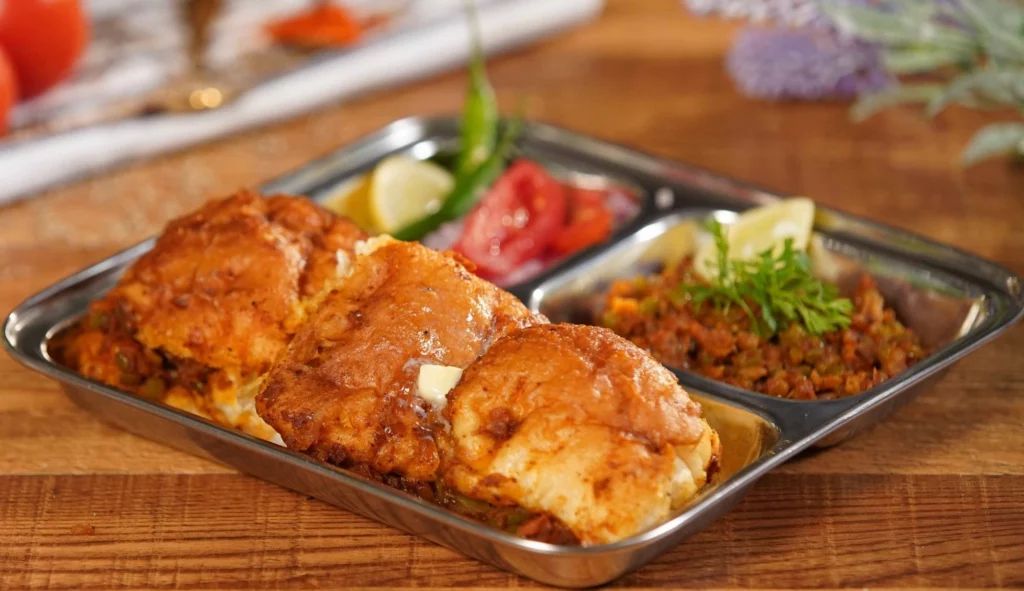
Try this easy ‘Masala Pav Recipe’ by Chef Ranveer Brar! Ingredients 1 medium Onion, chopped 2 medium Tomatoes, finely chopped 1 medium capsicum, finely chopped
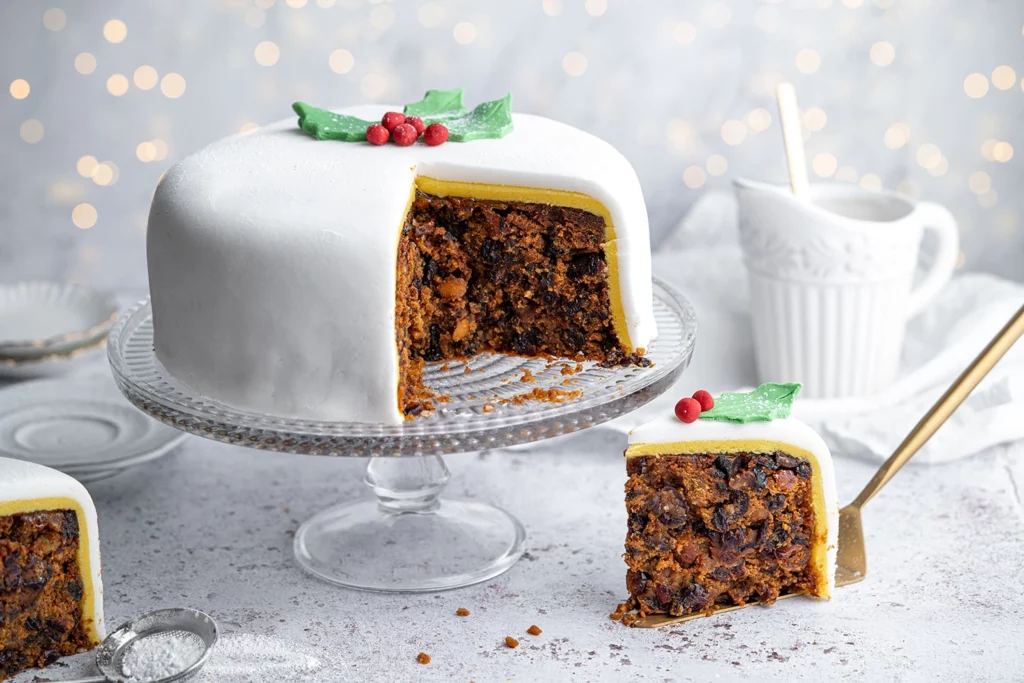
This Christmas try this delicious cake recipe by chef Ajay Chopra! Ingredients For Dark Caramel: – ½ cup Sugar Water as required For Cake Batter:
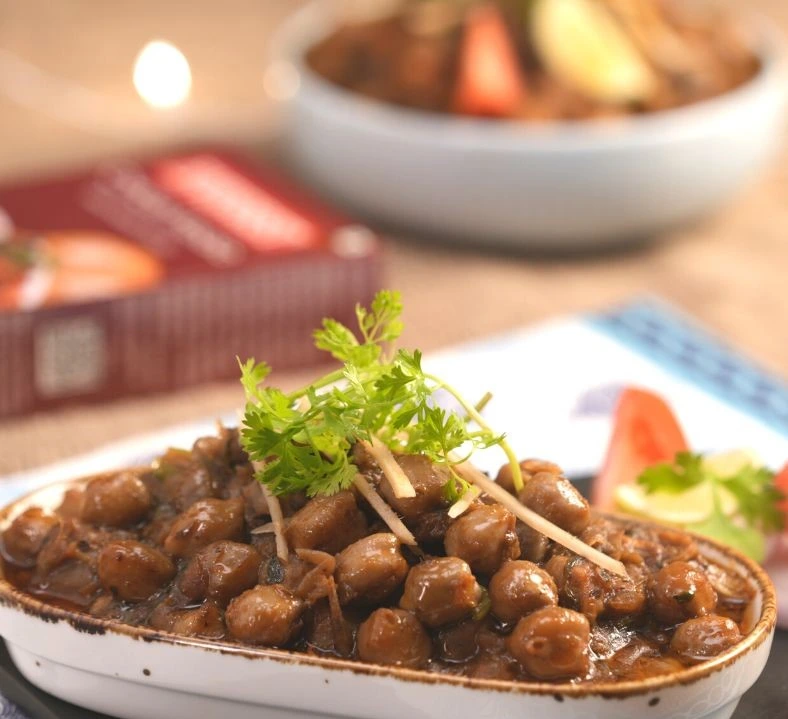
Try this ‘Methi Chole Masala Recipe’ by chef Ranveer Brar! Preparation time 10 minutes Cooking time 25-30 minutes Serve 2-4 Ingredients For Cooking Chole 500
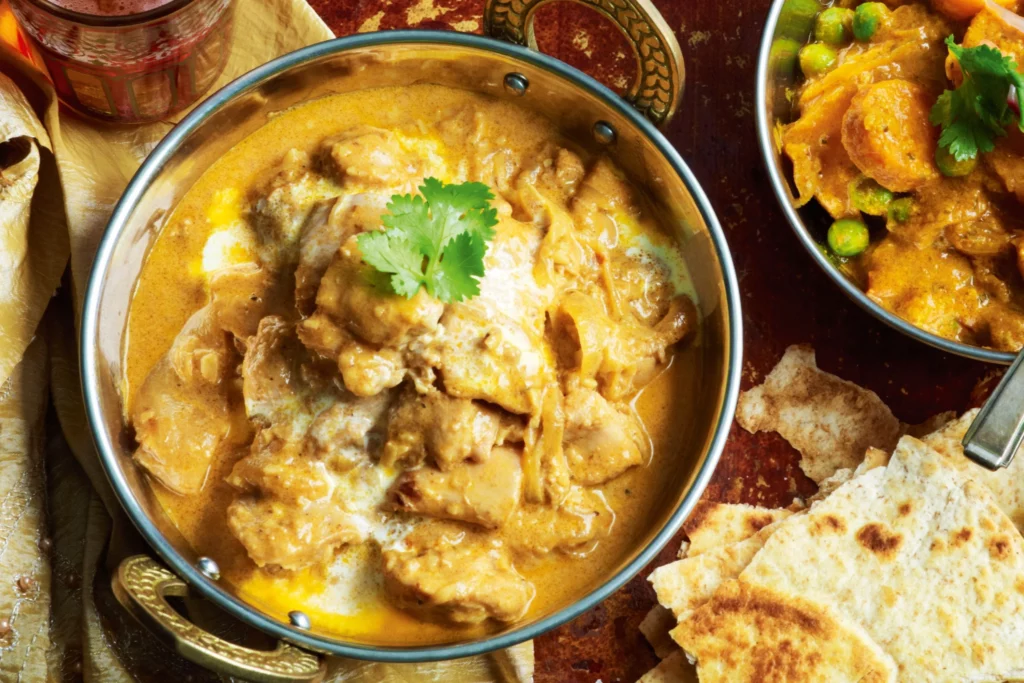
Try this recipe of ‘Chicken Korma’ by Chef Ranveer Brar! Ingredients For Ginger Garlic Paste 2-3 Green chillies, broken into half, 1 inch Ginger, peeled,
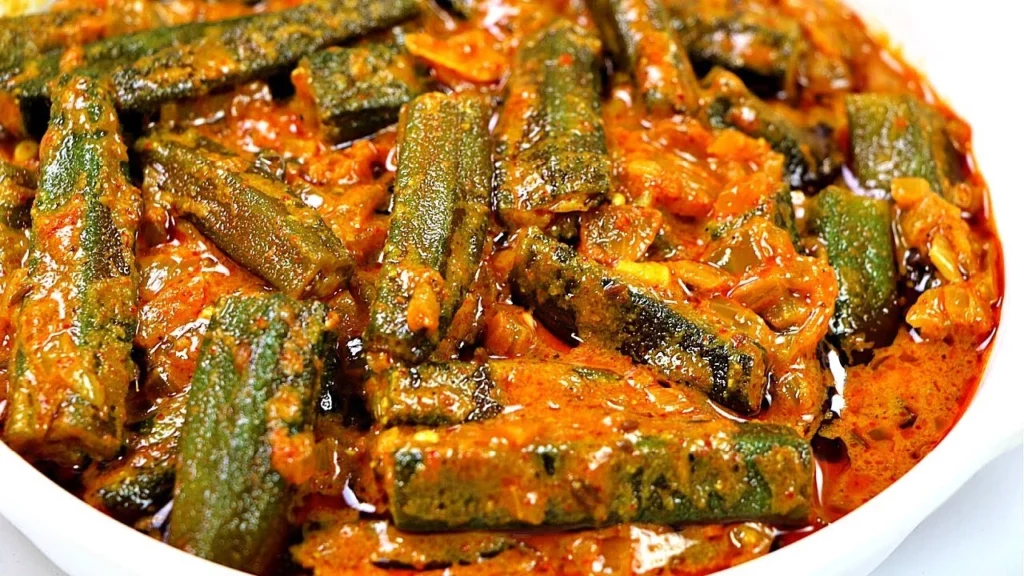
Try this ‘Bhindi Dahi Masala Recipe’ by chef Ranveer Brar! Preparation time 10 minutes Cooking time 25-30 minutes Serve 2-4 Ingredients For Sauteing ½ kg
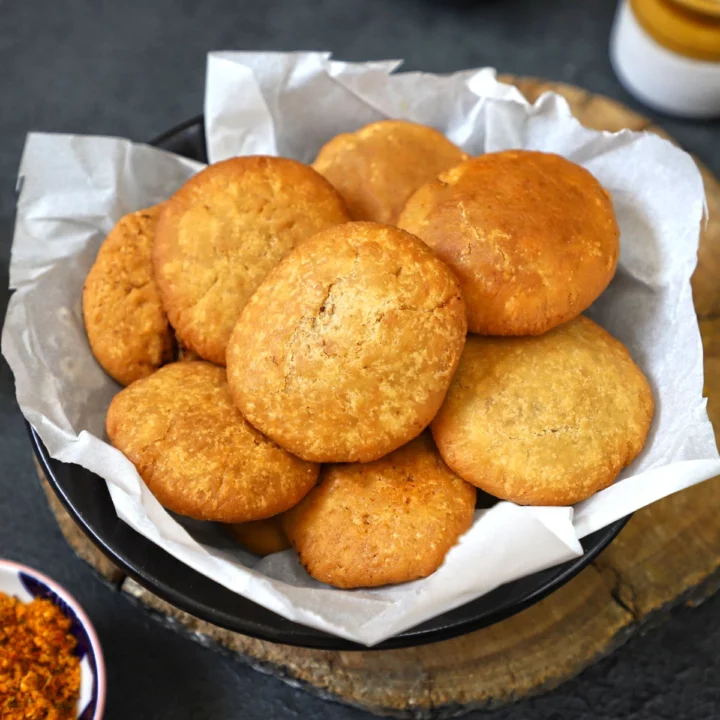
Try this ‘Crispy Corn Kachori Recipe’ by chef Ajay Chopra! INGREDIENTS For dough: Refined flour Salt to taste Ghee Trachyspermum ammi {Ajwain} For stuffing:
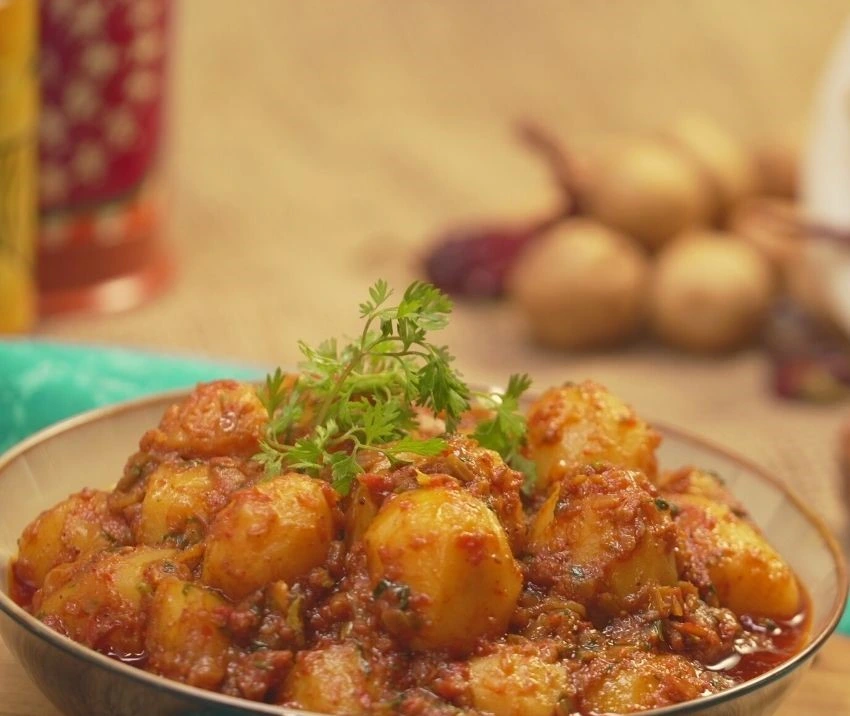
Try this ‘Aloo Bhuna Masala’ by Chef Ranveer Brar! Preparation time 10 minutes Cooking time 20-25 minutes Serve 2 Ingredients For Aloo Bhuna 1 ½
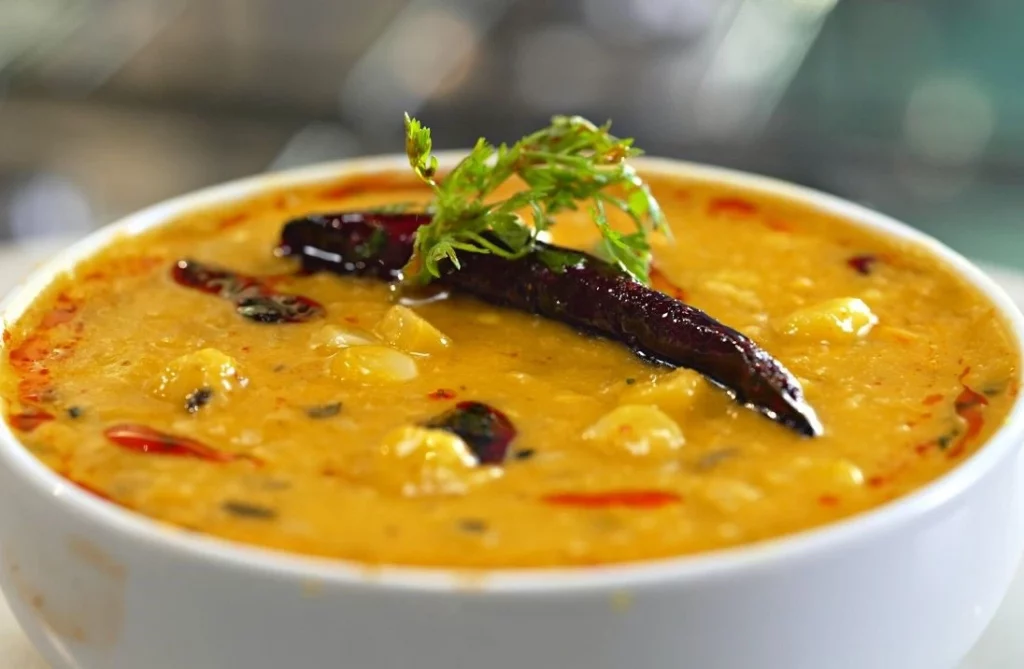
Try this ‘Makai Moong Dal Recipe’ by Chef Ranveer Brar! Preparation time 10 minutes Cooking time 30-35 minutes Serve 2-4 Ingredients For Cooking Dal 2
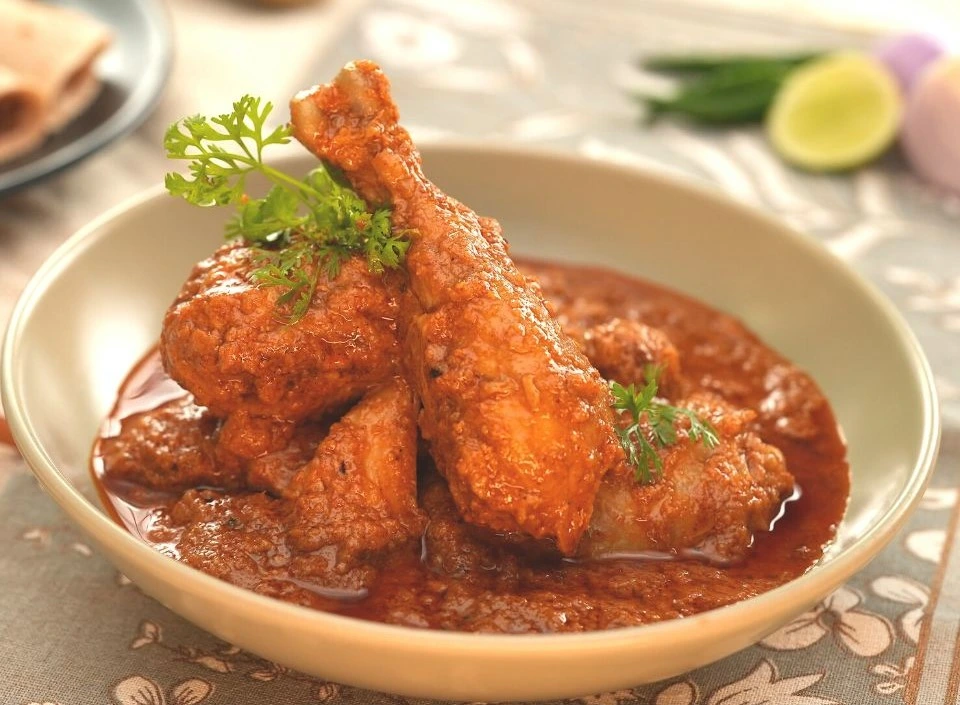
Try this ‘Chicken Changezi’ recipe by Chef Ranveer Brar! Ingredients For Chicken Marination 900 gms Chicken (thigh & drumstick) 2 tsp Ginger Garlic paste, Salt
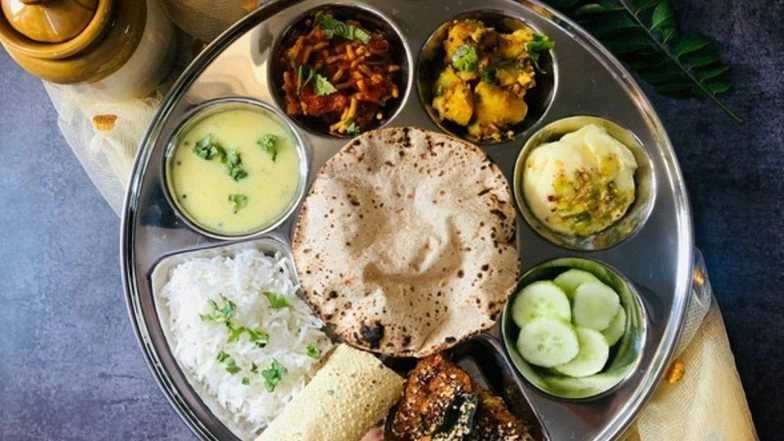
Vijaywada (Andhra Pradesh) [India]: An Andhra Pradesh-based eating place on Thursday came up with an remarkable food offer and served unlimited thali in only five
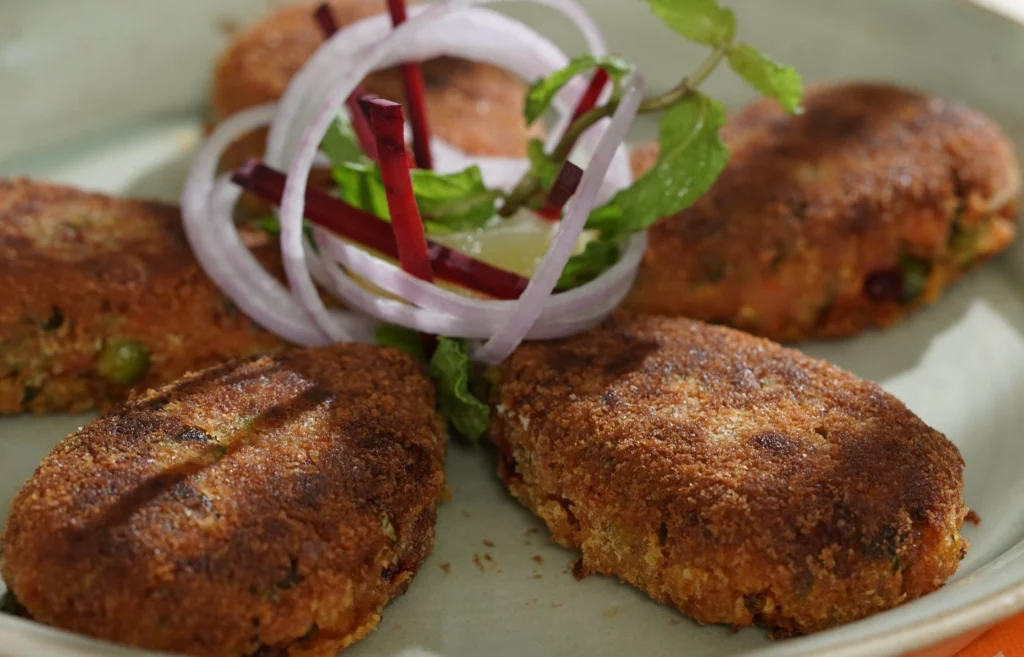
Try this ‘Vegetable Cutlet Recipe’ by Chef Ranveer Brar! Preparation time 5-10 minutes Cooking time 25-30 minutes Serving 4 Ingredients 1 tbsp Oil , 1
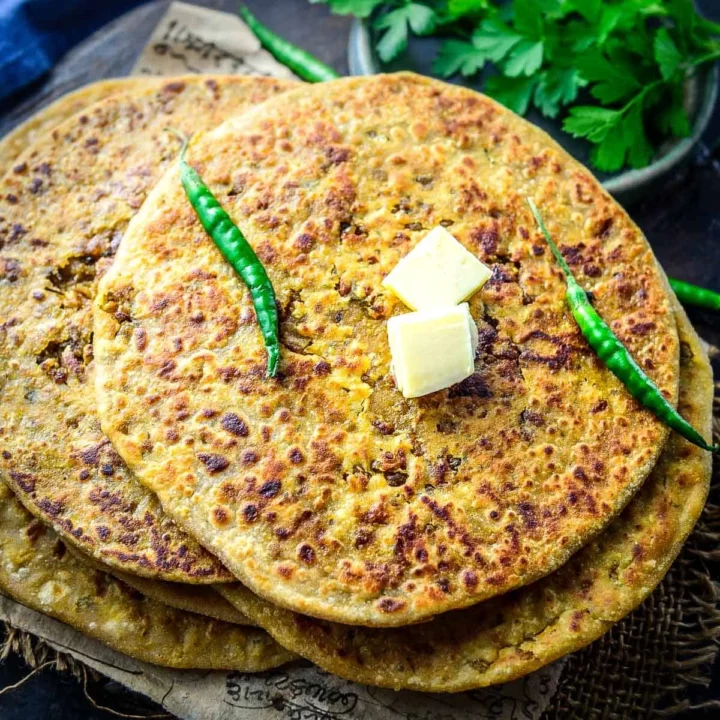
Try this tasty ‘Keema Paratha’ recipe by Chef Ajay Chopra! Ingredients 1 tbsp Oil 1 tsp Cumin Seeds 1/2cup chopped Onions 1 tsp chopped Ginger
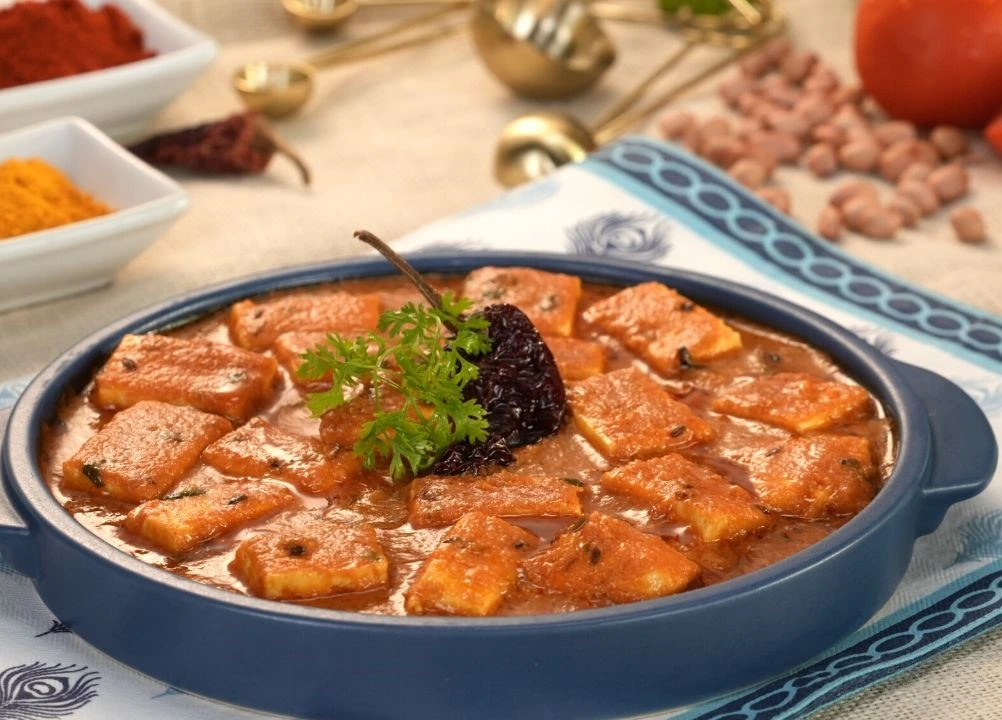
Try this ‘Paneer Hyderabadi Recipe’ by Chef Ranveer Brar! Preparation time 10 minutes Cooking time 20-25 minutes Serve 2 Ingredients For Gravy 1 tbsp Ghee,
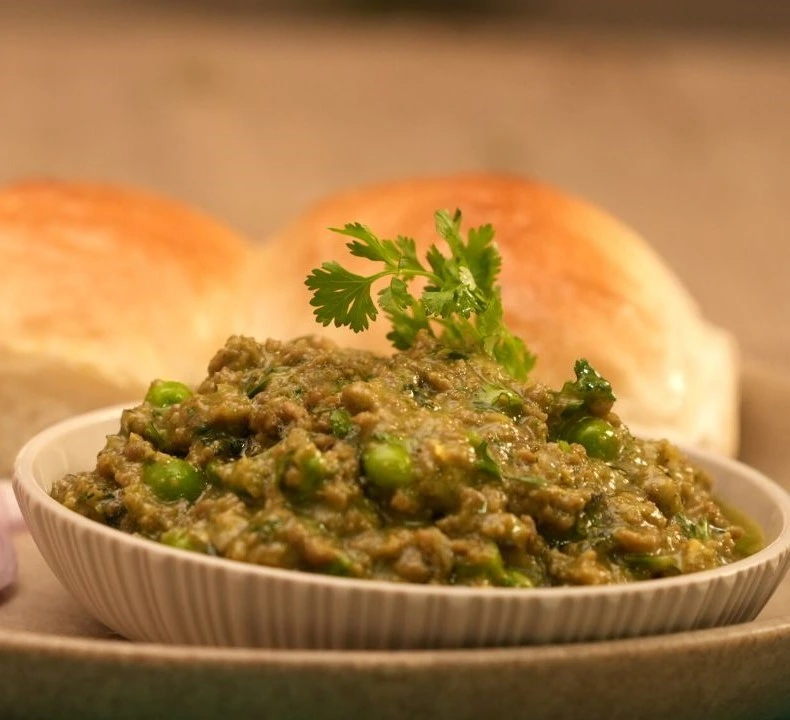
Try this tasty ‘𝗛𝗮𝗿𝗮 𝗠𝗮𝘀𝗮𝗹𝗮 𝗠𝘂𝘁𝘁𝗼𝗻 𝗞𝗵𝗲𝗲𝗺𝗮’ by chef Ranveer Brar Ingredients For Ginger Garlic Paste 6-7 Garlic cloves, 1 inch Ginger, peeled, slice, 3-4
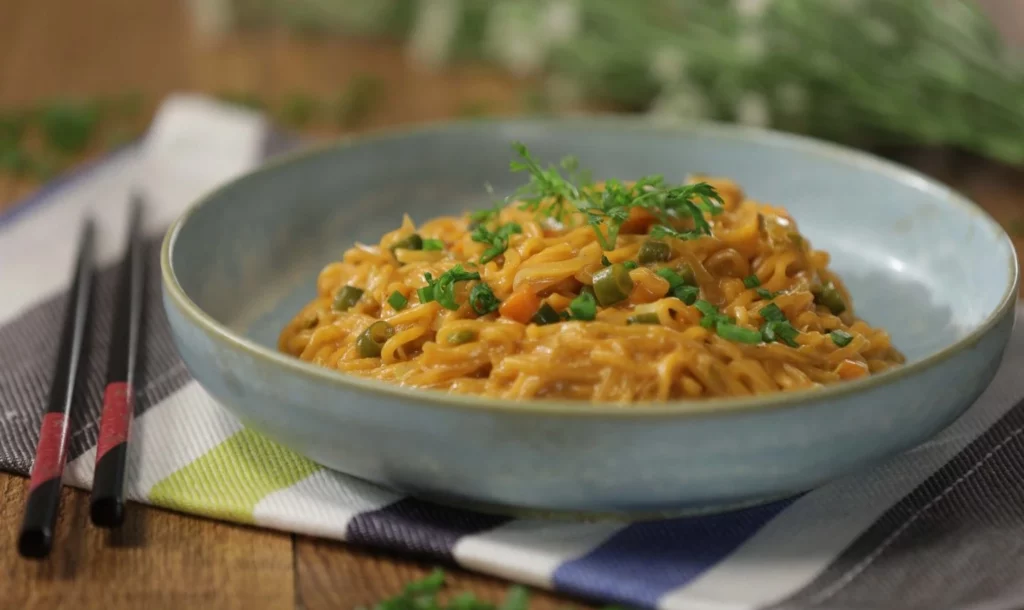
Try this delicious ‘Cheese Schzewan Instant Noodles’ recipe by Chef Ranveer Brar Ingredients 2 tbsp Butter, Cubes 1 medium Onion, sliced ¼ cups carrots, small
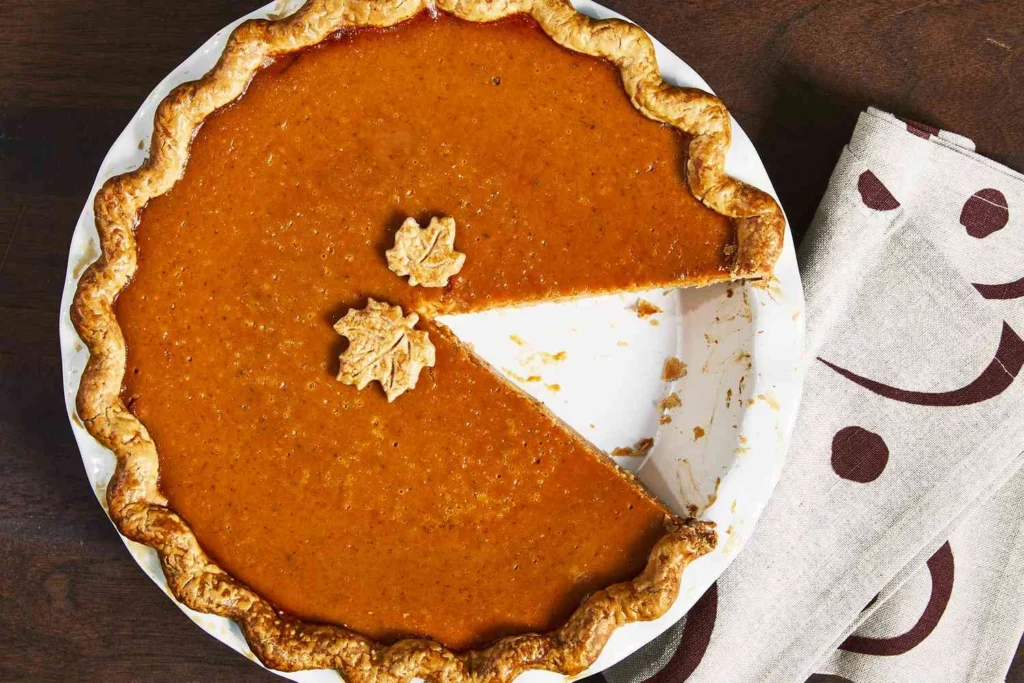
New Delhi [India]: Thanksgiving is right here! Every yr, on this day, widely known as the fourth Thursday in November, human beings come collectively to
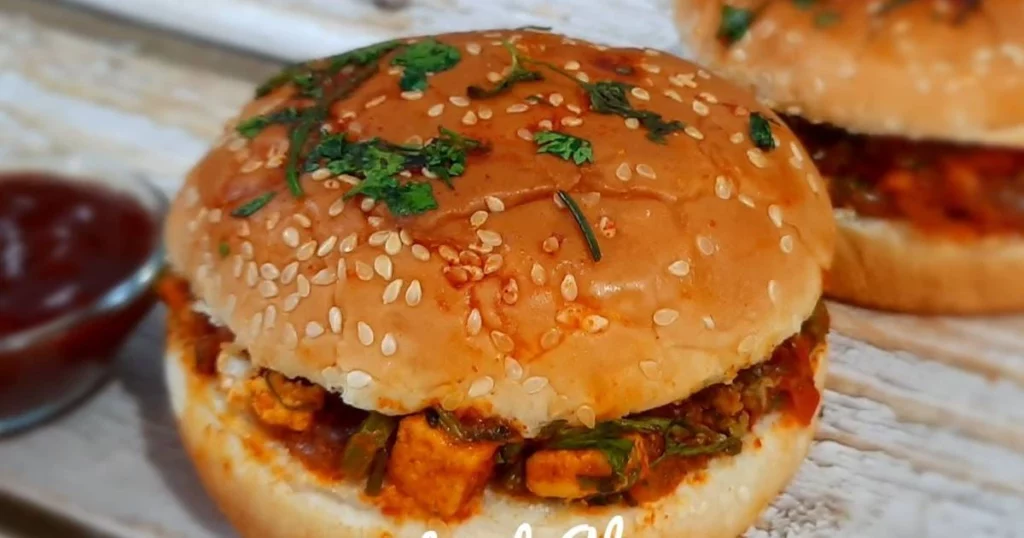
Enjoy this ‘Tawa Burger Recipe’ By Chef Ajay Chopra! Ingredients For a Tikki masala • 1 tbsp coriander seeds • 1 tsp saunf • 1

Try this ‘Kathal Masala Recipe’ by Chef Ranveer Brar Preparation time 20 minutes Cooking time 30-35 minutes Serve 2-4 Ingredients For Cutting 2 tbsp Mustard
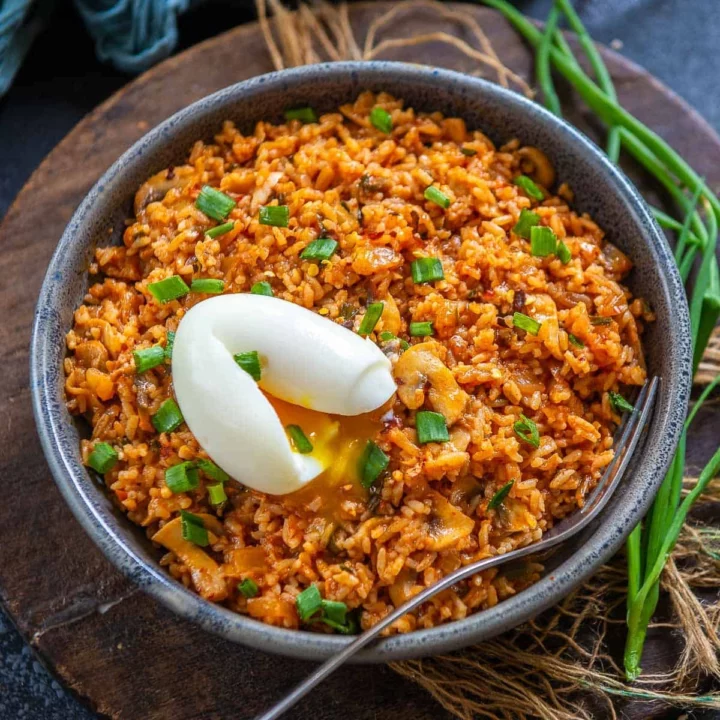
Try this ‘Korean Kimchi Rice Recipe’ by Chef Ranveer Brar! Preparation time 10 minutes Cooking time 25-30 minutes Serve 2-4 Ingredients For Kimchi 1 medium
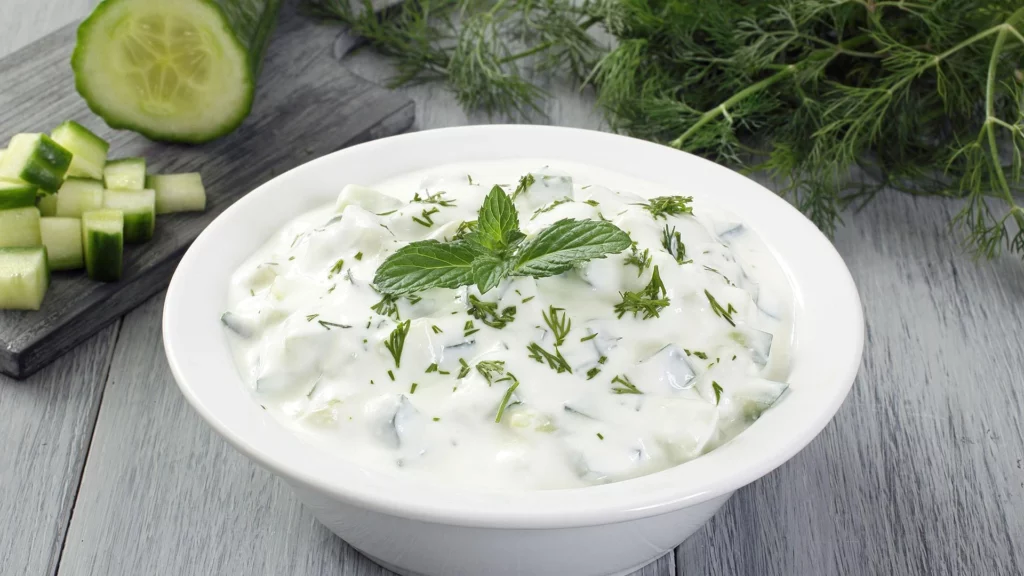
Try this ‘Cucumber Dip’ recipe by chef Kunal Kapur! Cucumber dip Cucumber, grated – 1no Hung Curd – 1 cup Black pepper powder – ½
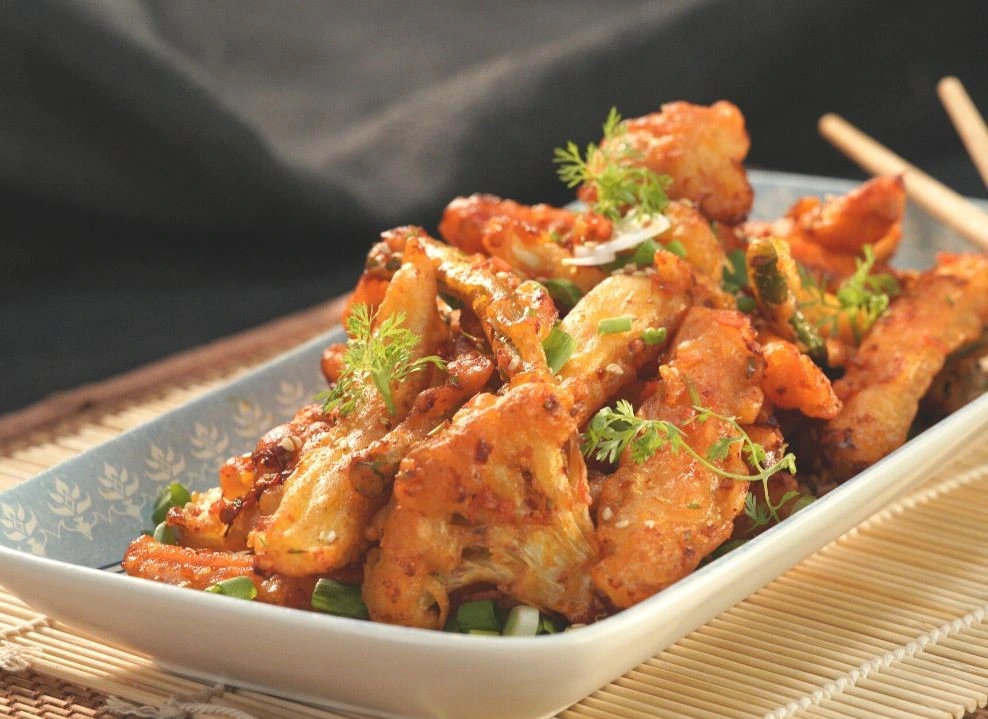
Try out this ‘Veg Crispy Recipe’ By Chef Ranveer Brar! Preparation time 10 minutes Cooking time 25-30 minutes Serve 2 Ingredients For Boiling Water as

Try this easy recipe of ‘Hyderabadi Baghaar-e-baingan’ by Chef Ranveer Brar Preparation time : 15 minutes Cooking time : 30-35 minutes Servings : 2-4 Ingredients
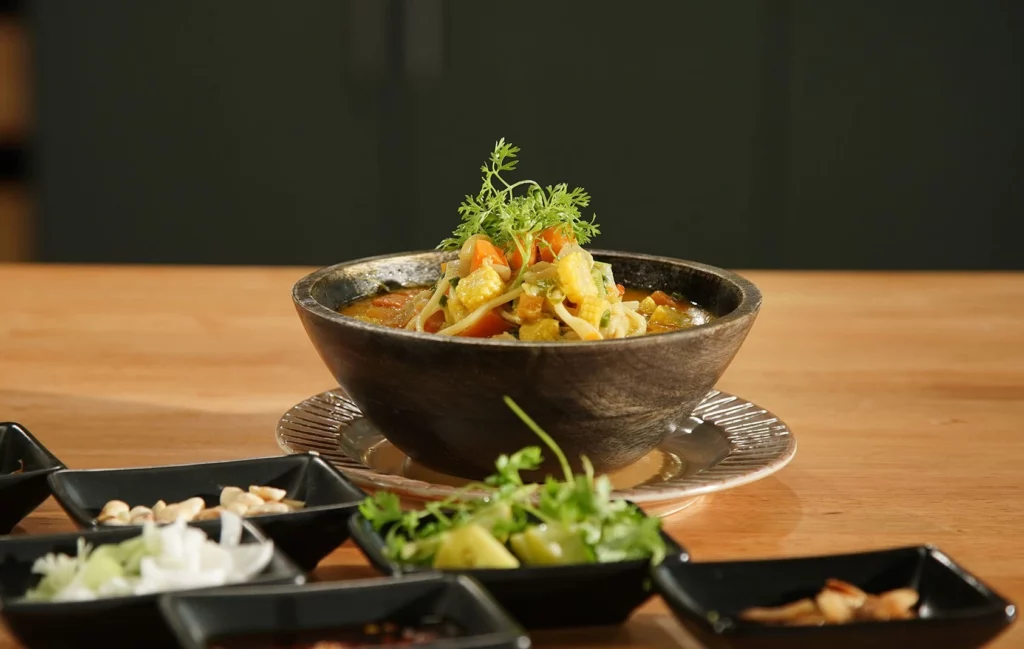
Khow suey, is a noodle soup made from egg noodles and curried beef or chicken with coconut milk, served with loads of contrasting condiments. The
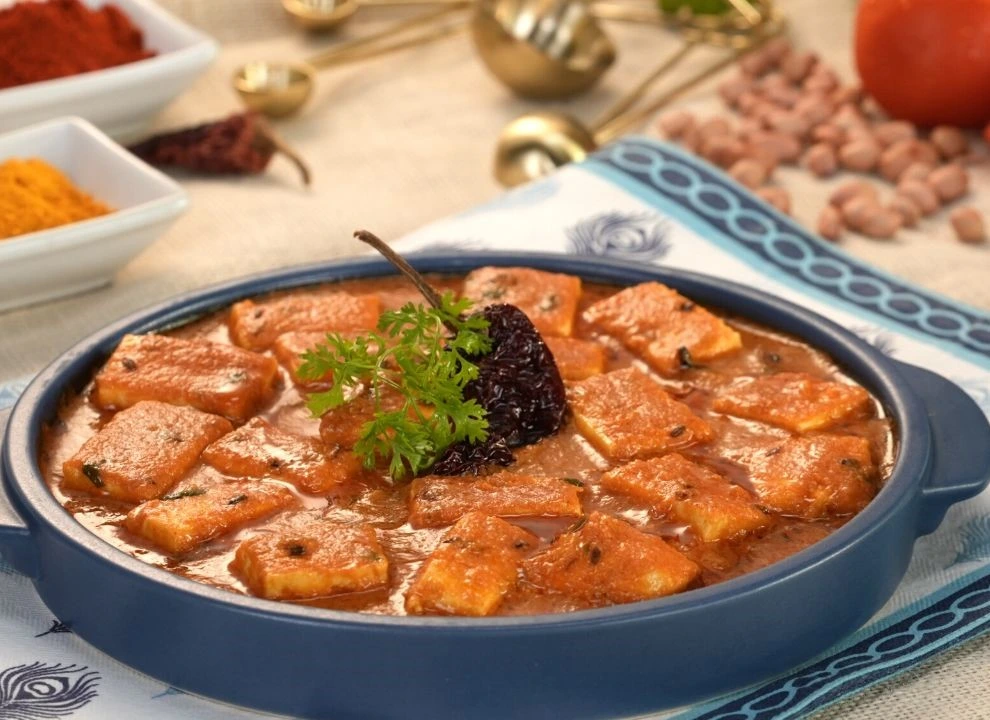
Try this delicious recipe of ‘Hyderabadi Paneer’ By Chef Ranveer Brar! Preparation time 10 minutes Cooking time 20-25 minutes Serve 2 Ingredients For Gravy 1
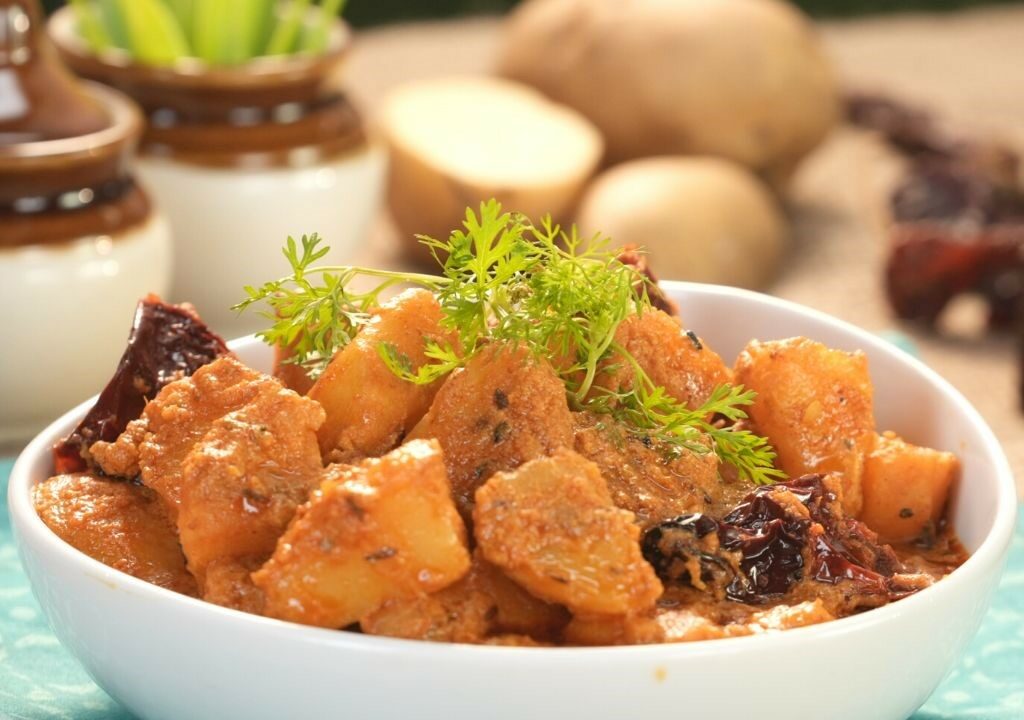
Preparation time 10 minutes Cooking time 20-25 minutes Serve 2-4 Ingredients For Ginger Green Chili Paste 1 inch Ginger, peeled, roughly slice, 2 Green chillies,

Ingredients For Ginger Garlic Paste 2 Green chillies 5-6 Garlic cloves, ½ inch Ginger, slice, Salt to taste, For Gravy 1 ½ tbsp Ghee, ½

Ingredients 1 cup besan 1 tsp Red Chilli Powder 1 tsp Turmeric Powder 1 tsp Coriander Powder Atta Dough 1/2cup Chopped Onions 1 tsp Fennel

Preparation time 10 minutes Cooking time 20-25 minutes Serve 2-4 Ingredients For Marination 850 gms Chicken breast boneless, cut into strips, Salt to taste, ½
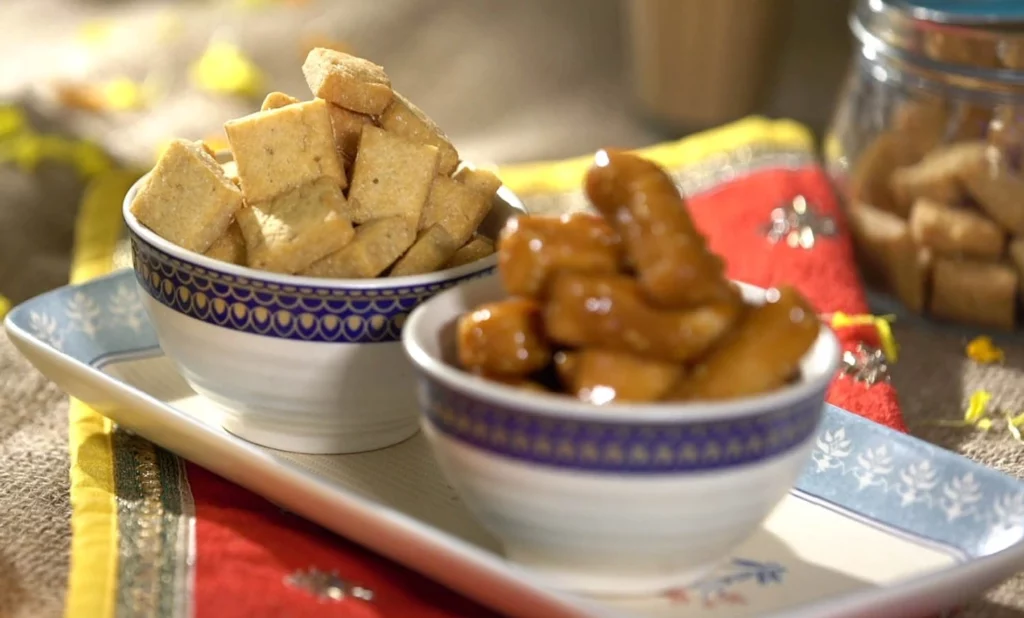
Preparation time 10-15 minutes Cooking time 15-20 minutes Serving 4-6 Ingredients For Namak Pare Dough ½ cup Refined flour, ½ Whole wheat flour, 1 tsp
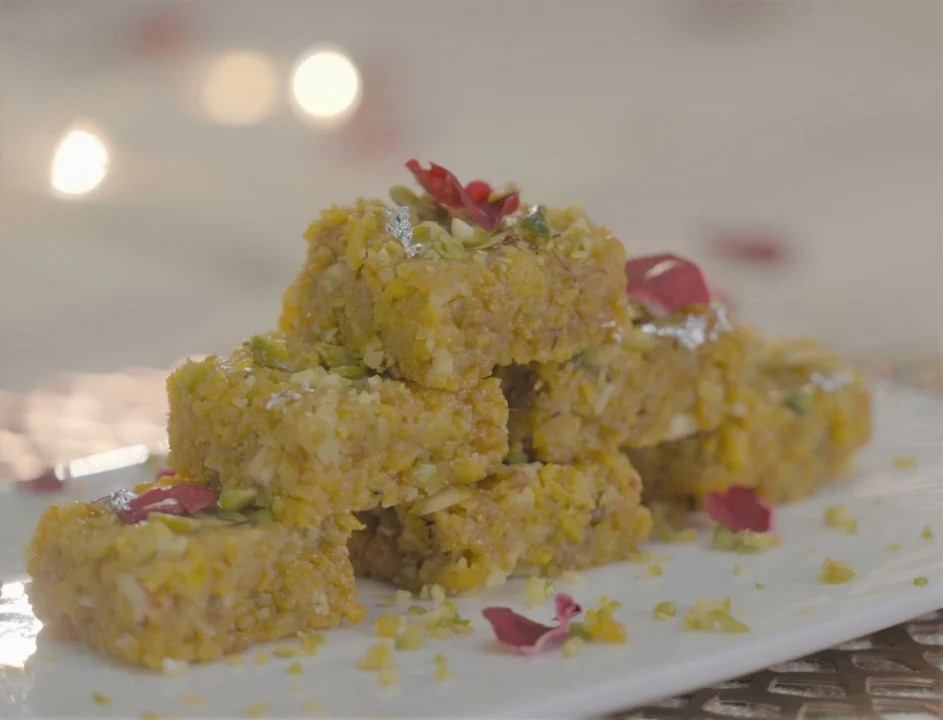
Preparation time 10-20 minutes + set time Cooking time 15-20 minutes Serves 2 𝗜𝗻𝗴𝗿𝗲𝗱𝗶𝗲𝗻𝘁𝘀 𝗙𝗼𝗿 𝗕𝗮𝘁𝘁𝗲𝗿 1 ¼ cups Gram flour, A pinch of salt,
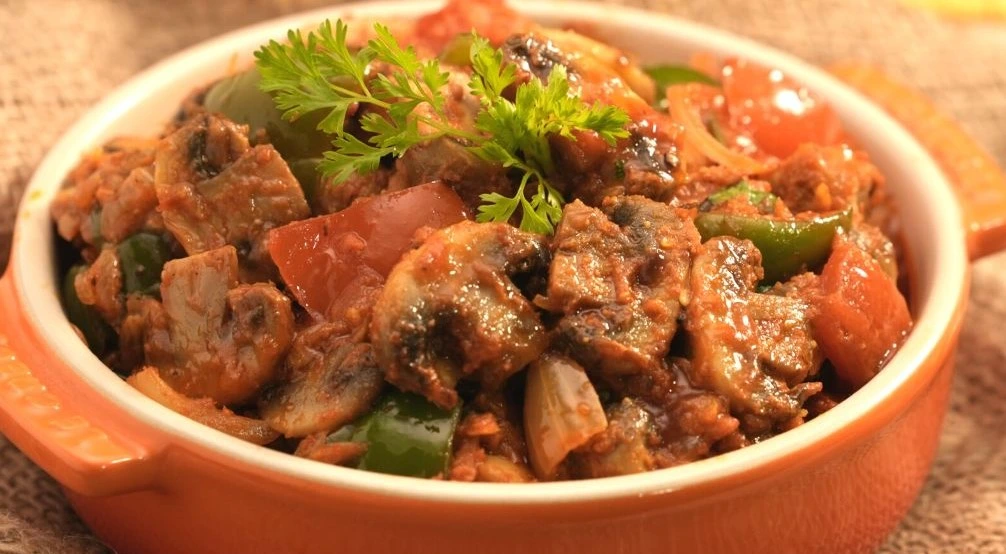
Kadhai Mushroom Preparation time 10 minutes Cooking time 25-30 minutes Serve 2-4 Ingredients For Ginger Garlic Paste 2 Green chillies (less spicy) 4-5 Garlic cloves,
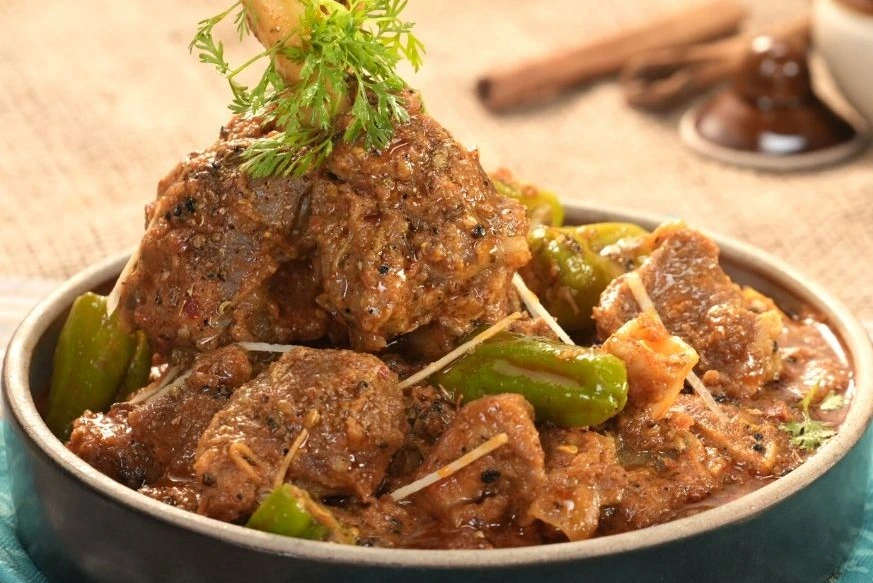
Preparation time 10 minutes Cooking time 30-40 minutes Serve 2-4 Ingredients For Pressure cook Mutton 2-3 tbsp Ghee, घी 1 inch Cinnamon stick, 1 Bay
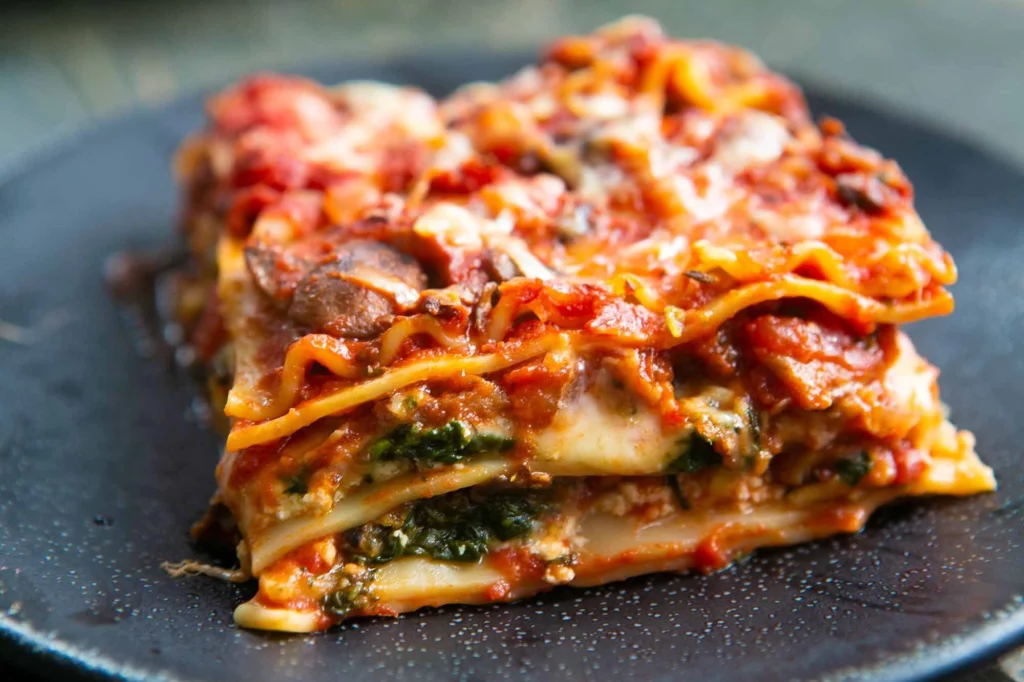
Preparation time 10 minutes Cooking time 10-15 minutes Serve 2-4 Ingredients For Filling 2 tsp Olive oil, 1 tbsp Butter, cubed, 2-3 Garlic cloves, finely
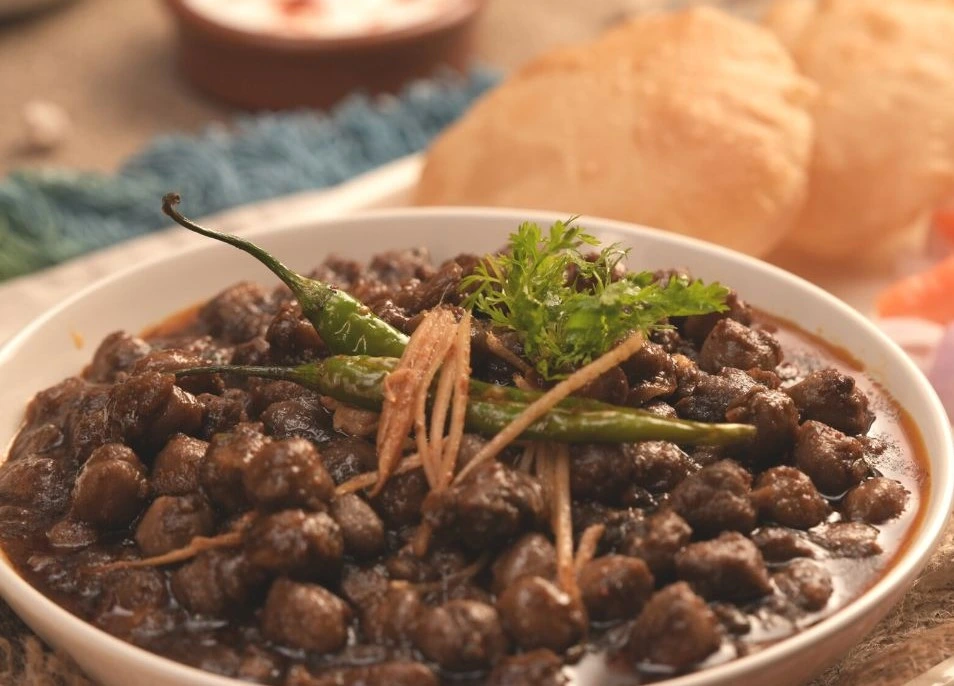
Ingredients For Pressure Cook Chole 500 gms Chickpeas, soaked (overnight), 1 inch Ginger, peeled & sliced, 2 Garlic cloves, Bouquet garni, Salt to taste, Water
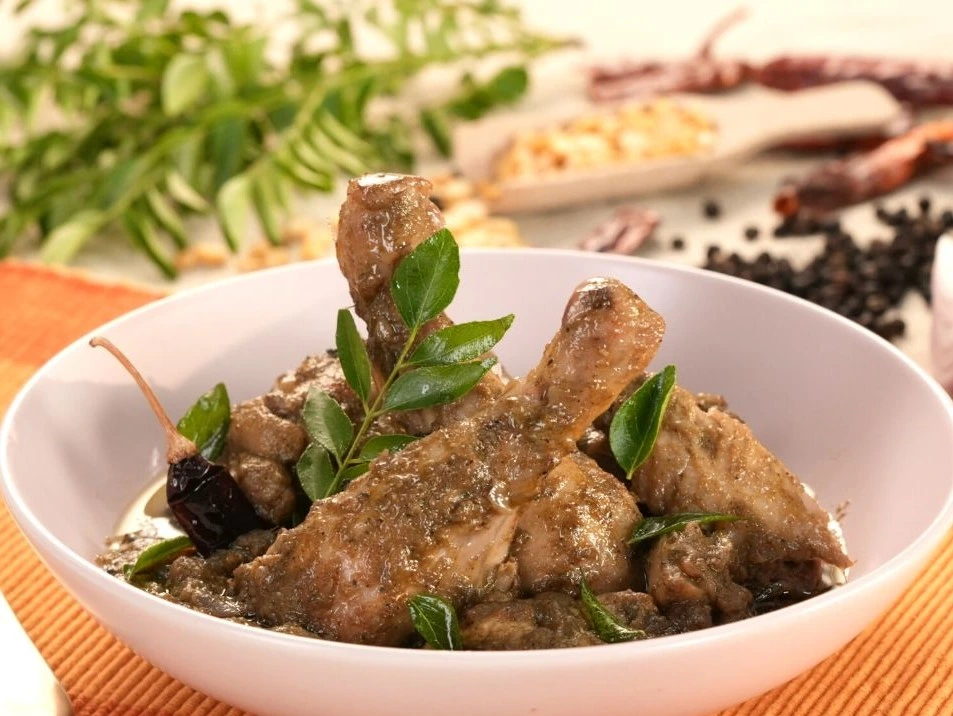
Preparation time 10 minutes Cooking time 25-30 minutes Serve 2-4 Ingredients For Green Paste 3-4 sprig Curry leaves, 5 Green chillies, less spicy, 6-7 Garlic
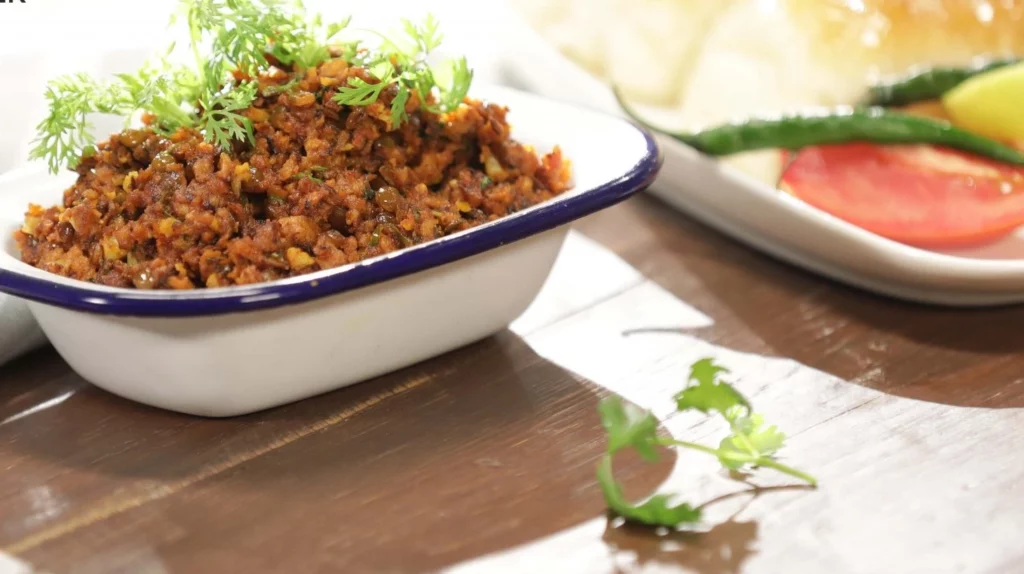
Preparation time:- 15 minutes + 20 minutes soaking time Cooking time:- 25 minutes Serving:- 2-3 Cuisine:- Indian Course: – Main course Ingredients 2 tbsp Oil
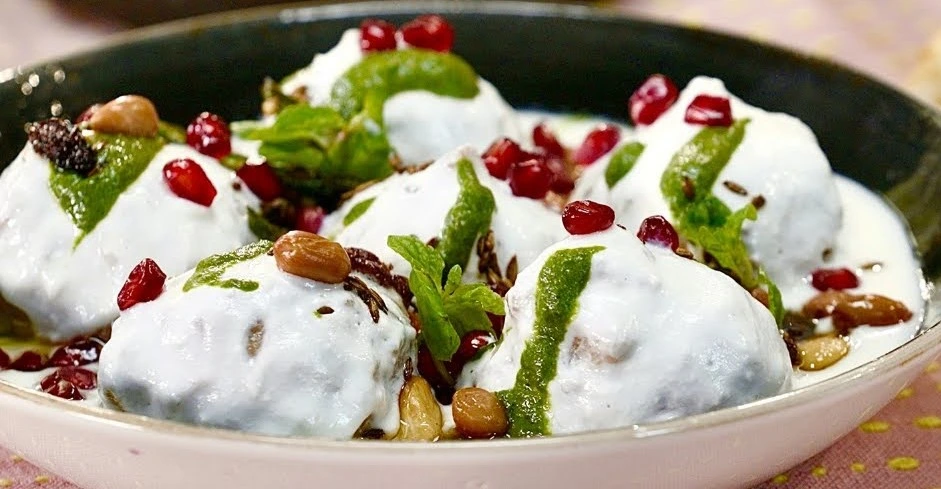
Preparation time 10 minutes Cooking time 20-25 minutes Serving 2 Ingredients For Batter ½ cup Barnyard Millet, 2 tbsp Curd, beaten, ¼ cup Sago pearl,
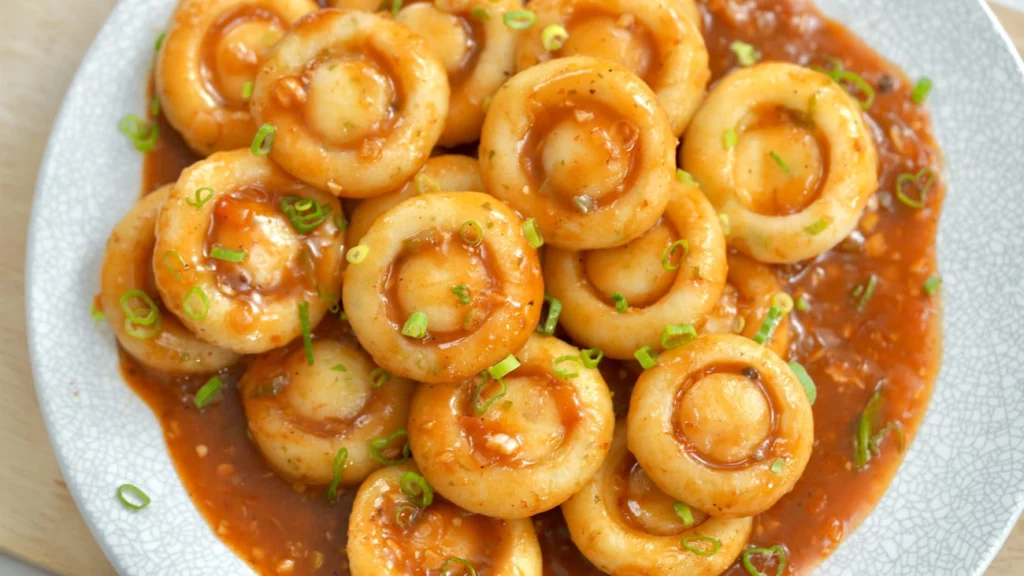
Ingredients For Potatoes Potato – 4 no or 460gm Salt – To taste Cornflour – 1 cup or 55 gm Spring Onions, Chopped – handful
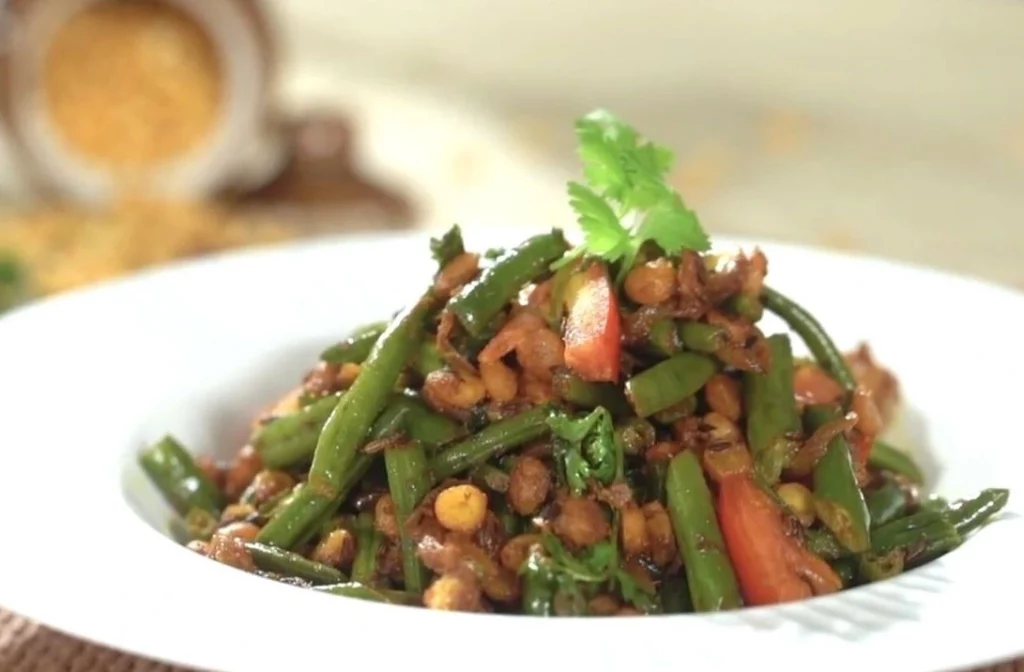
Ingredients : 2 tbsp Oil 1 tsp Cumin Seeds 1 inch Ginger – chopped ) 3 fresh Green Chillies – chopped 3-4 cloves Garlic –
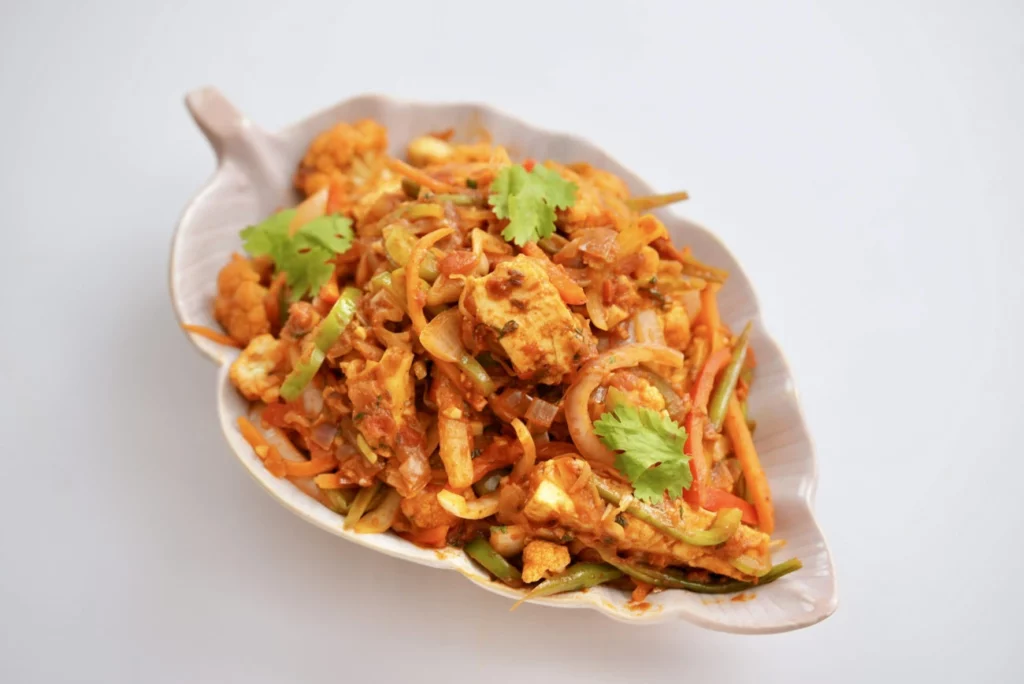
INGREDIENTS Ghee – 2 tbsp Cumin – 2 tsp Onion, Chopped – ½ Cup Ginger, Chopped – 1 tbsp Garlic, Chopped – 1 tbsp Green

Preparation time 10 minutes Cooking time 10-15 minutes Serving 2-4 Ingredients For Stuffing 1 tsp Ghee, ½ tsp Sesame seeds, 3-4 Cashew nuts, chopped, 1
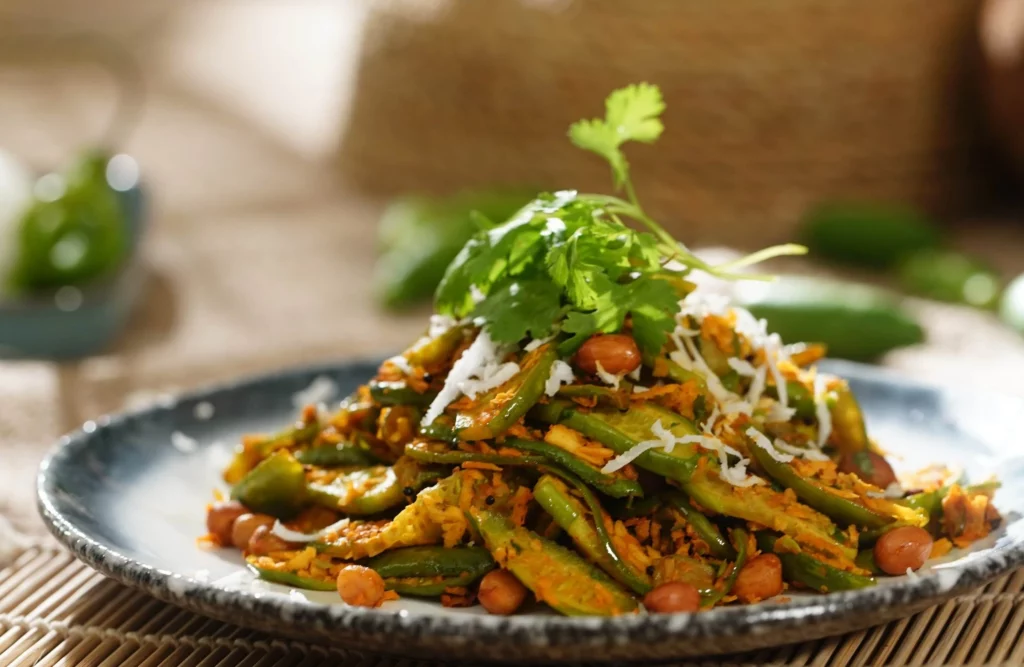
Preparation time : 10 minutes Cooking time : 20-25 minutes Servings : 2 Ingredients 2 tbsp Oil ½ tsp Mustard Seeds ½ tsp Cumin Seeds
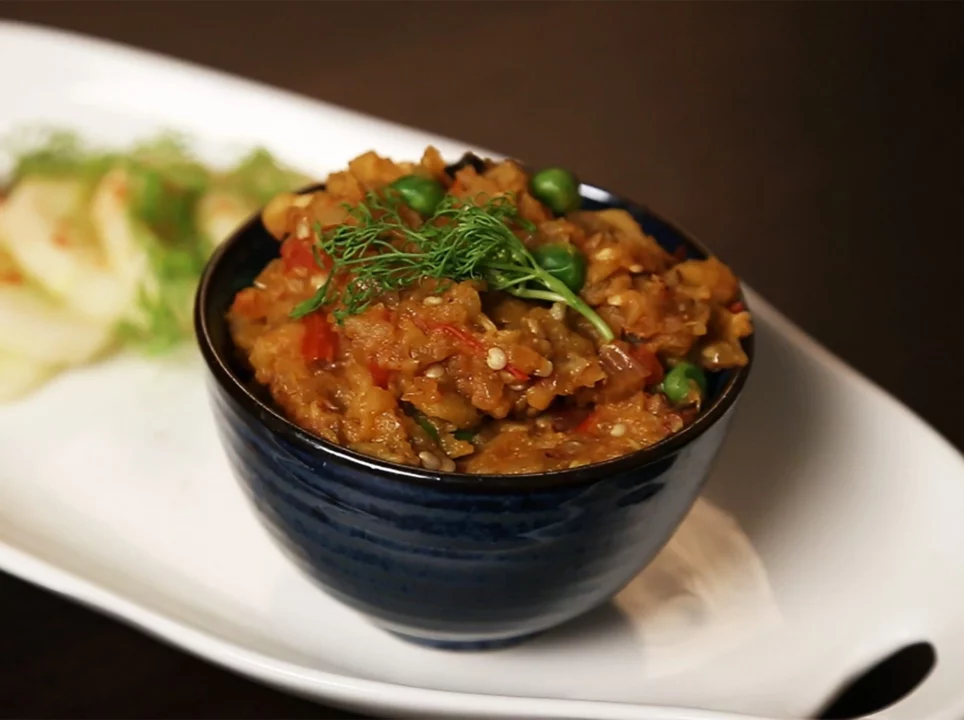
Baigan Bharta Recipe: How to make the best Baingan Bharta Recipe. Preparation time 10 minutes and Cooking time 20-25 minutes and Serving 2-4. So, The
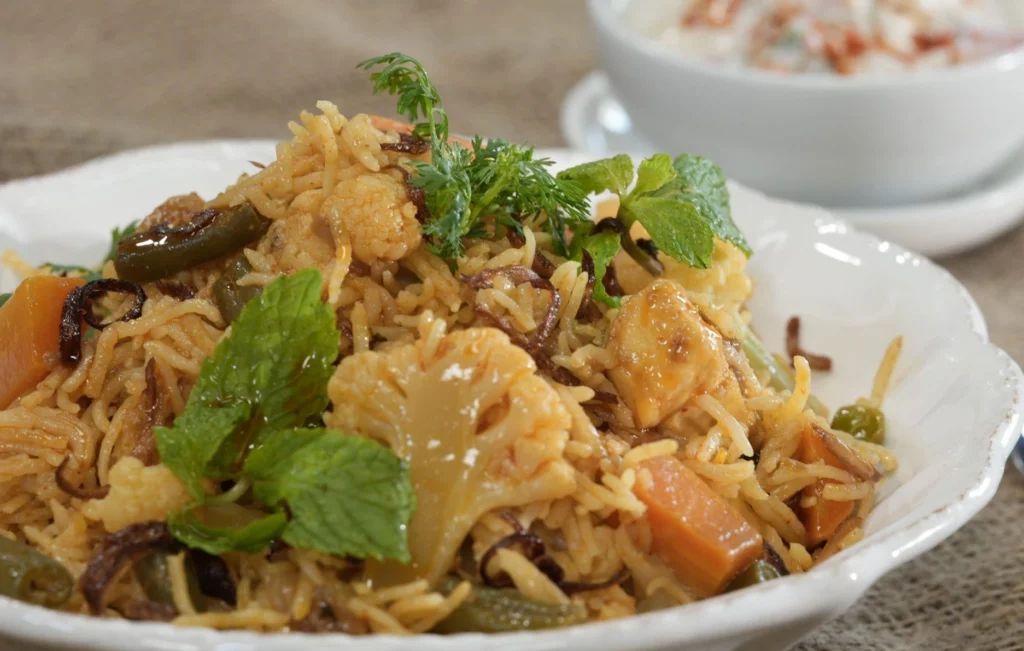
Ingredients: 𝗙𝗼𝗿 𝗕𝗶𝗿𝘆𝗮𝗻𝗶 Marination: 2 medium Carrot, chopped 10-12 French beans, chopped 1 ½ cups Cauliflower, florets 200 gms Paneer, cut into cube ⅓ cup
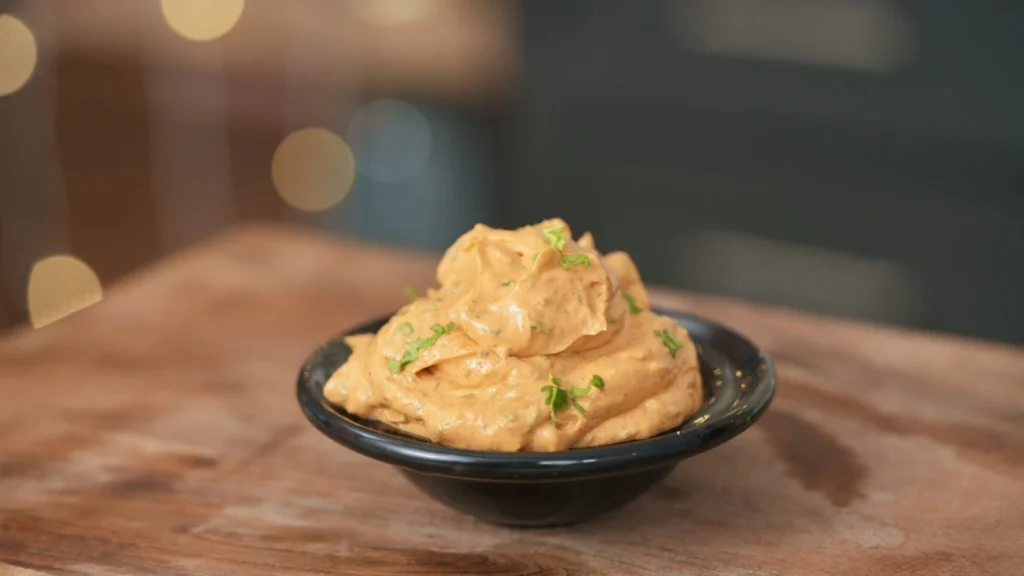
For Tandoori Mayo Dip Mustard oil – ⅓ cup Kashmiri Chilli powder – 1tbsp Hung curd – ¼ cup Mayonnaise – 4 tbsp Lemon juice
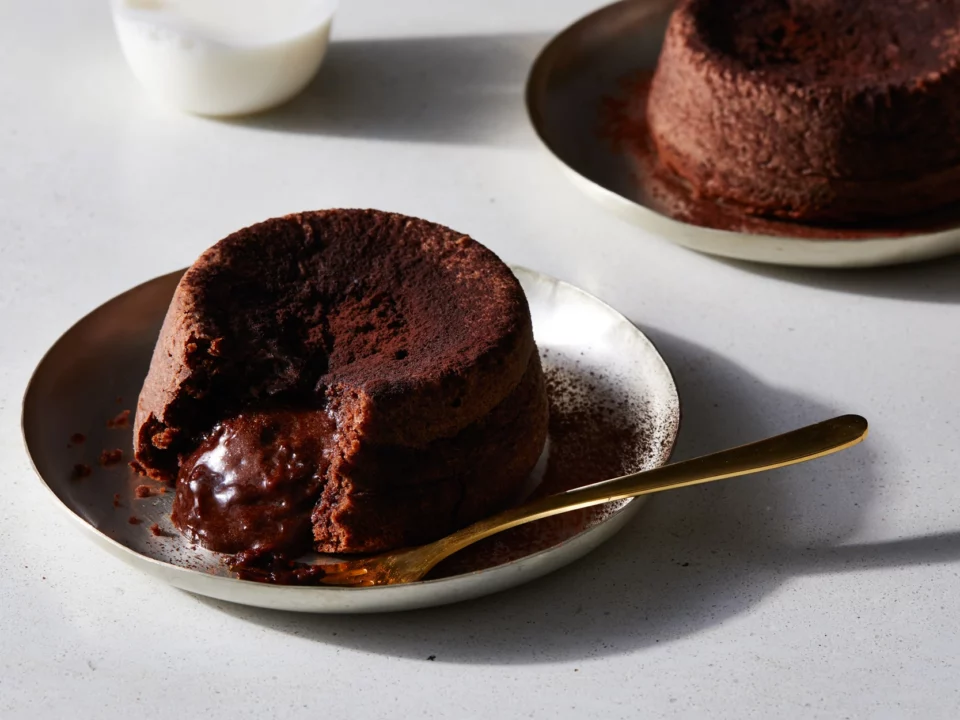
Preparation time 5 minutes Cooking time 5-10 minutes Serving 4-5 Ingredients For Wet Ingredients ½ cup Chilled Water 3 tbsp Oil 1 tsp Lemon juice

Preparation time: 10 mins+ cooling time Cooking time: 15 mins Serves: 4 Ingredients For Mango Rabdi 3 no Mango, medium size, peeled & cubed/ 1
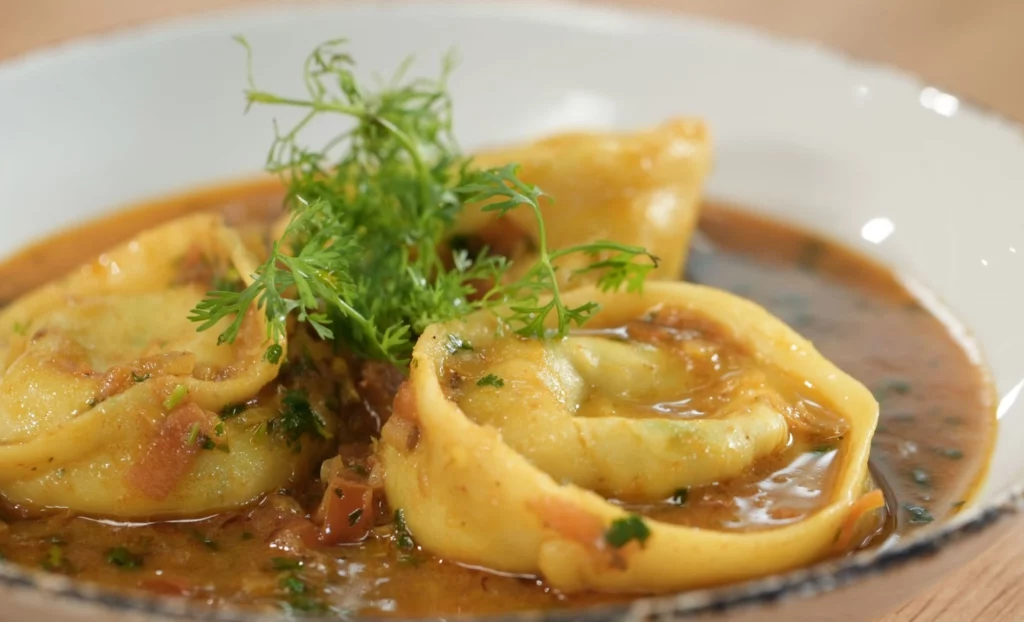
Preparation time 10 minutes Cooking time 15-20 minutes Serving 2 Ingredients For Dough 1 cup Refined flour, Salt to taste, 1 tsp Oil, Water as
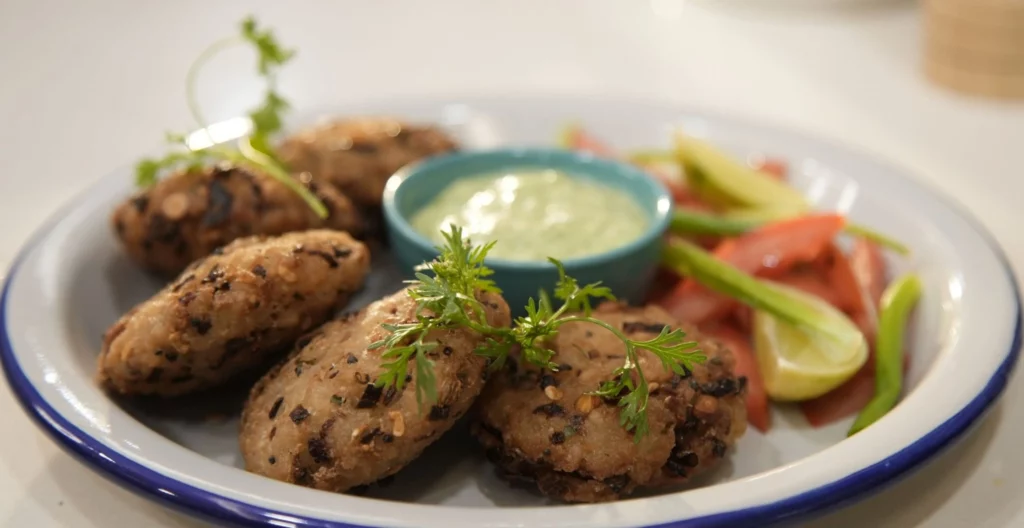
Preparation time 10 minutes Cooking time 20-25 minutes Serving 4 Ingredients 1.5 cups Pressed Rice (Poha), thick variety, Water, 2 tbsp Oil, 1 tbsp Chana
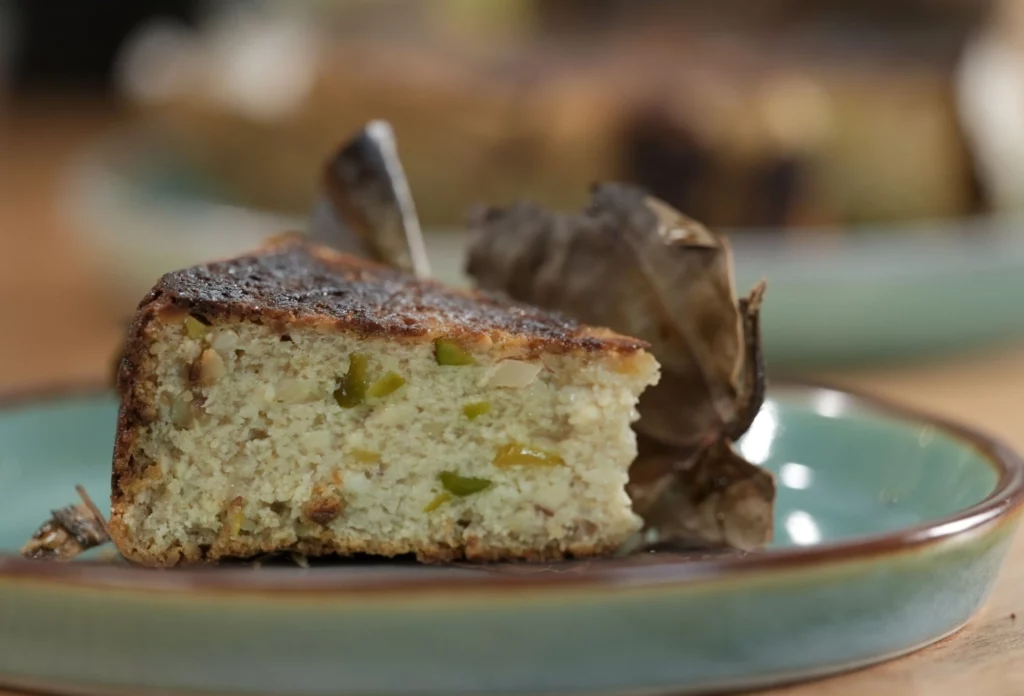
Ingredients (For Chhena) 2 ltr Milk , 1 – 2 Lemon juice, / 2 tbsp vinegar in 1/2 cup water (For Mixture) ½ cup Sugar

To take a stab at a new thing, then this recipe is a lifeline for you. Serve this lip-smacking dish at gatherings and family parties

Preparation time 10 minutes Cooking time 20-25 minutes Serving 2 Ingredients: For Kadhi 1 cup Curd, beaten 2 cups Water Salt to taste 1 heaped

How to make paratha with liquid dough paratha recipe at home, So, complete guide here Ingredients of Liquid Dough Paratha Recipe For With Ghee Liquid

Paneer Sandwich is an easy-to-make breakfast recipe that you can make for your loved ones anytime, and it is truly delicious. Let’s check out the

Best Nariyal Paratha Recipe or Coconut Paratha Recipe are given and Nariyal Paratha is made from coconut, Water, wheat flour, and milk, all products are

New Delhi [India]: Eid ul-Fitr marks the end of the holy month of Ramadan and is the first day of the month of Shawwal. So,

Chef Kunal Kapur shared a super Red Chutney Recipe and showed us how to make it at home. However, there is a caution about making

Chef Kunal Kapur shared a super easy & simple recipe for mango jam on his Instagram profile to make your breakfast more interesting. “Mango Jam

Ingredients Wet Ingredients Banana (medium) – 5nos (peeled 400gms approx) Sugar – 180g (¾cup + 2tbsp) Curd – 180gm (¾ cup) Oil/Melted Butter- 60gm (¼

It’s that time of year again when cravings for mango delights are at an all time high as the mango season approaches because apart from

Chef Ranveer Brar shares simple recipe of schezwan pakoda recipe:- Prep Time: 15 minutes Cook Time: 15 minutes Ingredients For Mixture 1 Cup Cabbage, finely

Chef Kunal Kapur shares super easy and fun recipe of Moong Dal Pakora Chaat recipe that can be made at home. Prep: 15 minutes Cook: 20

Maryland [US]: According to a new study by the University of Naples Federico II, blowing bubbles in dough bakes perfect yeast-free pizza. The findings of

New Delhi [India], April 15 (ANI): Those who keep a sharp focus on the food scene have observed that fermented foods are at the confluence

Prep Time: 15 minutes Cook Time: 45 minutes Ingredients 1 liter Milk 50 gms rice 30 gms sugar 150 ml condensed milk 1 tbsp ground

Baker Shivesh Bhatia shared a no-bake recipe of mango custard tart on his Instagram profile a day back and we cannot wait to make it already. Here’s

Preparation time 15 minutes Cooking time 20-25 minutes Serving 2Ingredients For Boiling Soya Nuggets 3-4 cups Water ½ tsp Sugar ½ inch Ginger, chopped 1

Prep Time: 15 minutes Cook Time: 1-19 minutes Ingredients For Green Paste 1 tsp olive oil ½ cup french beans ½ cup green peas ½

Festive occasions anywhere around the world seem incomplete without good food. We tend to look for easy snack ideas for our menus. Don’t we? And,

New Delhi [India], March 15 (ANI): There was a time when almost everyone in India ate out of a thali. The word derives from thaal,

Cold coffee can beat any season! Enjoy this classic cold coffee recipe by Chef Kunal Kapur. Ingredients 1 cup Milk (chilled) ½ tbsp Coffee Powder (instant) 1
You can start your day with this tasty, healthy, delicious instant oat dosa and team it with delicious tomato chutney. This recipe is suitable for
Everyone likes hot, crispy and spicy paratha with their favourite accompaniments like curd, pickle and salad. Here is a quick recipe of spinach cheese paratha
Missing the evening beachside or street side Bhel ? Here is the delicious recipe by Chef Ranveer Brar. Preparation time: 15 minutesCooking time: 25-30 minutesServing:

Make the best and super delicious Gobi Manchurian recipe at home with this simple recipe. Check out the recipe below: GOBI MANCHURIANPreparation time : 15
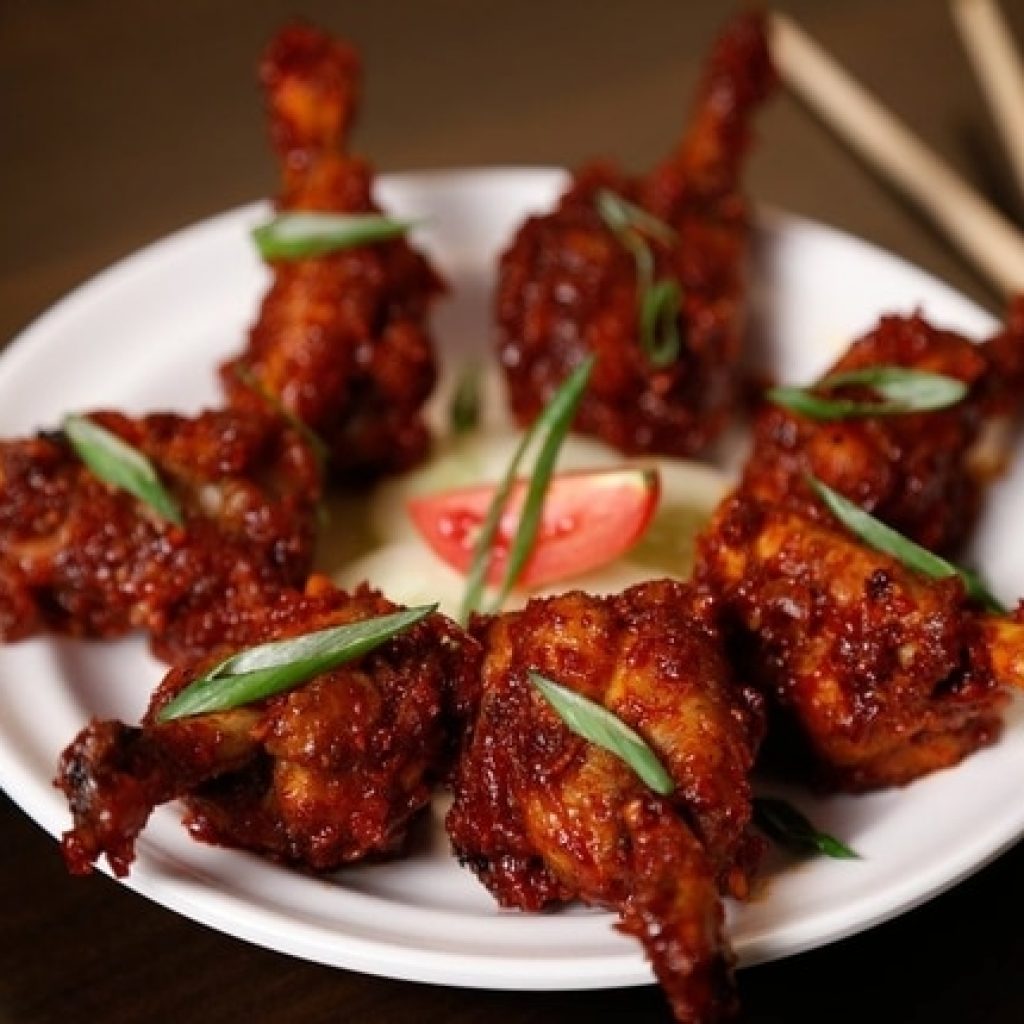
Chicken lollipop is an hors d’oeuvre popular in Indo-Chinese cuisine. A chicken lollipop is, essentially a frenched chicken winglet, wherein the meat is cut loose
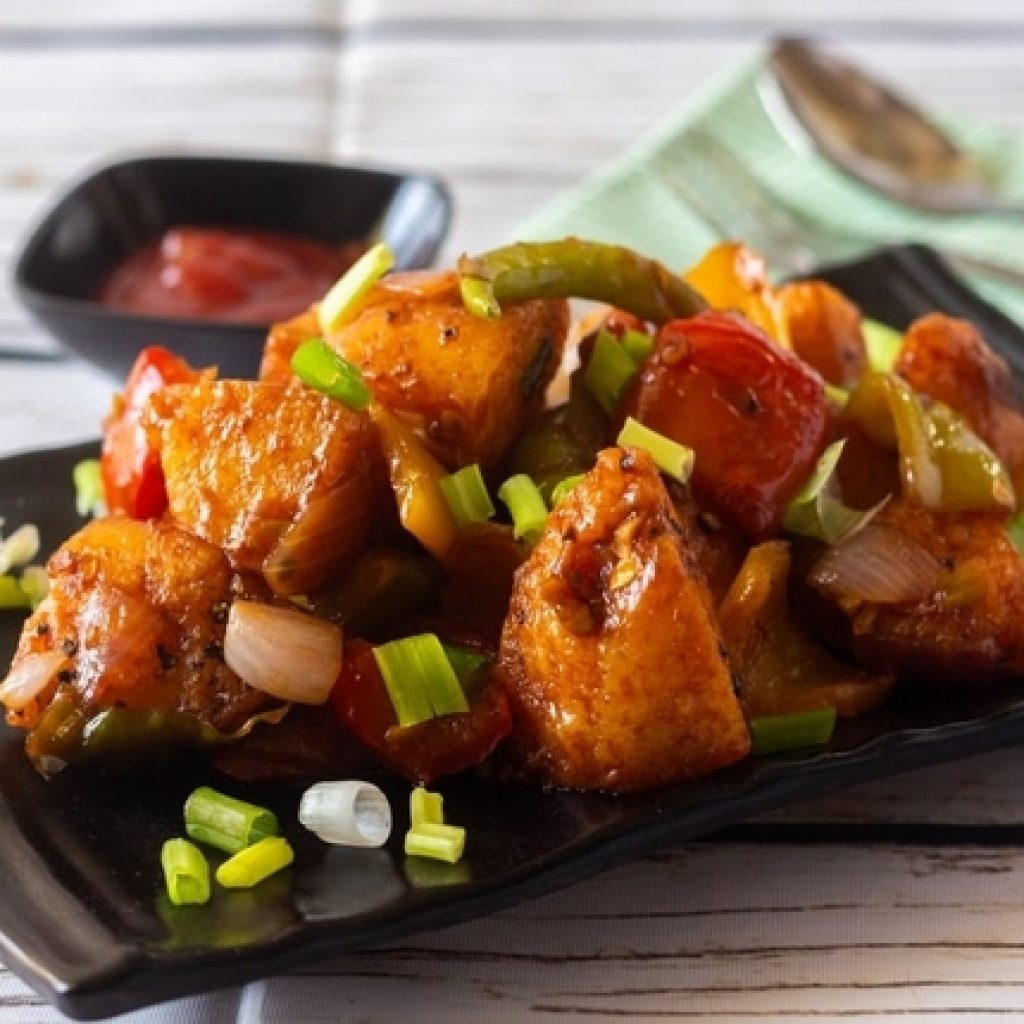
Chilli Idli is a delicious vegetarian snack prepared with leftover idli and vegetables stir-fried in Indian Chinese sauce. It is a quick and easy recipe,
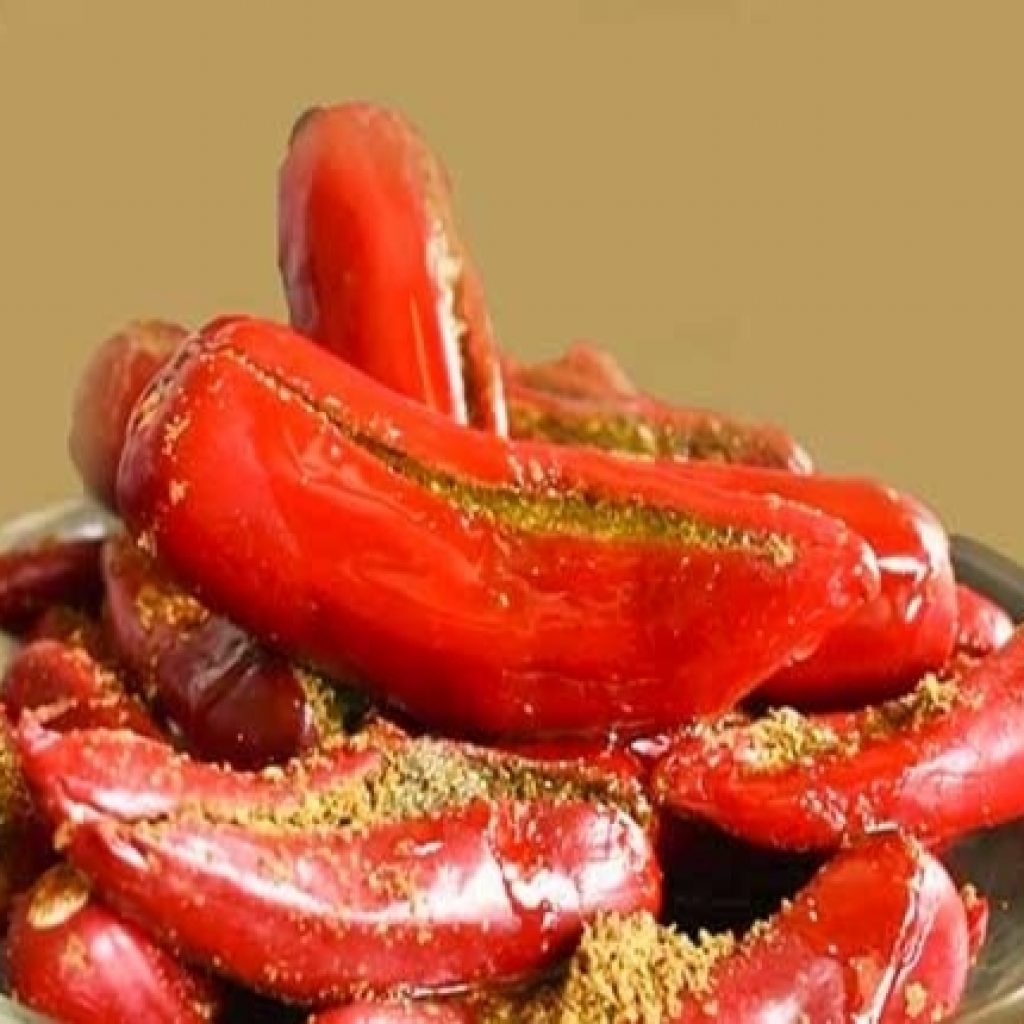
Pickles in India hold an important place and refer to a variety of recipes that can be enjoyed with bread and rice or simply as
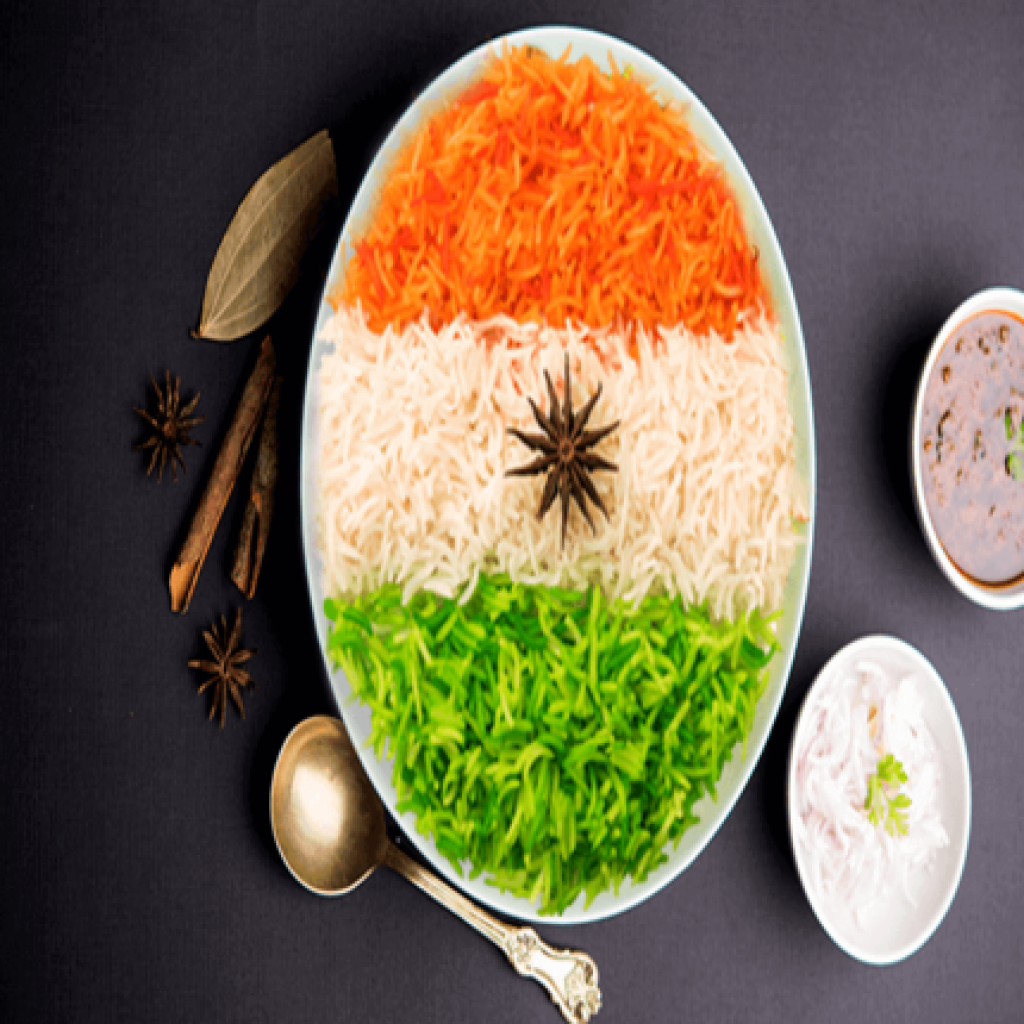
New Delhi [India], January 25 (ANI): No celebration in India is complete without special delicacies. And when it comes to commemorating a special day dedicated
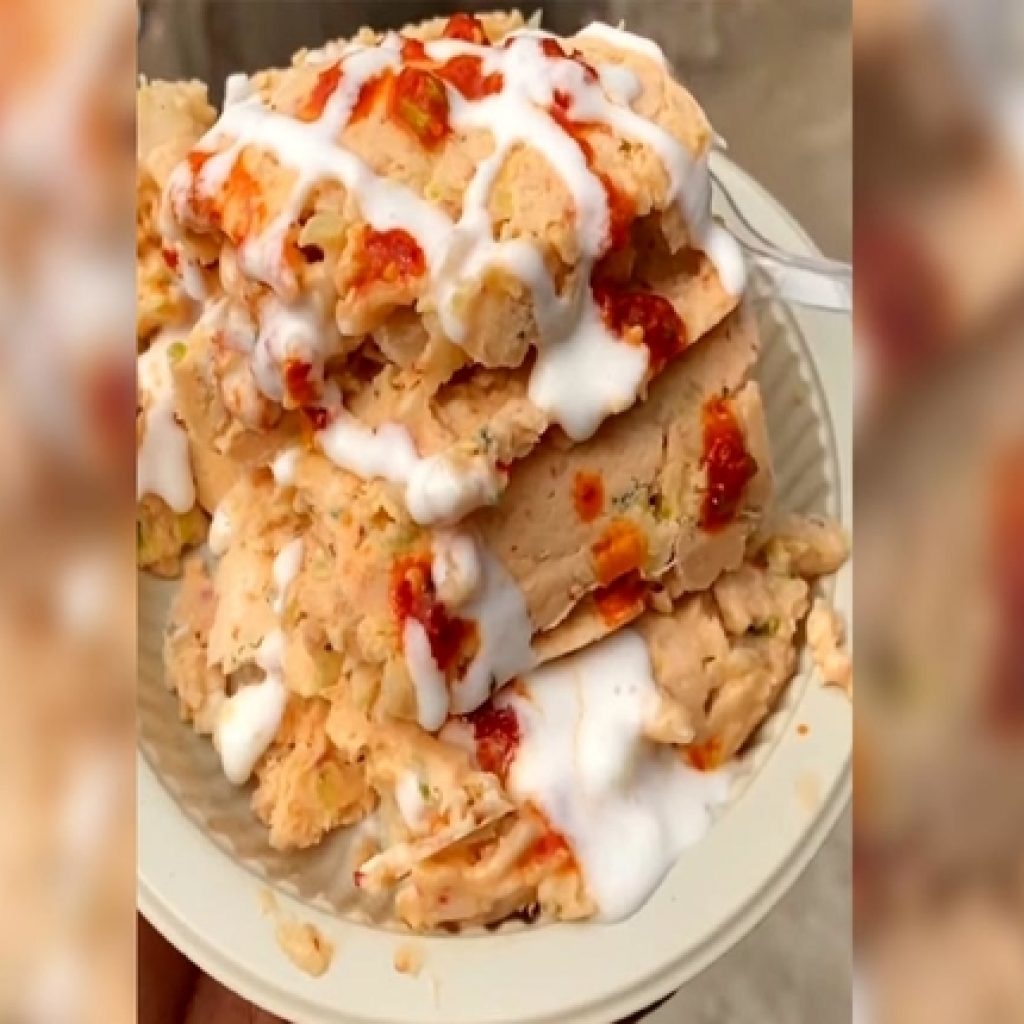
New Delhi [India], January 19 (ANI): After the viral masala dosa-ice cream trend that left netizens disgusted, the internet has a new bizarre food recipe

New Delhi [India], January 10 (ANI): Foraging food started as a vogue some ten years back–a push back to proliferating globalization and homogenization of food.
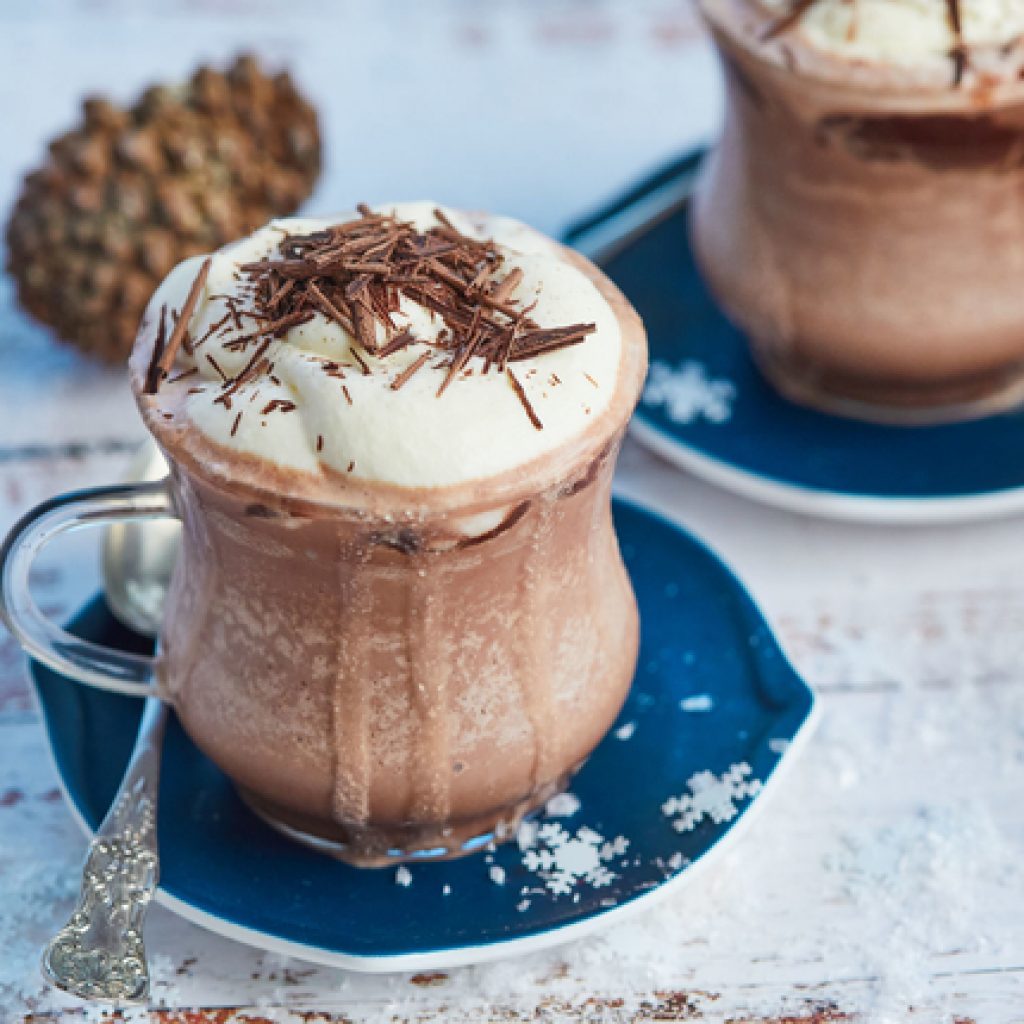
Who doesn’t like chocolate? On a winter evening, there is nothing better than sitting back with a cup of hot chocolate and be comforted by